- ~ Home
- ~ Vía de la Plata (The Silver Way)
- Salamanca
Jump to Vía de la Plata Stages
Salamanca
~ A Spanish Historic, University Town and the Beginning of the Camino Fonseca (Vía de la Plata)
Disclosure: the PilgrimageTraveler.com is an associate of Booking.com, Roamless, and Amazon. As associates of these merchants, we earn from qualifying purchases from our links.
Salamanca is a wonderful town, famous for establishing the very first university in Spain in the early 13th century. It is full of amazing history, art and architecture, for which you could spend many days exploring.
In the words of Miguel de Unamuno, a famous Salamancan, he describes the city as follows:
"Es una fiesta para los ojos y para el espírituVer la ciudad como poso del cielo en la tierra de las aguas del Tormes."
"It’s a feast for the eyes and soul
To see the city as a place of heaven in the land of the waters of the Tormes."
~ Miguel de Unamuno, Turn of the century Spanish essayist, novelist, poet, playwright, philosopher, professor of Greek and Classics, and later rector at the University of Salamanca
🙋♀️ Why Trust Us at the Pilgrimage Traveler?

We’re not a travel agency ~ we’re fellow pilgrims! (See About Us)
We've trekked Pilgrimage Routes Across Europe since 2014!
💬 We’ve:
- Gotten lost so you don’t have to. 😉
- Followed waymarks in the glowing sunlight, the pouring rain and by moonlight. ☀️🌧️🌙
- Slept in albergues, hostels & casa rurals. Ate and drank in cafés along the way. 🛌 😴
- Created comprehensive and downloadable GPS maps and eBook Guides, full of must-have information based on real pilgrimage travels. 🧭 🗺️
- Shared our complete journeys, step by step to help YOU plan your ultimate pilgrimage and walk with your own Heart and Soul. 💙✨
Every detail is from our own experiences. Just fellow pilgrims sharing the Way. We have added a touch of spirituality, heartfelt insights and practical guidance from the road ~ offering a genuine connection to the spirit of pilgrimage. Tap into the wisdom of seasoned pilgrims!
Ultreia and Safe Pilgrimage Travels, Caminante! 💫 💚 🤍
Accommodation in Salamanca
For us, Salamanca was at the end of our Camino Teresiano and the beginning of our Camino Fonseca on the Camino de Santiago. The Camino Fonseca is a special name for the Vía de la Plata from Salamanca to Santiago de Compostela, named after Don Alonso de Fonseca y Acevedo III, a 16th century Archbishop of Santiago de Compostela. He also established colleges in both Salamanca and Santiago and is famous in both towns.
If you are looking for accommodation in Salamanca, click here. There are many, many choices of places to stay, including the donativo Albergue de Peregrinos, Casa la Calera if you are a pilgrim and have a credential. We stayed at the Apartamentos Gran Vía, which was very economical for our party of four.
There are two other private albergues, including the Albergue Revolutum Hostel, steps from the cathedral and the Albergue Juvenil Salamanca, also close to the center. There are many inexpensive hostals, if you click on the Salamanca booking.com link to check out the current deals.
The Cathedral Complex
Below is a photo of our first grand look at the Cathedral Complex as we walked into town along the Río Tormes, on the Camino Natural Via de la Plata, and eventually where we joined the Vía de la Plata by the Roman bridge. It was a fantastic sight, even on this cloudy afternoon.
The Cathedral Complex dominates the skyline and it is fitting to show you photos of it first on a tour of this amazing town. Here I am as we entered the town from the south, via the pedestrian way on the old Roman bridge. The cathedral you can see behind me.
We arrived in the afternoon and shot photos of the Western façade and door of the New Cathedral as the late afternoon sun broke through the clouds and lit it up. The intricacy of the carvings from this era were wonderful in the sunlight.
There are two cathedrals in the complex, side-by-side, the new and the old. Fortunately, the builders of the Catedral Nueva found it appropriate to build it right next to the old, sharing a wall and preserving the amazing Catedral Vieja which is now a museum.
Here is the New Cathedral side at night, a wondrous sight indeed.
👣 Camino Sanabrés EBook:
Offline Guide with Bonus Route
~ Includes 4-5 additional days on the Vía de la Plata from Salamanca!
Walk smarter with our ad-free, beautifully formatted Camino Sanabrés eBook Guide, perfect for offline use ~ important in the mountainous and remote areas. Includes daily stage details, stunning photos, historical background and a BONUS digital guide on the Vía de la Plata from Salamanca, called the Camino Fonseca. This allows you the opportunity to add 4-5 more days to your Camino in the beginning.
Don't carry a hard copy guide book to increase your pack weight. Use our frequently updated digital guide on your next Camino instead!
📲 Instant download. 💸 Money-back guarantee. 🔄 Free updates for 1 year.
👉 Click here for more info or BUY NOW!
Jump to Vía de la Plata Stages
Salamanca Environs
We did not tour the cathedral until the following day, but instead walked around in the late afternoon to see some of the other wonders of Salamanca. We wanted to save the cathedral for the next full day when we had more time to linger.
We first visited the small and insignificant Church of Santiago, built in the 12th century in the Romanesque style. It can be seen immediately at the end of the Roman bridge, if you are walking into the city from the south on the Vía de la Plata, pictured next. Unfortunately it was remodeled, but its history and original form were not preserved. The plaza in front of it is being used as a skate park.
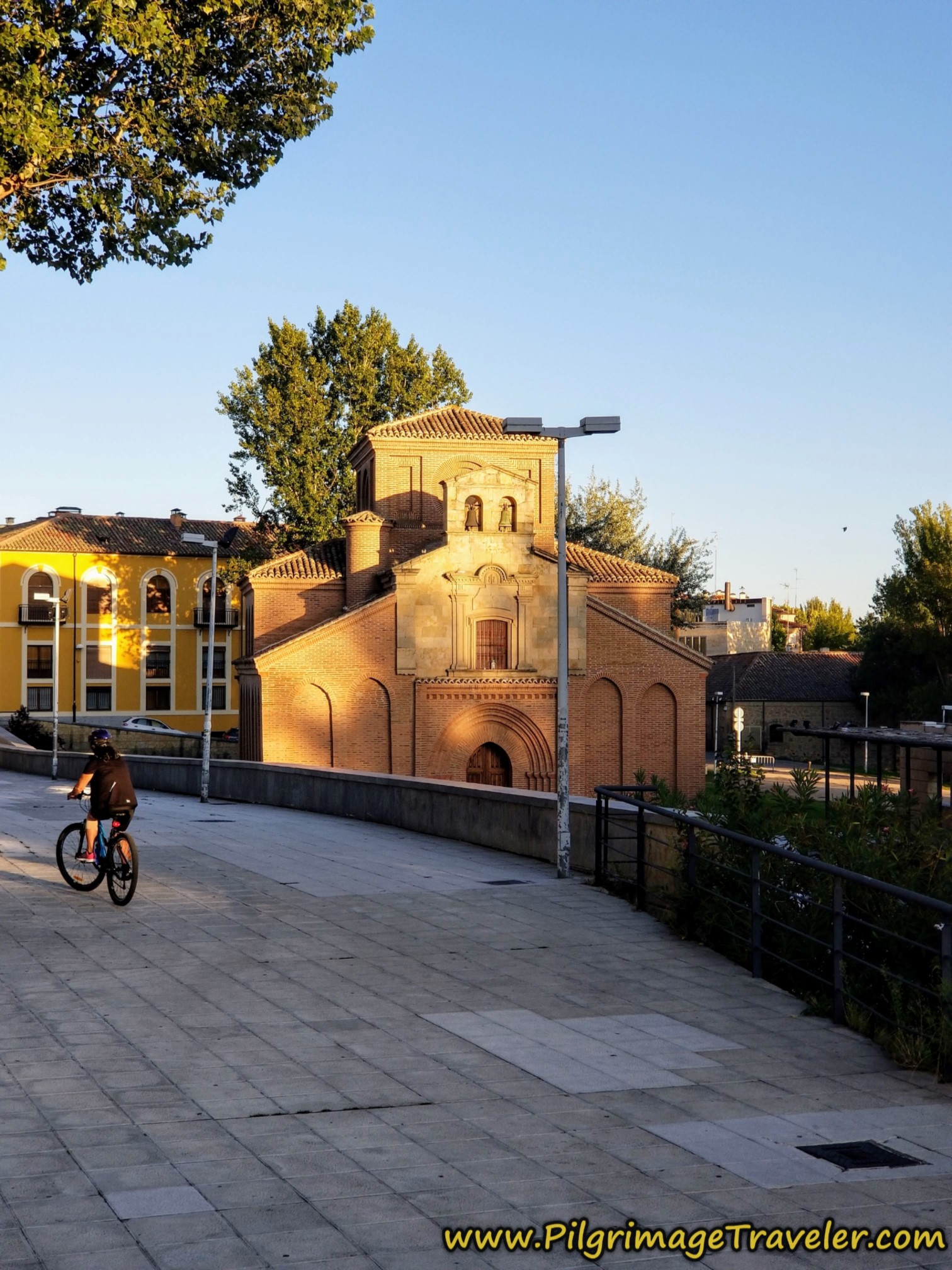 Iglesia de Santiago de Salamanca
Iglesia de Santiago de SalamancaHere is another shot of the Roman bridge. It is the southern gateway to the center of Salamanca, originally built in the 1st century with embellishments and improvements up to and including the 17th century. If you are not walking into the city on the Vía de la Plata, you still must see this bridge! It is a lovely pedestrian way.
From the Roman bridge we walked along the river on the north side, to see sections of the old Roman wall. The glass-windowed structure above the wall, is the interesting looking Casa Lis Art Deco Museum. While seeing this museum was not our priority, if you wish to see it, you access it on its north side. If you are on the Vía de la Plata, you will walk right by it on the way to the Albergue de Peregrinos Casa la Calera.
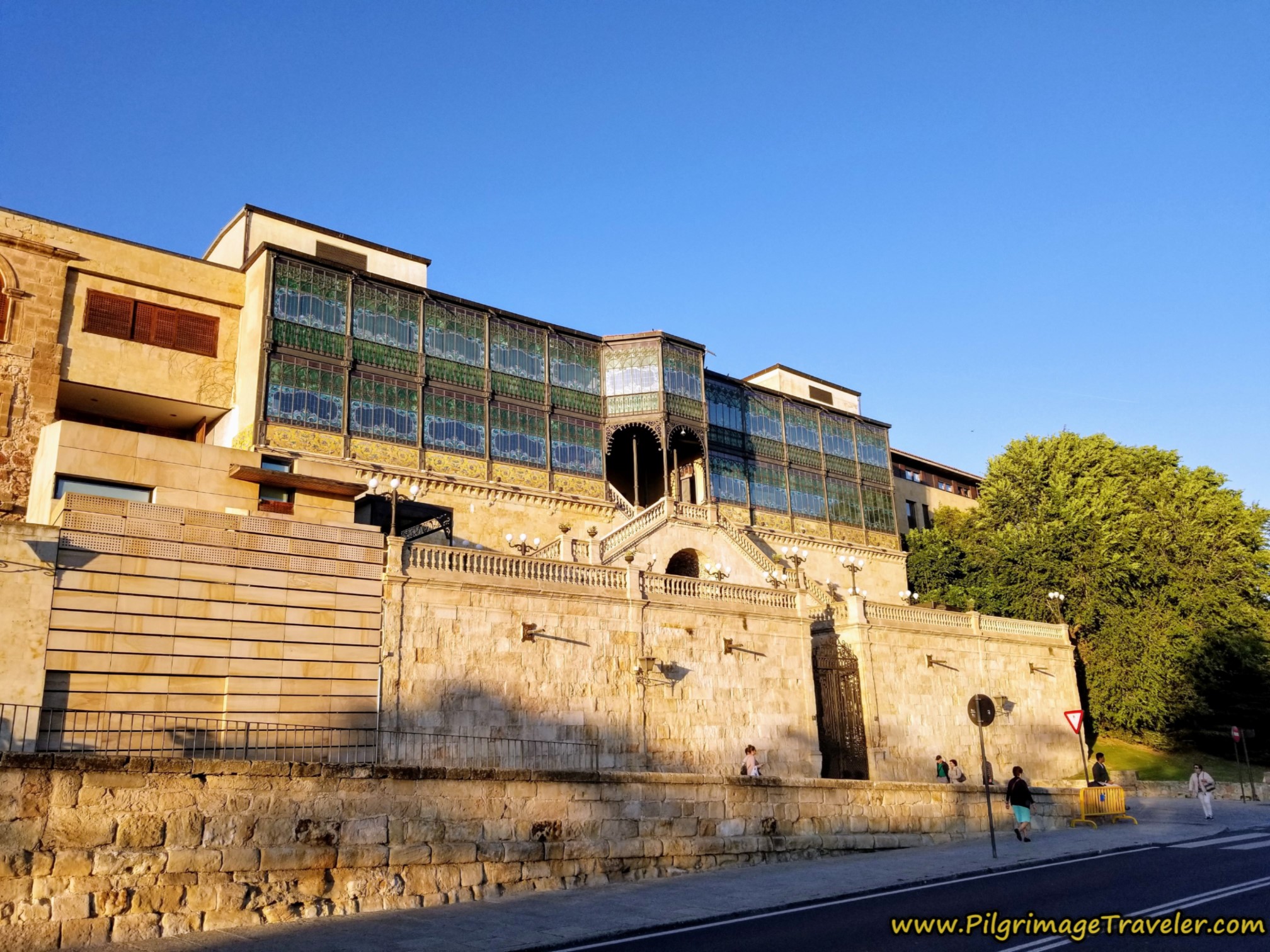 Casa Lis Art Deco Museum
Casa Lis Art Deco MuseumJust beyond the Art Deco Museum are fantastic sections of the Roman wall, pictured next. You can see the lookout on the top of the wall, the fenced-in area. If you are staying in the donativo albergue, this lookout is just to the east, accessed through a lovely, walled, orchard garden, called the Huerto de Calixto y Melibea.
We actually did walk through this garden, and to the lookout on top. Here is the Roman wall from the garden lookout viewpoint. The garden is a bit of paradise in the middle of the city.
Continuing our late afternoon walk around the wall, to the east of the cathedral complex we came to the Plaza del Concilio de Trento and the pedestrian bridge to the Convento de San Esteban, shown below. The 13th century Dominican convent is open to the public, so click on the link for visiting hours and more information. The scene above the door of the church depicts the martyrdom of St. Stephen.
The following morning, when we walked toward the cathedral complex, from the north, we took the Calle Palominos, and behold, this lovely view of the Iglesia de la Clerecía came into view. I had to snap a photo in the early morning light!
Part of the University of Salamanca complex, the Iglesia de la Clerecía, shown below, is a historic Baroque church in which you can climb its bell towers for sweeping views of the city.
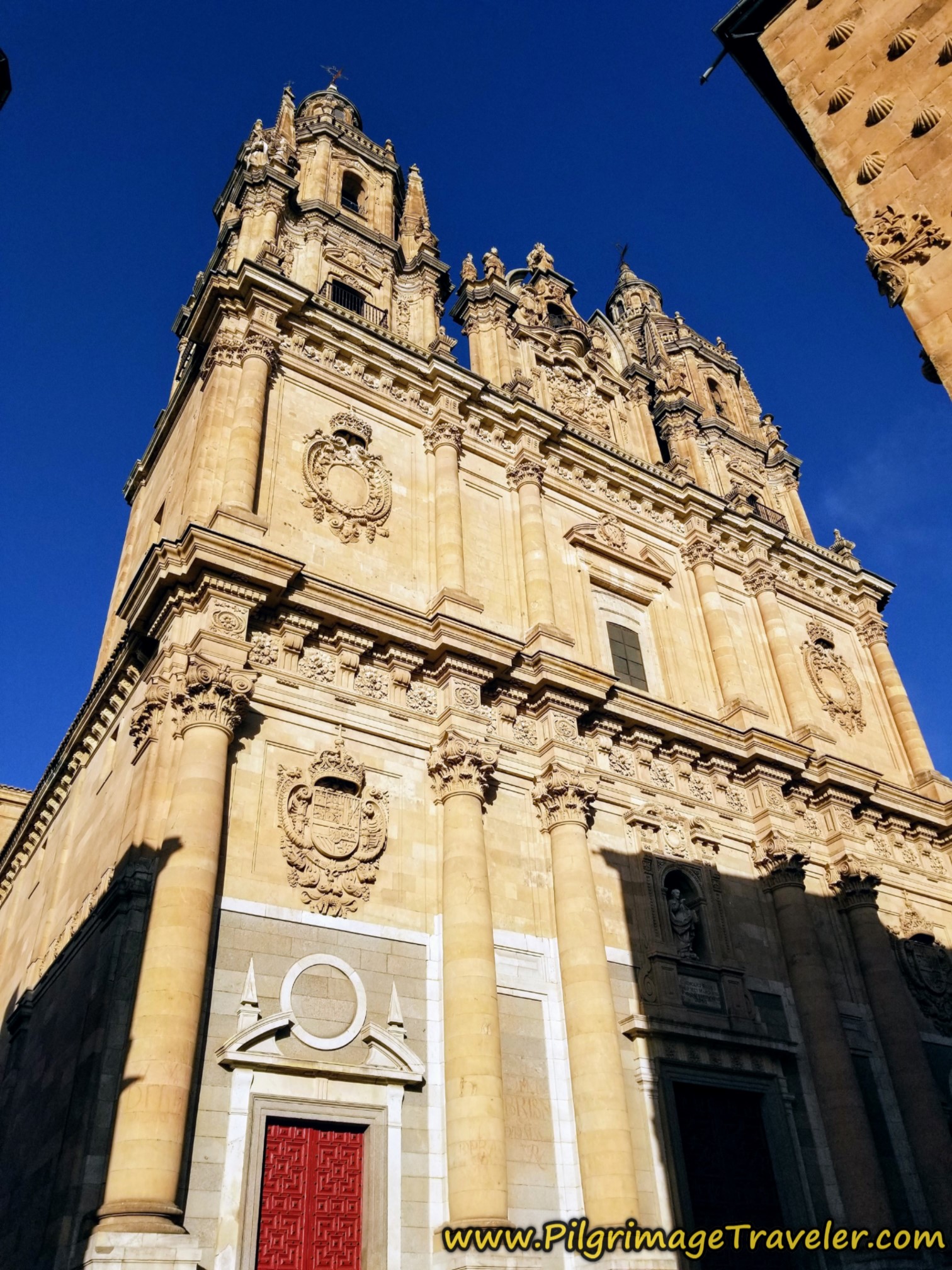 Iglesia de la Clerecía
Iglesia de la ClerecíaJust across the street from the church is the famous Casa de las Conchas, below. It is a palace built in the 15th century in the Gothic, Mudejar and Renaissance styles, and is unique in that it is covered in more than 300 shells. Whether the builder was a Camino de Santiago lover, or paying tribute to his greatest love whose family's symbol of nobility bore the scallop shell, no one will ever know for sure. You can indeed see its uniqueness!
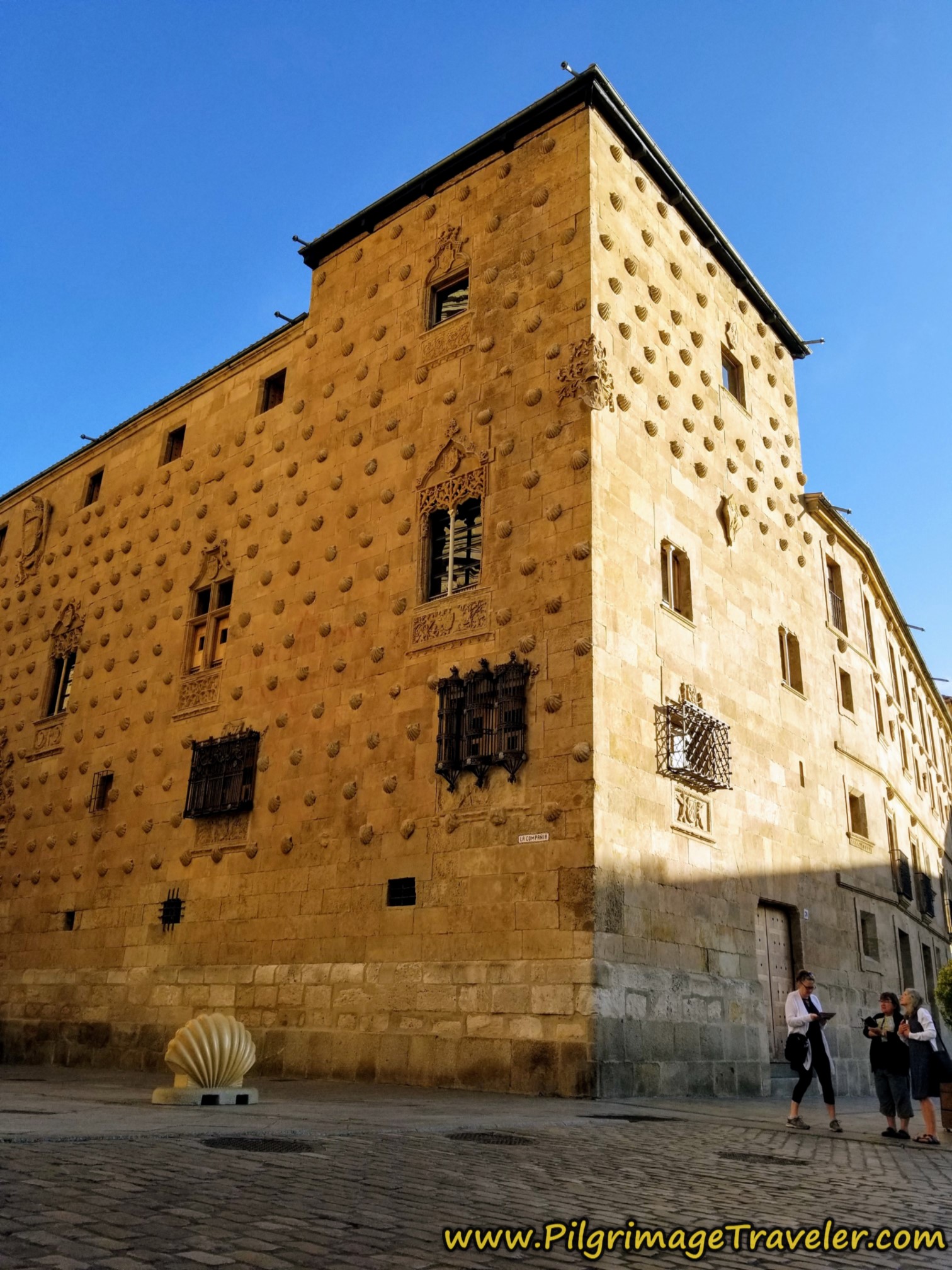 Casa de las Conchas
Casa de las ConchasThe House of Shells is now the home of the Salamanca public library. The inner courtyard is the main attraction and the view from the second story. As you circumnavigate the courtyard, the towers of the Iglesia de la Clerecía dominate the view, shown below. You may also be able to see the tops of the columns in the photo, lined with gargoyles.
You can click on the official link for the library, the Biblioteca Pública de Salamanca, for opening hours if you want to see this upper story courtyard view and to see the inside of what once was a 15th century palace.
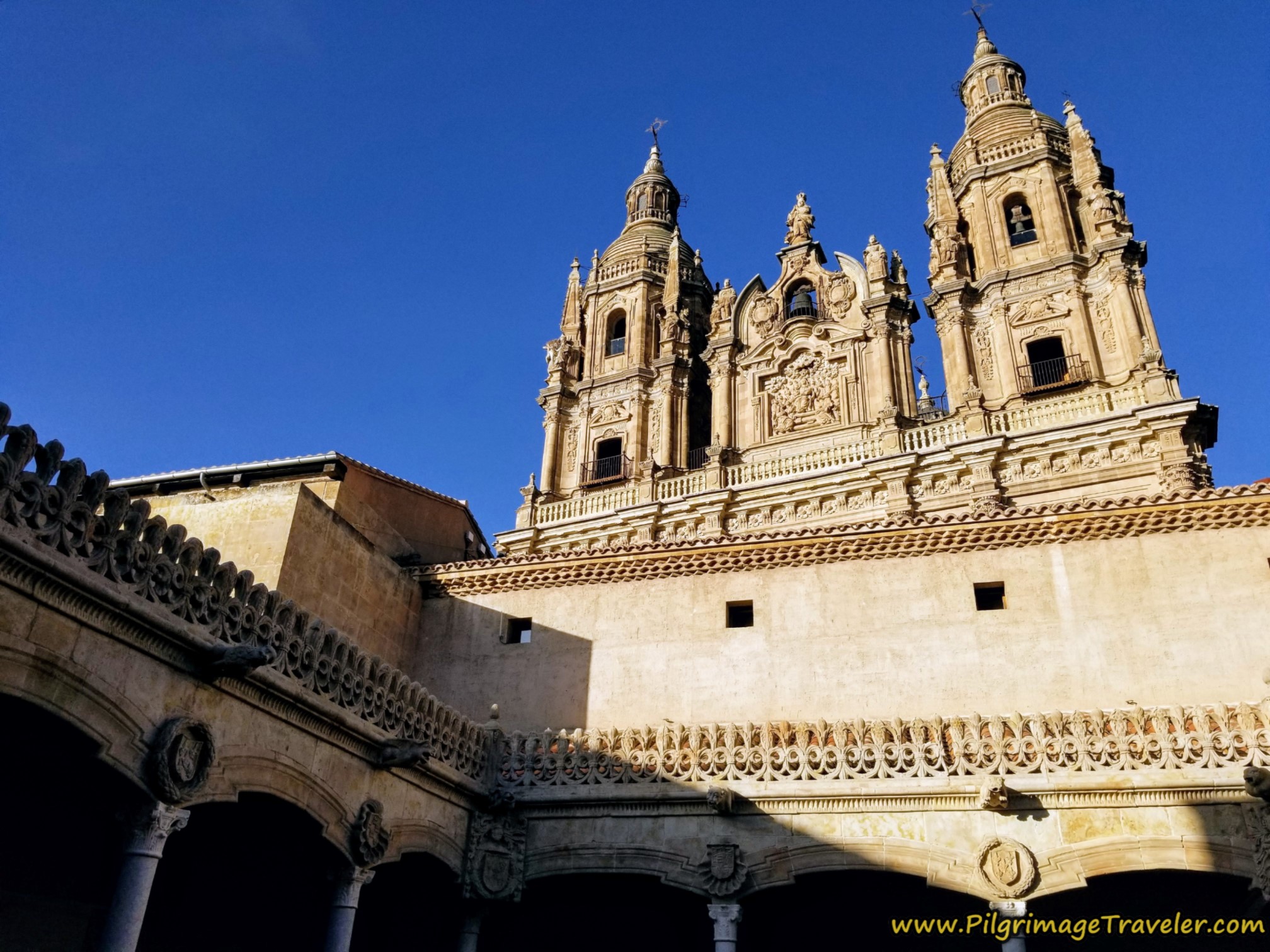 View of the Torres de la Clerecía From the Public Library Courtyard
View of the Torres de la Clerecía From the Public Library CourtyardThe best view of the towers of the church, the Torres de la Clerecía, is shown in close-up in this next photo.
Jump to Vía de la Plata Stages
Nueva Catedral de Salamanca
Immediately after visiting the public library, we went on to the New Cathedral. For much information including visiting hours of the cathedral complex, click here.
The Catedral Nueva was built from 1513 to 1765, over more than two centuries and it is an architectural marvel. The next photos that I took of the new cathedral were taken from this upper catwalk shown below. In my opinion, this was the most impressive viewing area to gape at its wonders. Be sure to find this catwalk and take a stroll along it! I was grateful it was allowed.
Here is the central nave, overlooking the choir and to the main altar.
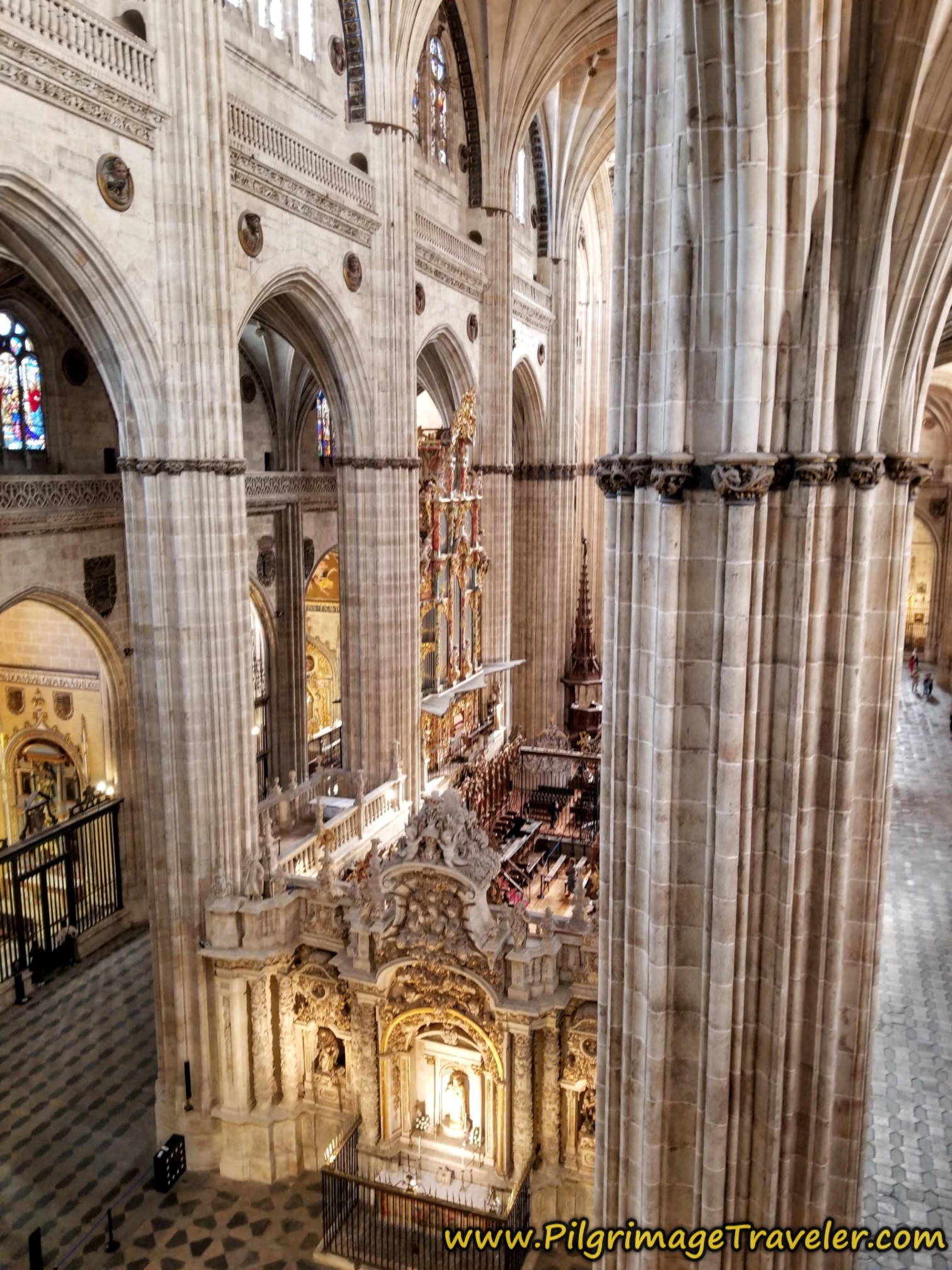 New Cathedral Choir from the Catwalk
New Cathedral Choir from the Catwalk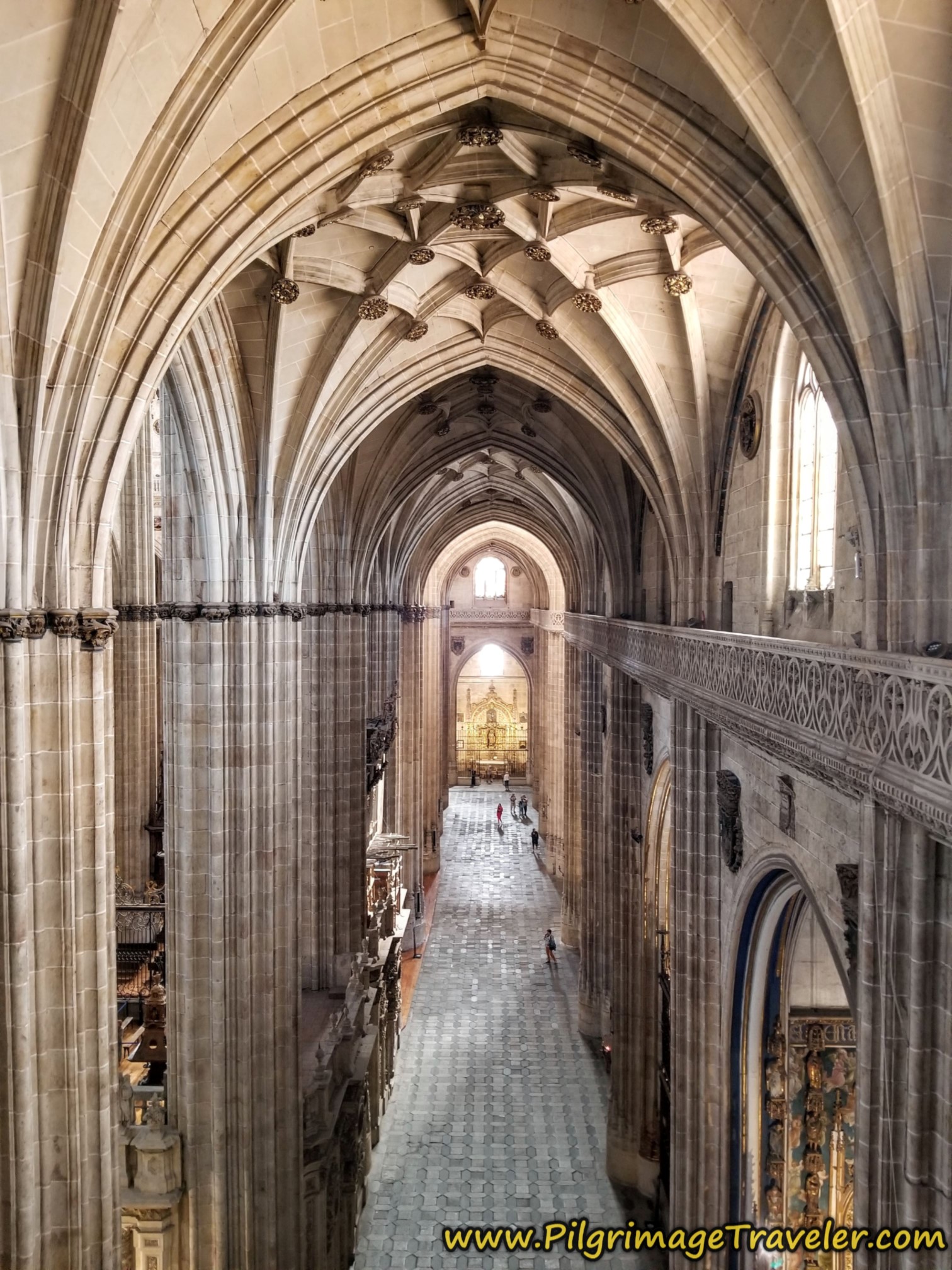 Side Aisle from the Catwalk
Side Aisle from the CatwalkThe photos to follow were taken from the cathedral ground floor. Below is a ground floor view of the same choir.
When you stand below the central dome, pictured next, it invokes nothing but awe. My photo does not do it justice. This rotunda is in the tower that marks the central point of the two transepts of the new cathedral. It is the prominent round tower you see from the outside.
In my opinion, the main altar was not all that impressive, below, in comparison to the overall grandeur of the rest of the cathedral. And next, is the gigantic organ which was impressive.
As expected, along the side aisles are many altars. Here are two that grabbed my attention. First, is one to both Santiago, on the top of the altarpiece, important to my Camino de Santiago, and on the bottom, St. Teresa, important to my Camino Teresiano.
In the second photo is the chapel to Our Lady of Sorrows. She was a beautiful image to me.
Jump to Vía de la Plata Stages
Catedral Vieja de Salamanca y Museo
Traveling onward within the cathedral complex, a doorway to the back of the new cathedral connects to the Catedral Vieja, or old cathedral. Here is the central nave, as it appears when you enter this place. In my opinion, I enjoyed the old cathedral more, as it is in a much more intimate setting.
The old cathedral was built during the 12th and 13th centuries in a simple basilica plan, with three naves and a transept. Here is the central nave.
The altar is amazing. The apse houses a large display of 53 tableaux, depicting the life of Jesus and the Virgin Mary. A fresco of the Final Judgment can be seen above the tableaux. This fresco is famous and is depicted in most literature of the Catedral Vieja. I wish I had a close-up of it, but if you click on the cathedral link, you will see a close-up of it, as well as individual tableaus.
Below, is a close-up of the Gothic-style vaulting of the old cathedral.
After touring the interior of the Catedral Vieja, we continued on to the cloister, pictured next. The main rotunda of the Catedral Nueva can be seen.
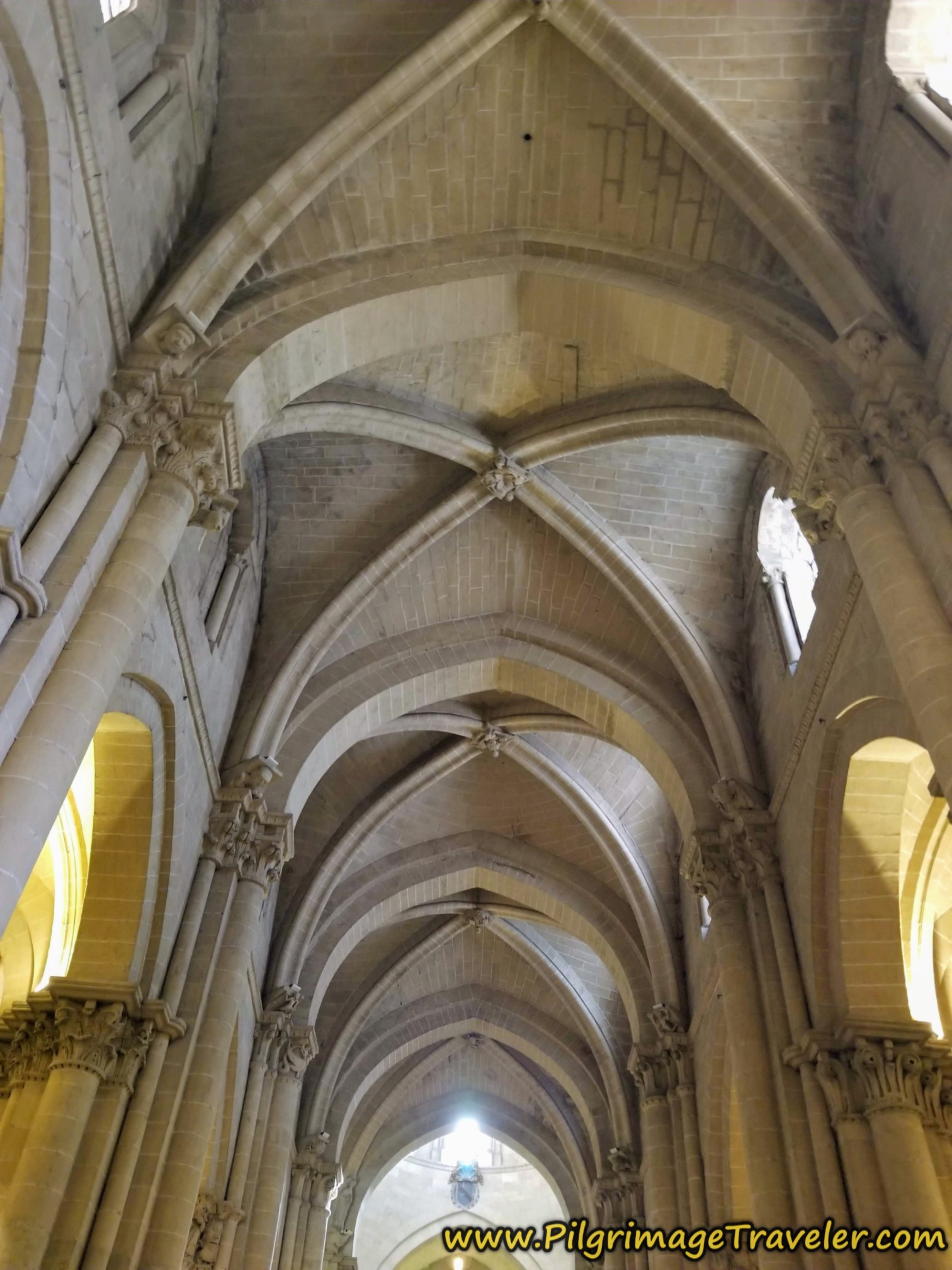 Vaulting of Central Nave, Old Cathedral
Vaulting of Central Nave, Old Cathedral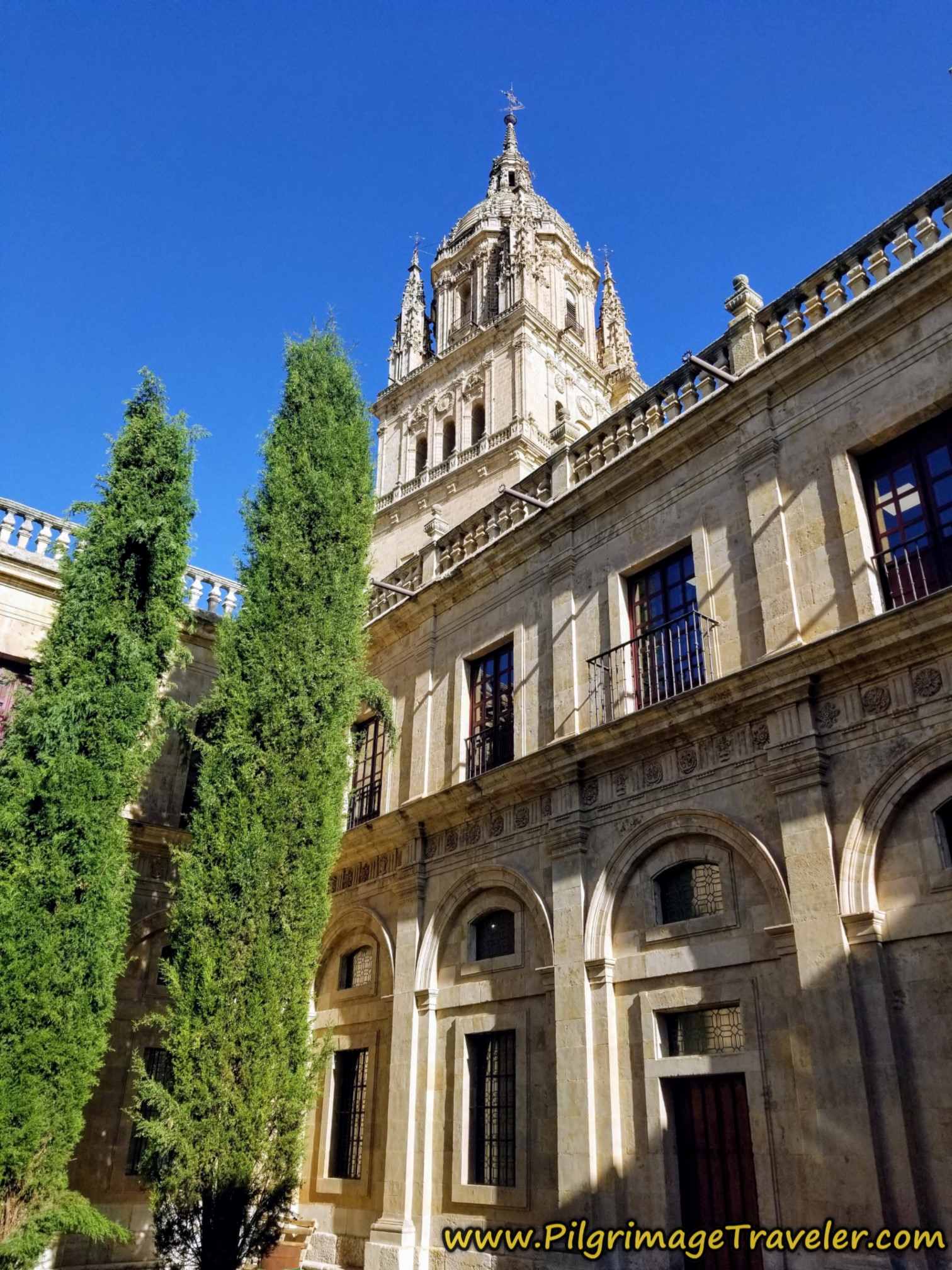 Cloister, Old Cathedral
Cloister, Old CathedralNext we entered the interior chapter houses and its many rooms and chapels. Many were under renovation when we visited. I suppose this is a reason to return!
One of the first images to greet us was no other than Santiago Apostol on the Camino de Santiago, shown below!
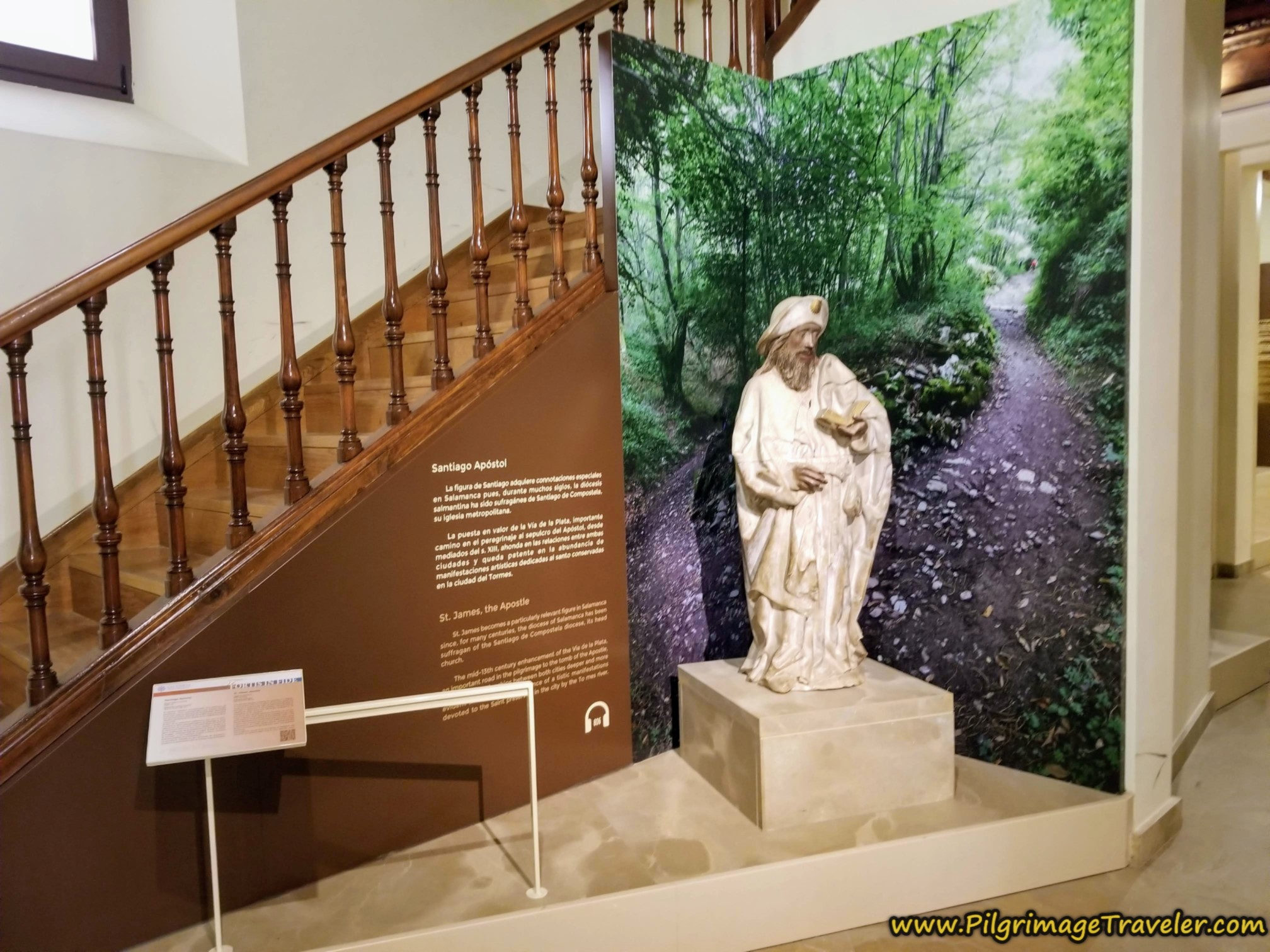 Old Cathedral Museum, Santiago Apostol
Old Cathedral Museum, Santiago ApostolI was intrigued by his darker-looking skin, and could find no explanation for this. An image of this sculpture is on the cover of the credential that we received at the municipal albergue in Salamanca, so it was extra special for me. I recognized it immediately.
Just beware that the Pilgrim's Office in Santiago de Compostela did not like this credential, which according to them was not official. If you are on the Camino de Santiago and you want a Compostela, do not rely on this one. They did, however, give me the Compostela and told me I should have known better!
Walking within the cloister chapter rooms, we came to this 16th century altarpiece, the Virgen de la Leche, or the Nursing Madonna, below. I found this retablo to be very, very unusual. Apparently it wasn't until the very century it was created that these types of images were deemed disrespectful by the church. Prior to this decree breastfeeding images were frequent and popular. I didn't know. Interesting!
Pictured next is what may be the oldest organ in Europe, according to its placard.
Jump to Vía de la Plata Stages
Ieronimus Tower and Rooftop Tour
After concluding our visit to the cathedrals and the museum, we definitely wanted to see the bell tower, called the Ieronimus Tower. In the photo below, I show the entrance to the tower, outside and separate from the cathedral entrance and on the southwest corner.
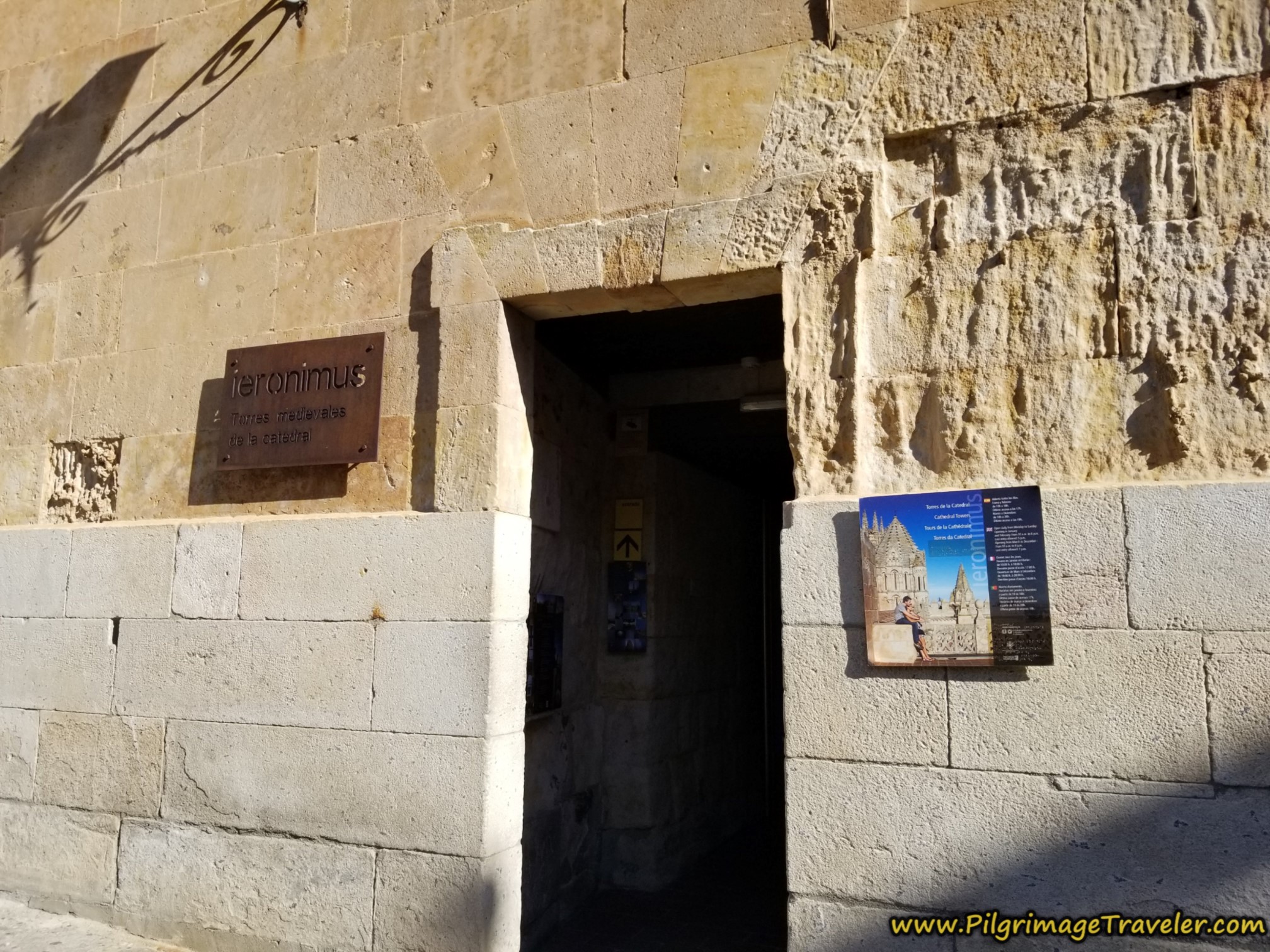 Ieronimos Tower Entrance
Ieronimos Tower EntranceThe Ieronimus bell tower was originally built for the old cathedral, and kept to service the new with later improvements. It contains a bell room and a clock. When you climb up to the rooftop, you get many spectacular views of the tower, this one from the catwalk on the old cathedral side.
Our first task was to climb all the way up to the bell room of the tower. Here is Rich, of course, ringing one of the bells, which is surprisingly allowed. From this room, the views are phenomenal, but I did not include any photos which had to be taken through glass and which did not turn out all that well.
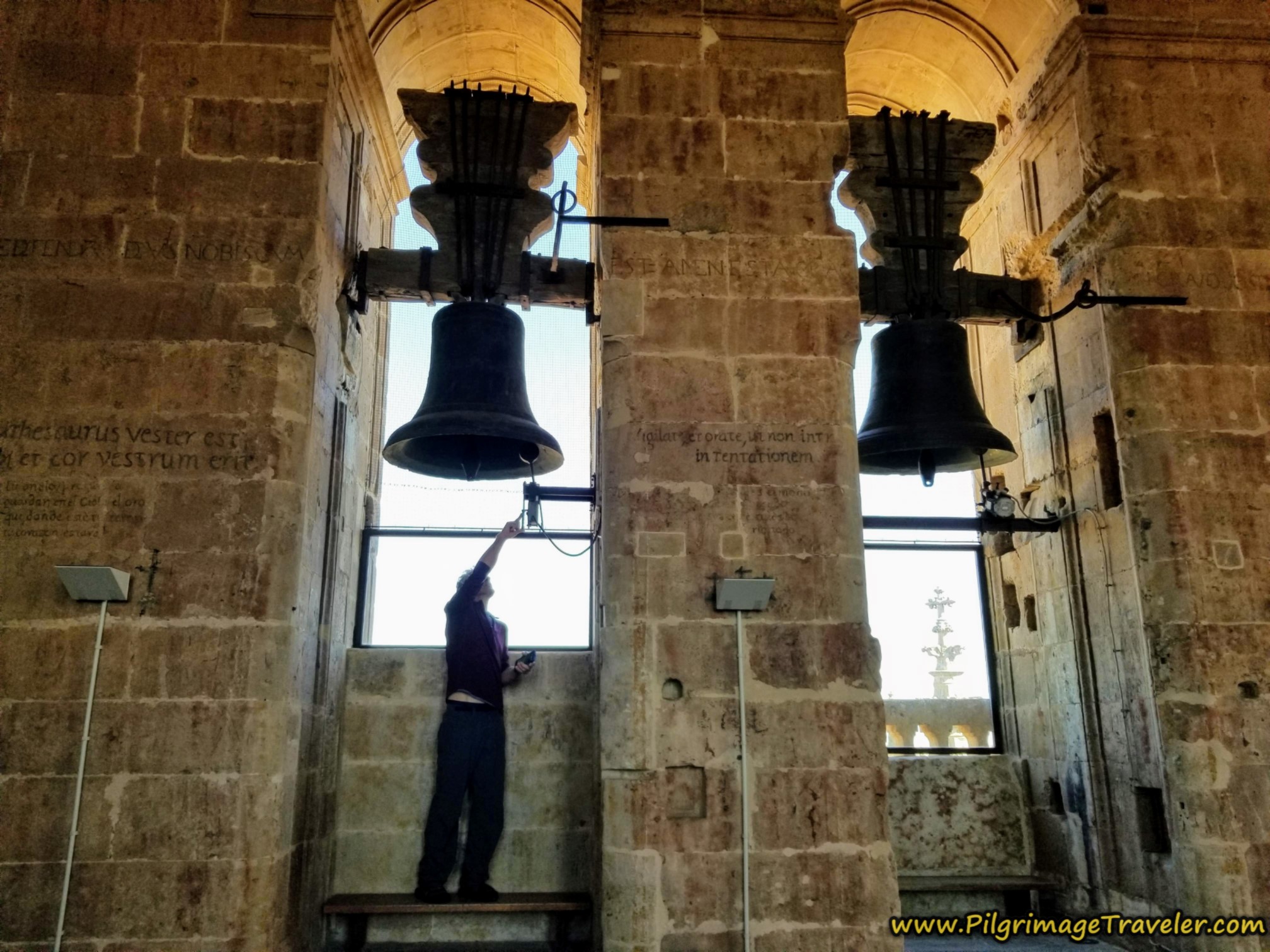 Rich Ringing the Bell, Inside the Bell Tower, Old Cathedral
Rich Ringing the Bell, Inside the Bell Tower, Old CathedralInstead, I included these photos from the first level, between the Catedral Nueva, shown here, with the rotunda tower in the middle of the photo, and the Catedral Vieja, with its "Rooster Tower," the Torre de Gallo, just discernible at the top of the tower on the far right.
When I walked out as far as I could between the two towers of the old and new cathedrals, I could photograph this Torre de Gallo closer-up. Unfortunately I did not capture the rooster at the tippy top!
From the same spot where I was standing for the above photo, I took this smaller tower photo, with the Torre de Gallo on the right and amazing views to the south of Salamanca and the Río Tormes to the left.
We followed the catwalk all the way to the northern end of the New Cathedral, to look out over the Plaza de Anaya (where the main entrance to the cathedral is located) and a view to these university buildings, the Iglesia de San Sebastián and the Colegio Mayor de Anaya.
Also from this locale, you get a rooftop view of the Iglesia de la Clerecía, shown below.
According to the placards on the rooftop, you can see all the way to the Plaza Mayor, the main plaza of Salamanca. It is the little hump on the skyline to the right side of the photo below.
Also from the new cathedral rooftop catwalk, you get an up close and personal view of the late Gothic buttresses. If you love cathedrals, this is your tour!
I loved the up close look at the intricate carvings on the New Cathedral smaller towers as well. It is a feast for the eyes.
University of Salamanca
Since we spent so much time in the cathedrals of Salamanca, our time became limited to seeing any University buildings. Besides, one can only take in so much at a time!
We did go into the main University square, just across from the cathedral, the Escuelas Mayores de Salamanca, shown first. Here is the façade where the incoming freshmen get to find the infamous and tiny "Salamanca frog" carving. Trust me, it isn't easy to find! You cannot see it in the photo.
Within this main University square is the statue of Fray Luis de León, shown next, a famous 16th century Spanish friar, poet, theologian and academic.
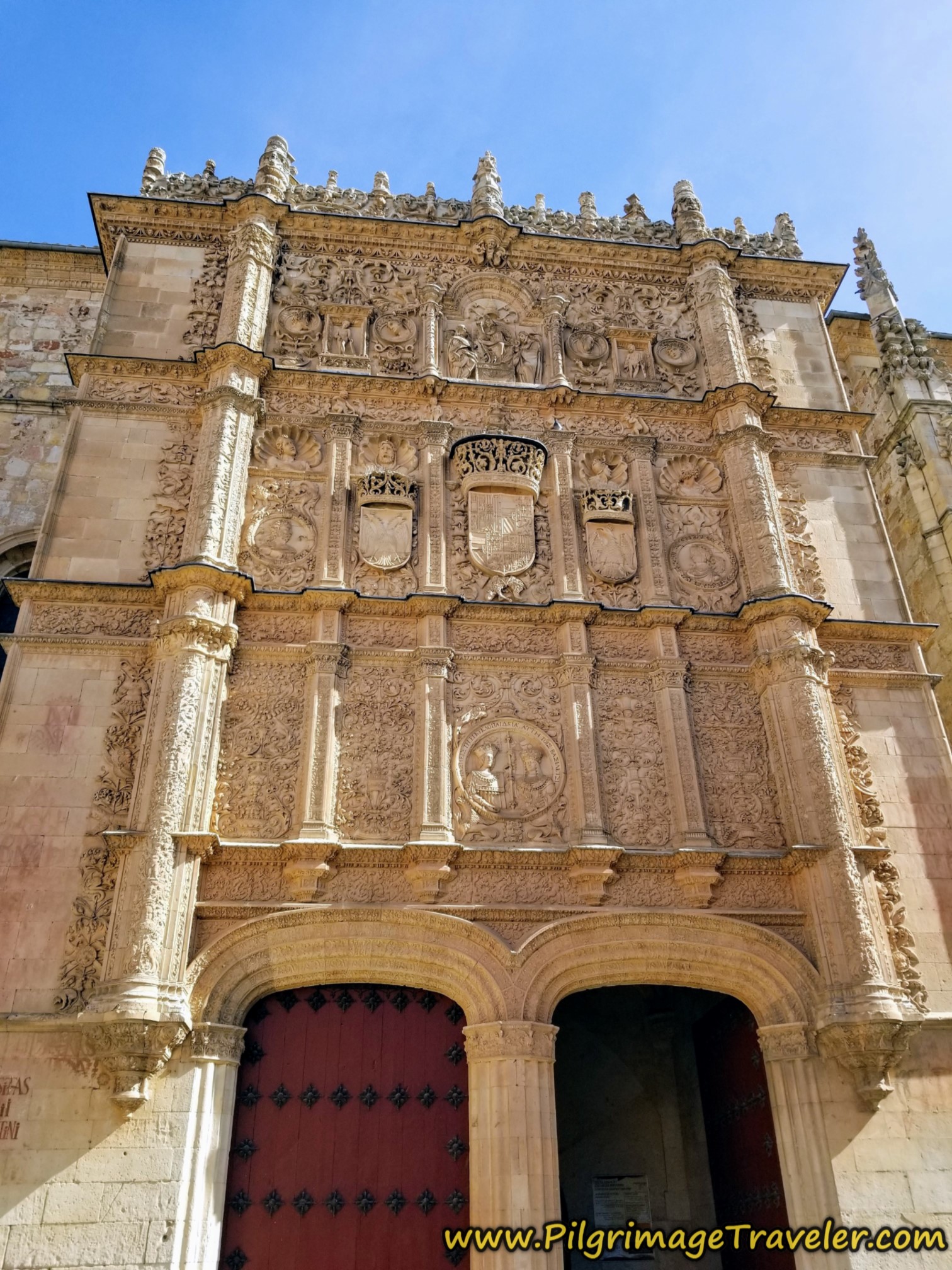 Escuela Mayores de la Universidad de Salamanca
Escuela Mayores de la Universidad de Salamanca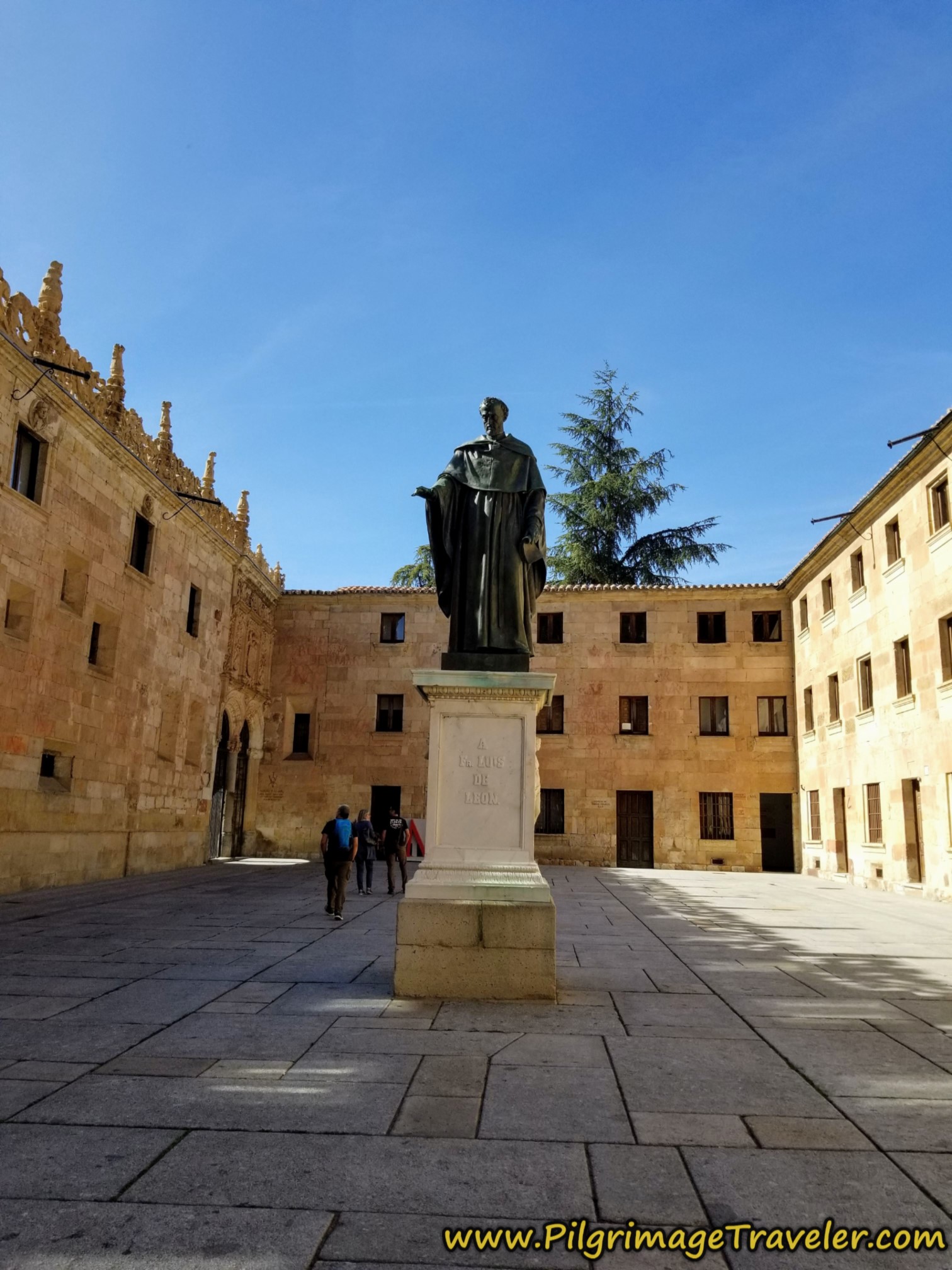 Statue Fray Luis de León
Statue Fray Luis de LeónThere are several museums within the main square, the Museo de Salamanca, which includes archaeological and ethnographic collections and the Asociación de Casas-Museo y Fundaciones de Escritores, which is dedicated to museums and writers, and the Unamuno House Museum, the author of the opening quote. Click on the links for more information.
From the main university square you can access the lesser square through an archway in the far corner, the Escuelas Menores de la Universidad de Salamanca, shown below. This square, built in the 15th century, now serves as a museum. It is within this plaza, on the far side that the famous 15th century mural is located, El Cielo de Salamanca, not pictured. It was too dark inside for me to photograph without special equipment.
Entrance to see this celestial mural, completed in the 15th century, is free and is a must-see. This mural represents a more progressive Renaissance way of thinking, transitioning from astrology to astronomy, and the secular enlightenment that it entailed.
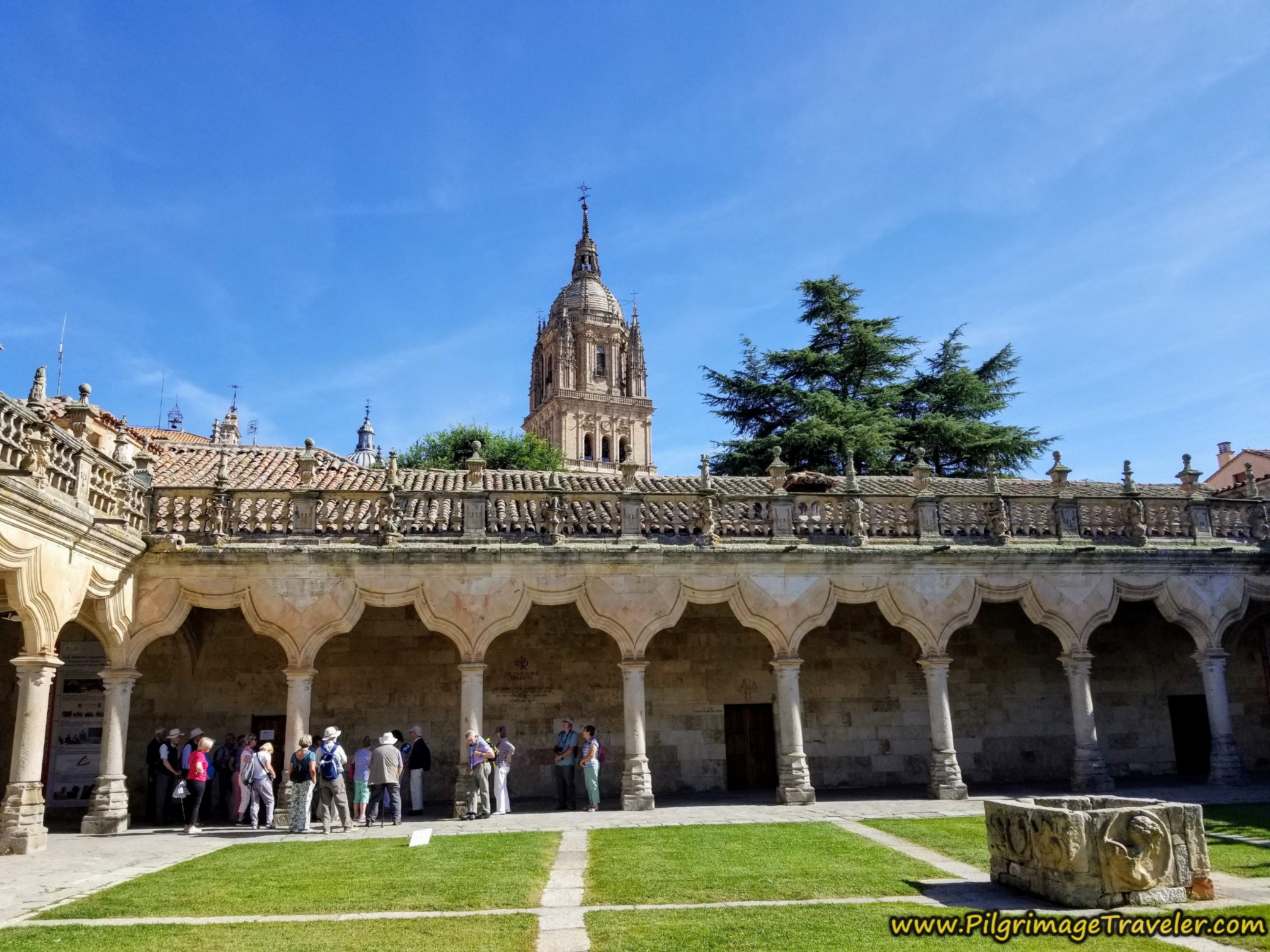 Courtyard, Escuela Menores de la Universidad de Salamanca
Courtyard, Escuela Menores de la Universidad de SalamancaPlaza Mayor
North of the Grand Cathedral Complex, a short 1/2 kilometer walk brings you to the Plaza Mayor. This is the grand central square of Salamanca with buildings on all four sides, and arched entryways from all directions. Surprisingly, there is no central focal point like a statue of a famous person, or a fountain.
You can actually walk from the Casa de las Conchas, and the large street shell (see next photo) along the Camino de Santiago to the Plaza. This walkway is where the Vía de la Plata comes through the city, and walks north to the Plaza Mayor. The Camino goes through the square and leaves it through the main archway, in the center of the building shown here, as it heads northward.
Official Start of the Camino Fonseca on the Vía de la Plata
And finally, here is Rich and I, at the "official" start of the Camino Fonseca on the Vía de la Plata in Salamanca, in front of the House of Shells. We posed for this photo the evening before our departure on the Camino de Santiago. We had planned a walk from Salamanca to Santiago de Compostela, along the VdlP and the Camino Sanabrés over the coming weeks. And yes, we completed the journey! (Click on the link to read more about it). We were all smiles before our departure.
Salutation
May you find Salamanca a feast for your eyes and soul, as you walk your own Camino! May it be indeed, your little slice of heaven by the waters of the Tormes!
Camino Fonseca Stages
~ Vía de la Plata Stages from Salamanca
~ Camino Sanabrés Stages
Please Consider Showing Your Support
Many readers contact me, Elle, to thank me for all the time and care that I have spent creating this informative website. If you have been truly blessed by my efforts, have not purchased an eBook, yet wish to contribute, I am exeedingly grateful. Thank-you!
Search This Website:
🙋♀️ Why Trust Us at the Pilgrimage Traveler?

We’re not a travel agency ~ we’re fellow pilgrims! (See About Us)
We've trekked Pilgrimage Routes Across Europe since 2014!
💬 We’ve:
- Gotten lost so you don’t have to. 😉
- Followed waymarks in the glowing sunlight, the pouring rain and by moonlight. ☀️🌧️🌙
- Slept in albergues, hostels & casa rurals. Ate and drank in cafés along the way. 🛌 😴
- Created comprehensive and downloadable GPS maps and eBook Guides, full of must-have information based on real pilgrimage travels. 🧭 🗺️
- Shared our complete journeys, step by step to help YOU plan your ultimate pilgrimage and walk with your own Heart and Soul. 💙✨
Every detail is from our own experiences. Just fellow pilgrims sharing the Way. We have added a touch of spirituality, heartfelt insights and practical guidance from the road ~ offering a genuine connection to the spirit of pilgrimage. Tap into the wisdom of seasoned pilgrims!
Ultreia and Safe Pilgrimage Travels, Caminante! 💫 💚 🤍
Follow Me on Pinterest:
Find the Pilgrimage Traveler on Facebook:
Like / Share this page on Facebook:
***All Banners, Amazon, Roamless and Booking.com links on this website are affiliate links. As an Amazon associate and a Booking.com associate, the Pilgrimage Traveler website will earn from qualifying purchases when you click on these links, at no cost to you. We sincerely thank-you as this is a pilgrim-supported website***
PS: Our eBook Guide books are of our own creation and we appreciate your purchase of those too!!
Shroud Yourself in Mystery, along the Via de Francesco!
Walk in the Footsteps of St. Francis, and Connect Deeply to the Saint and to Nature in the Marvelous Italian Countryside!
Need suggestions on what to pack for your next pilgrimage? Click Here or on the photo below!
Carbon fiber construction (not aluminum) in a trekking pole makes them ultra lightweight. We like the Z-Pole style from Black Diamond so we can hide our poles in our pack from potential thieves before getting to our albergue! There are many to choose from! (See more of our gear recommendations! )
Gregory BackPack ~ My Favorite Brand
Do not forget your quick-dry microfiber towel!
Booking.com
My absolute favorite book on how to be a pilgrim:
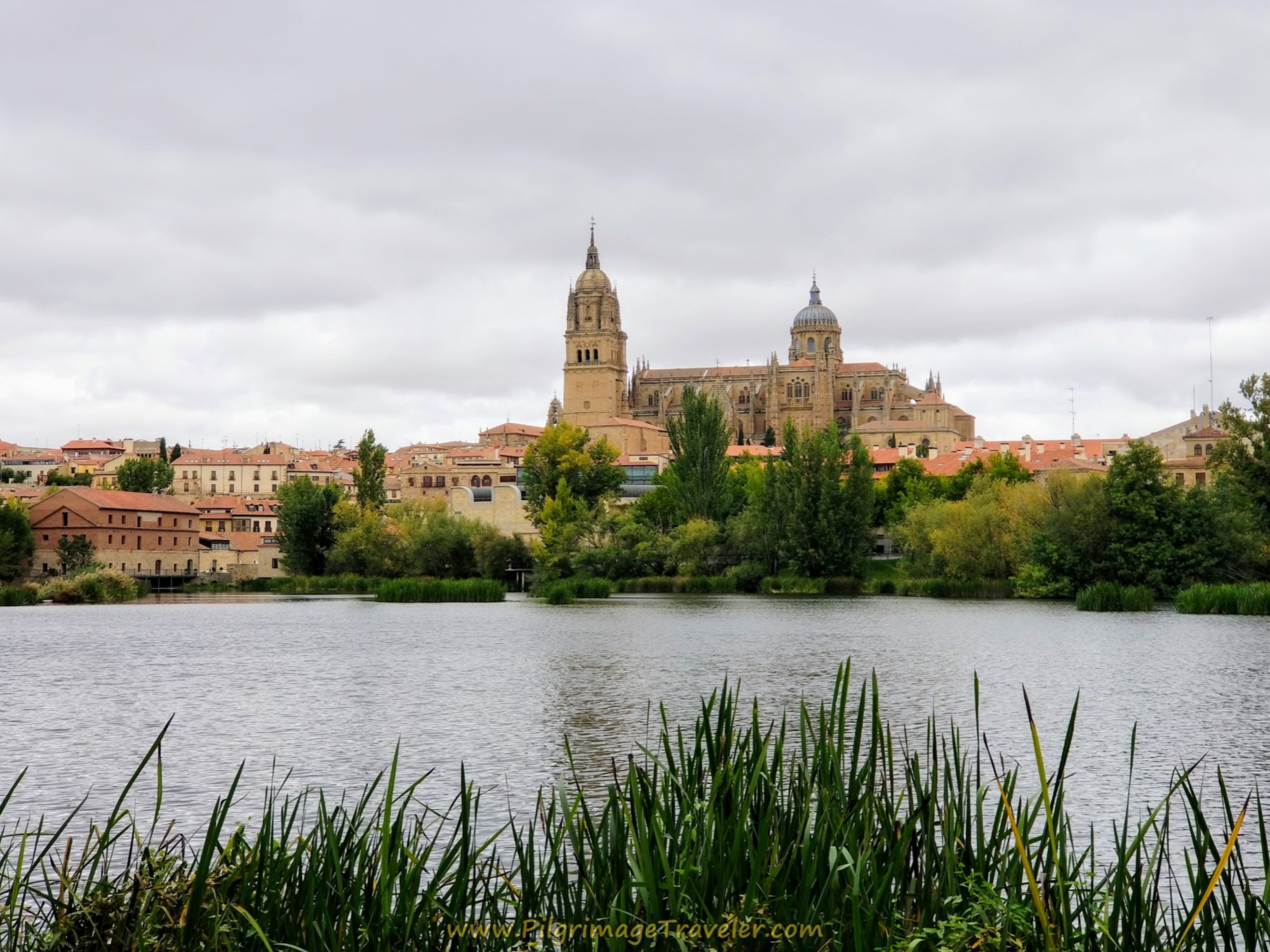
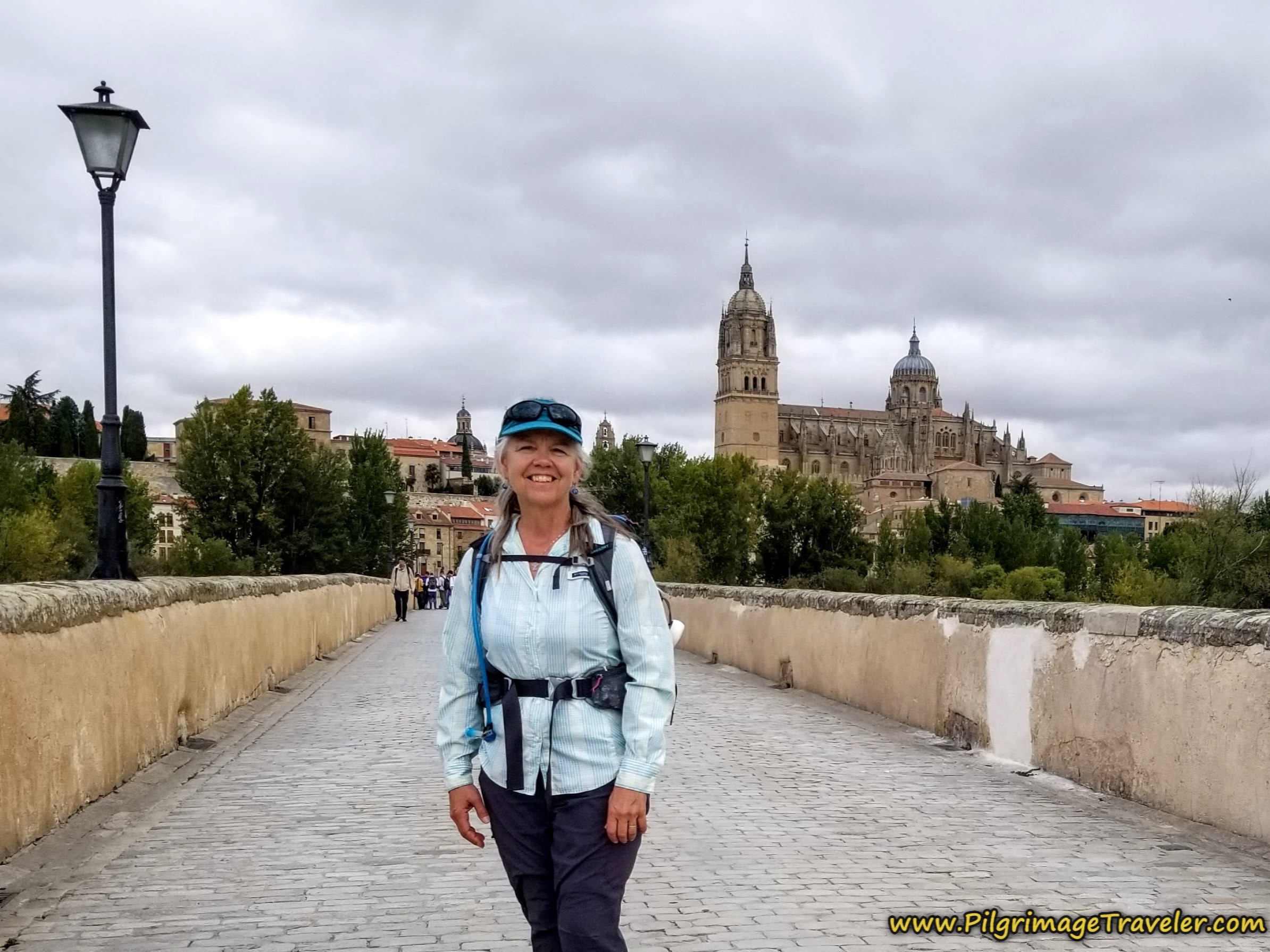
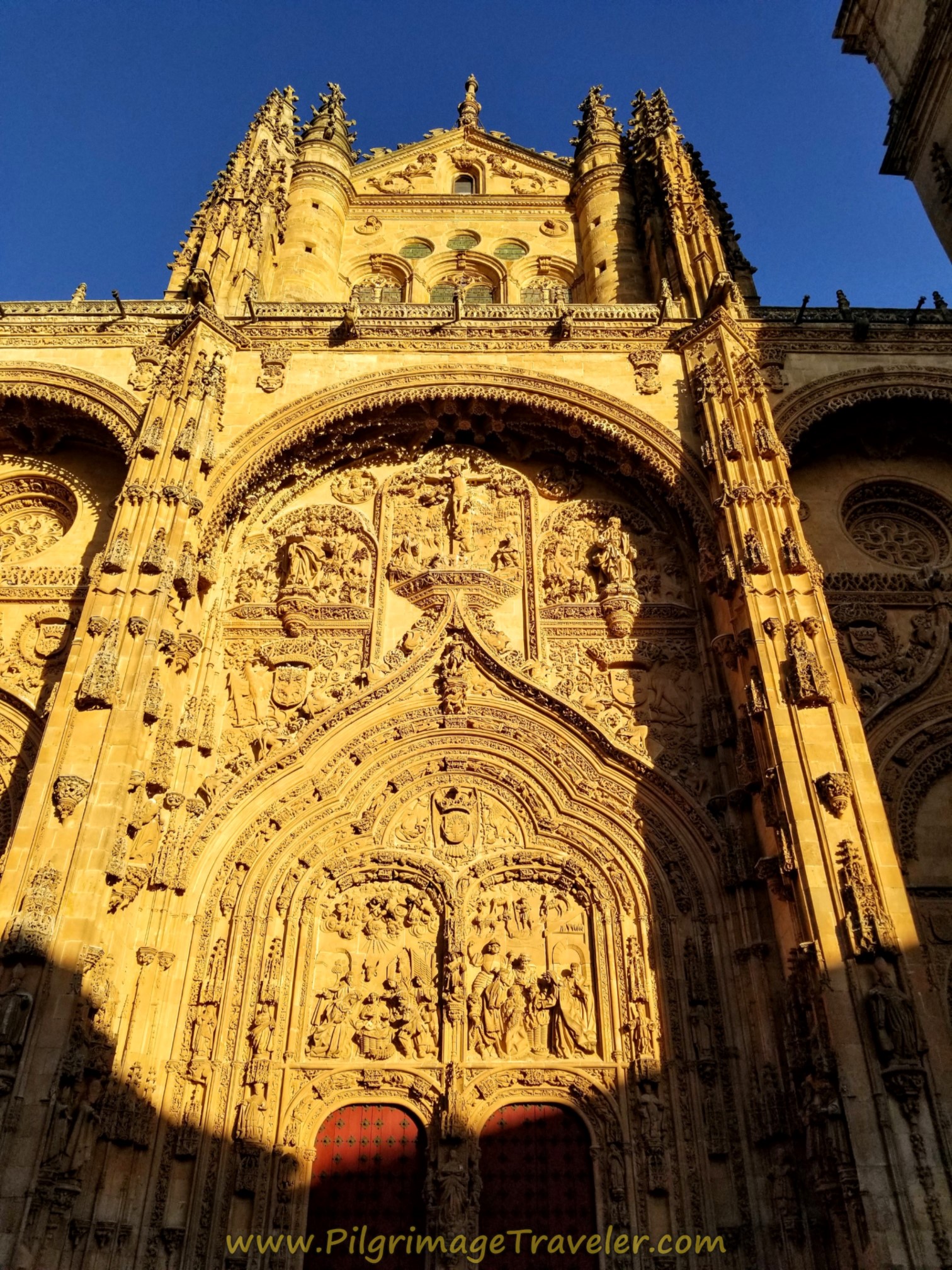
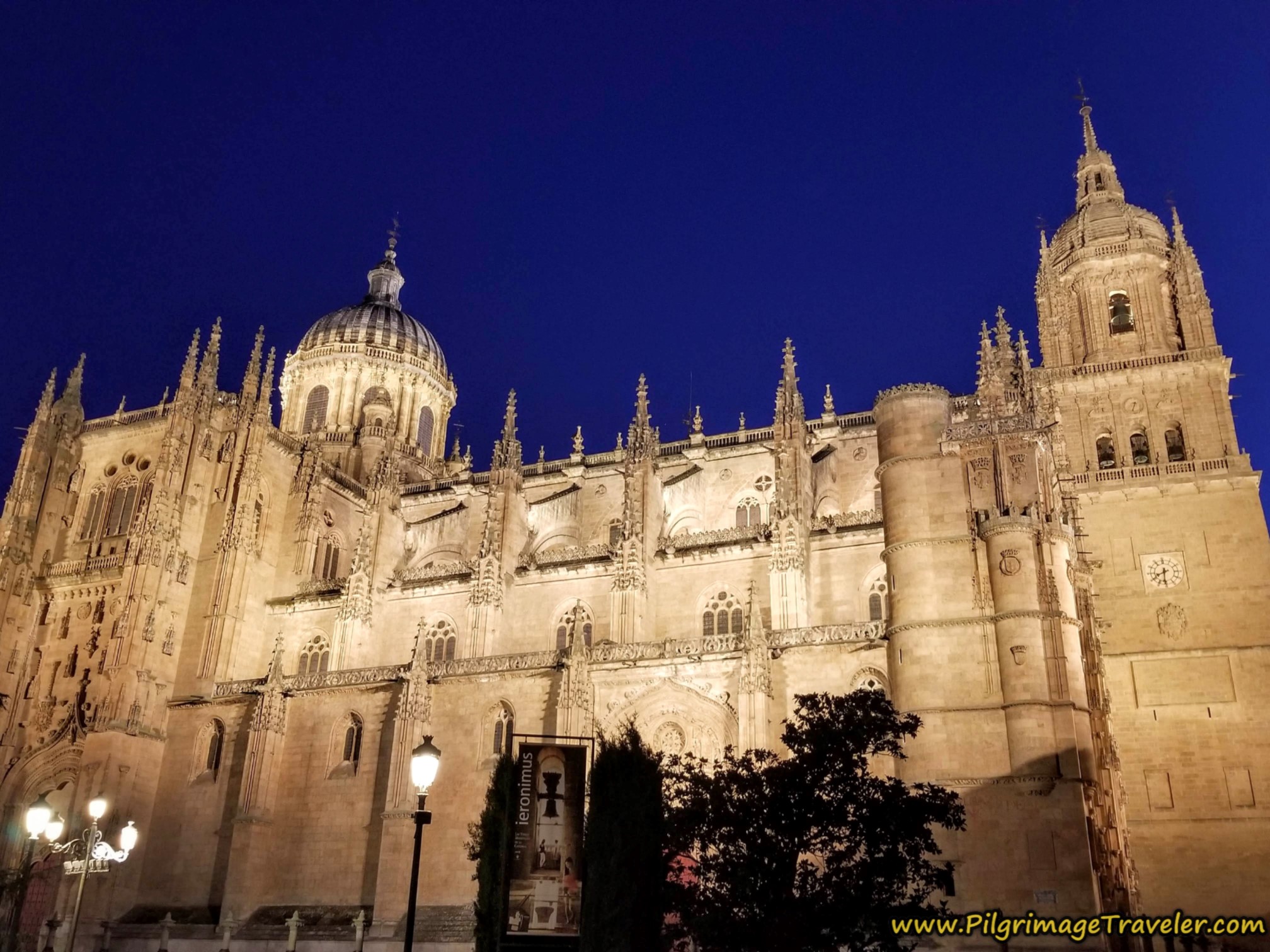

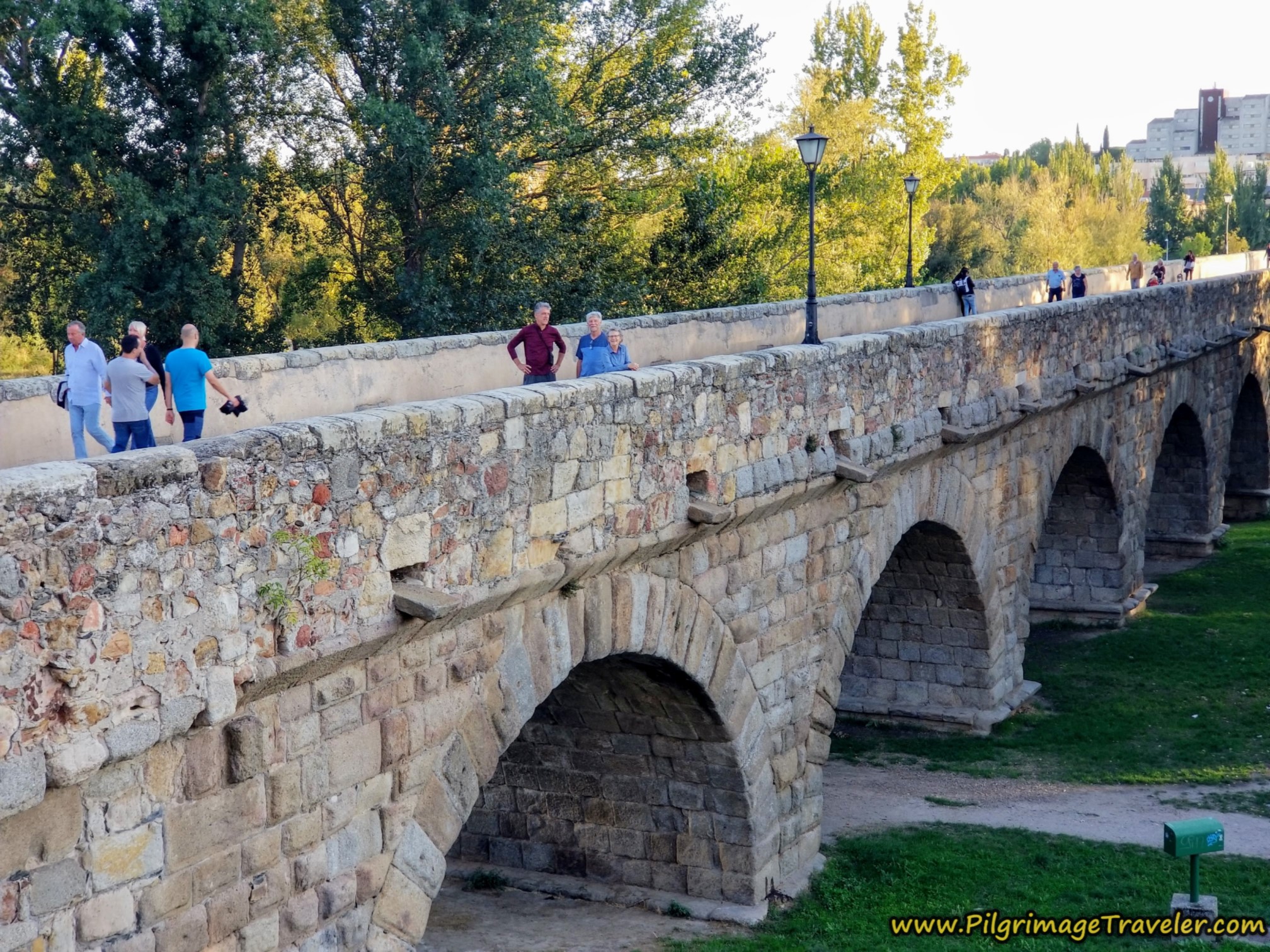
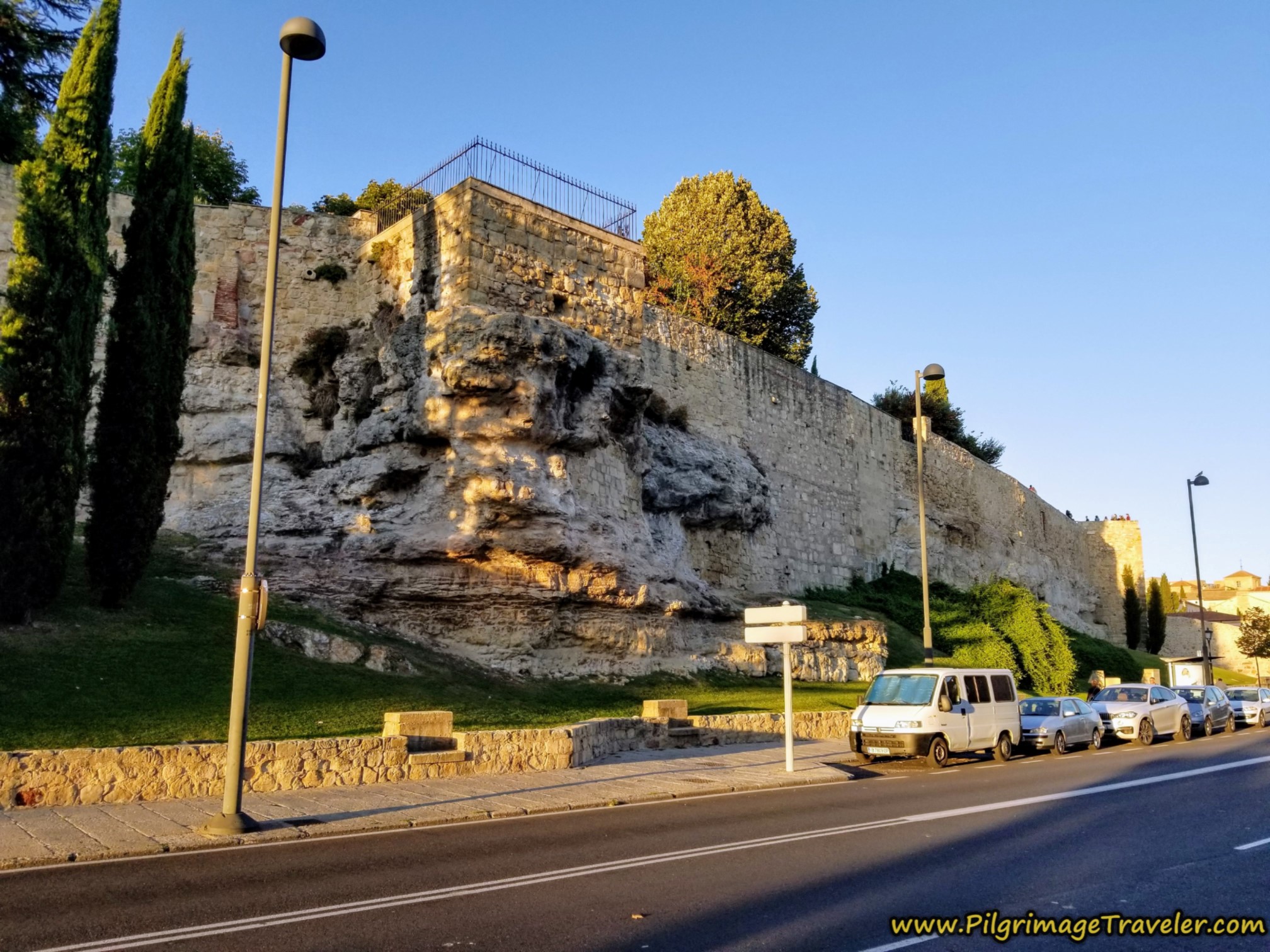
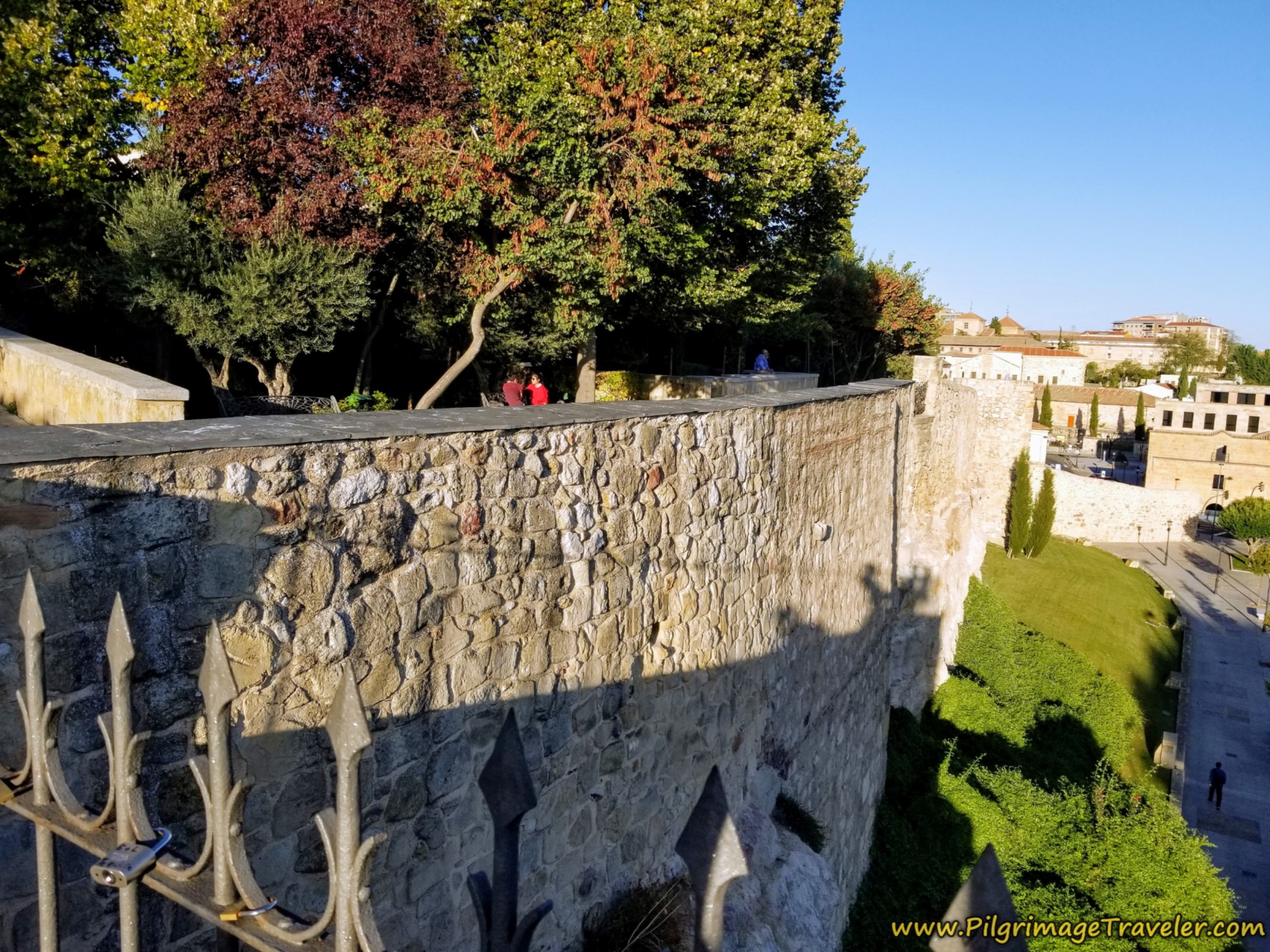
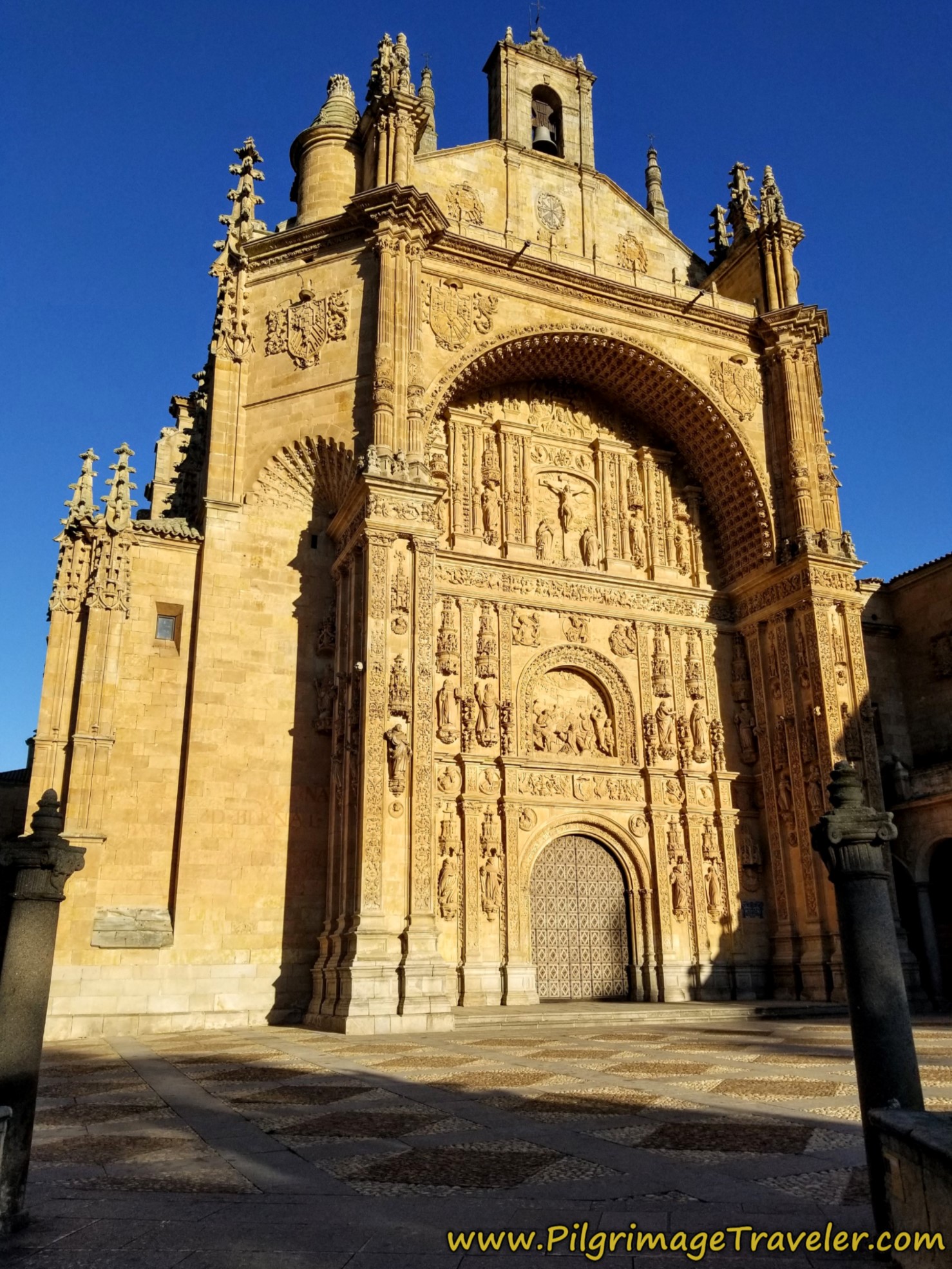
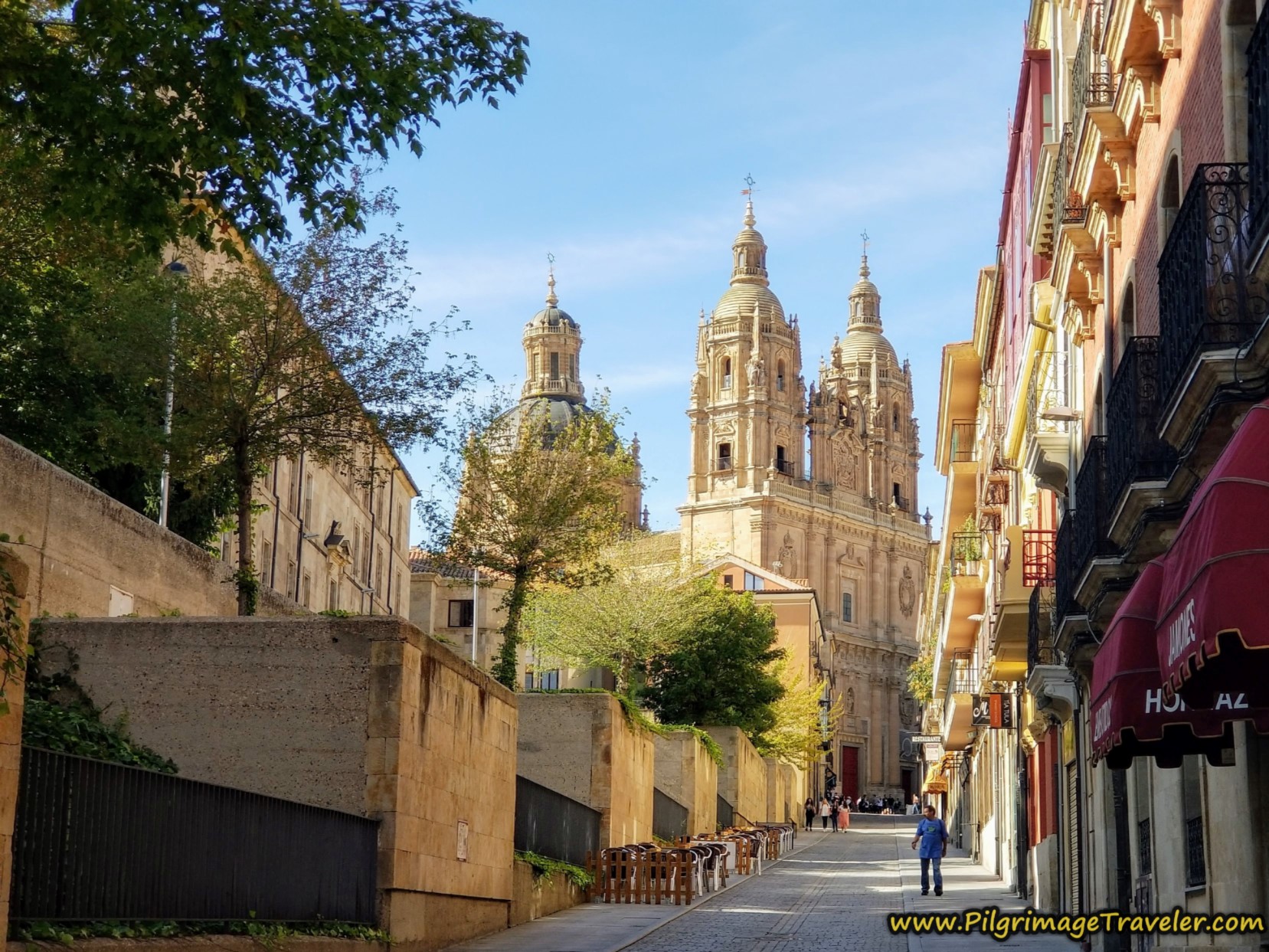
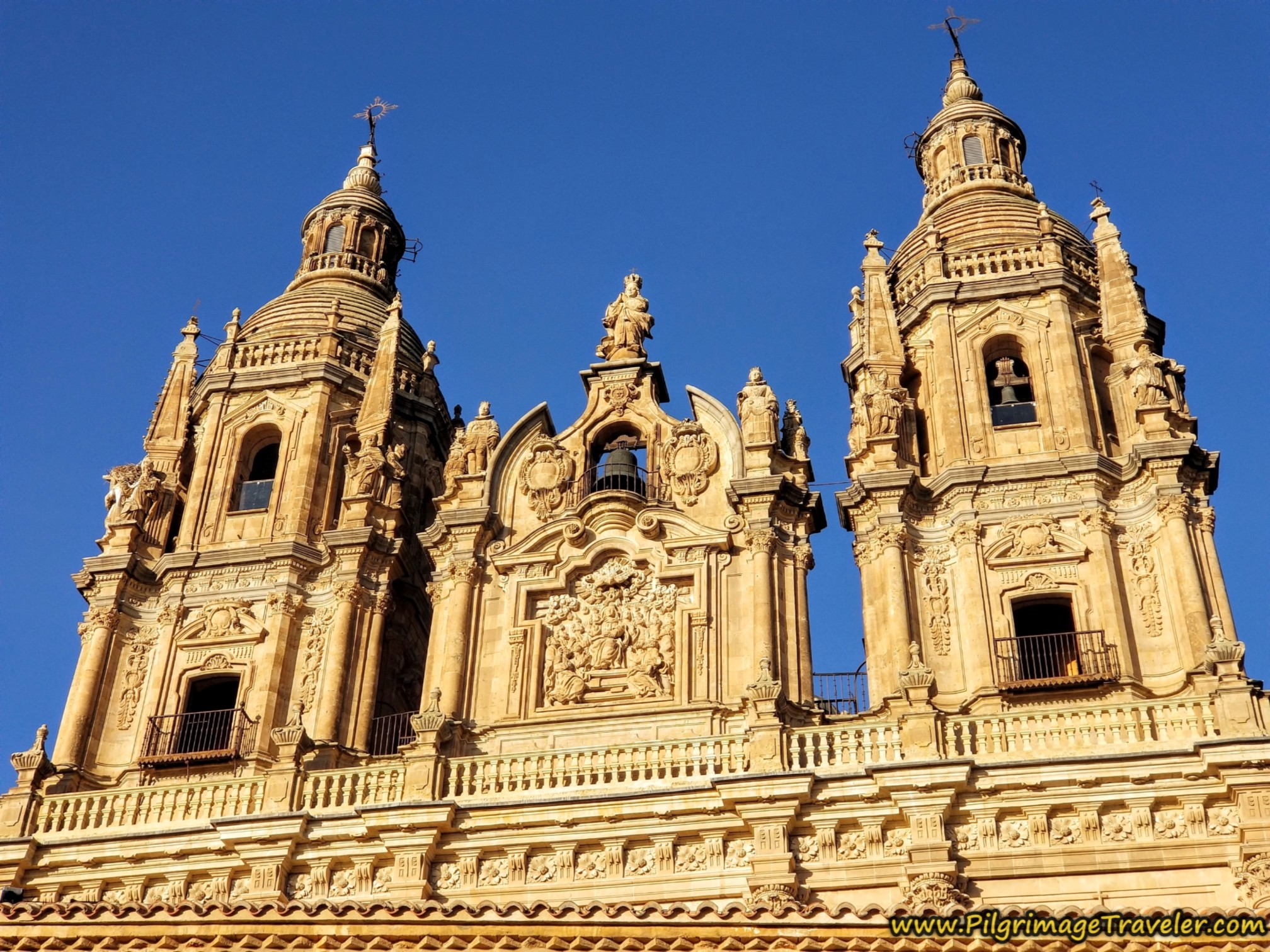

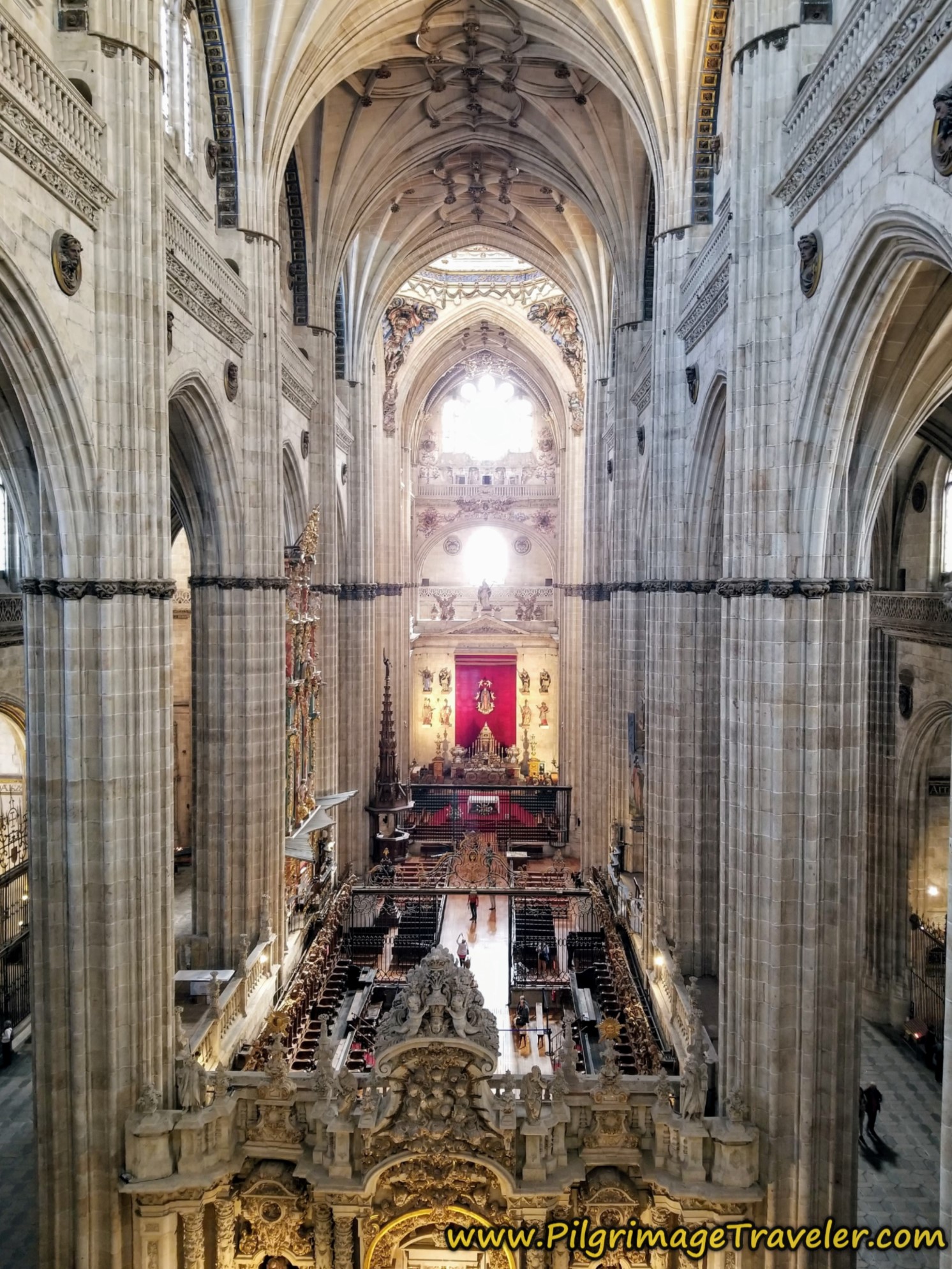

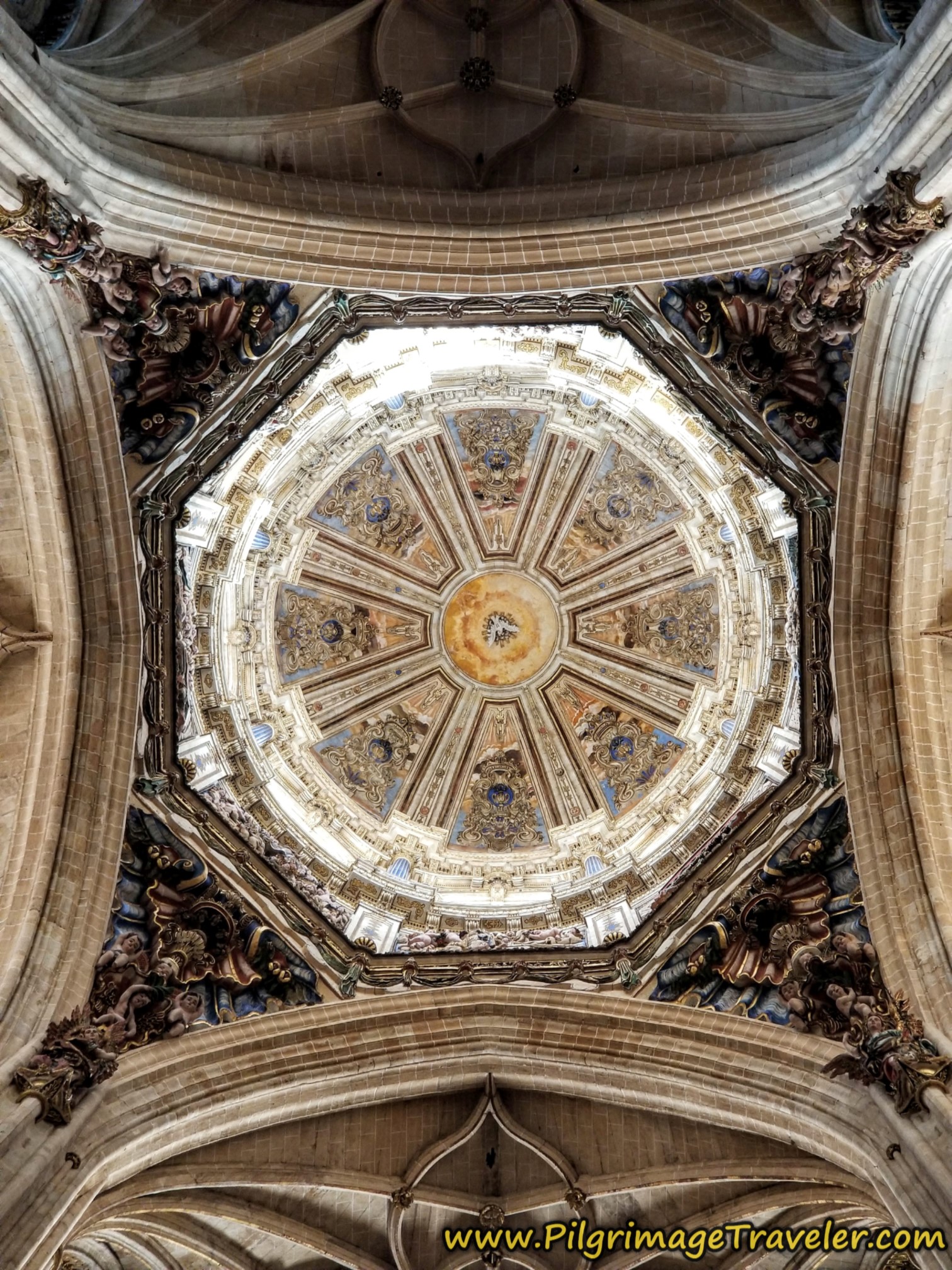
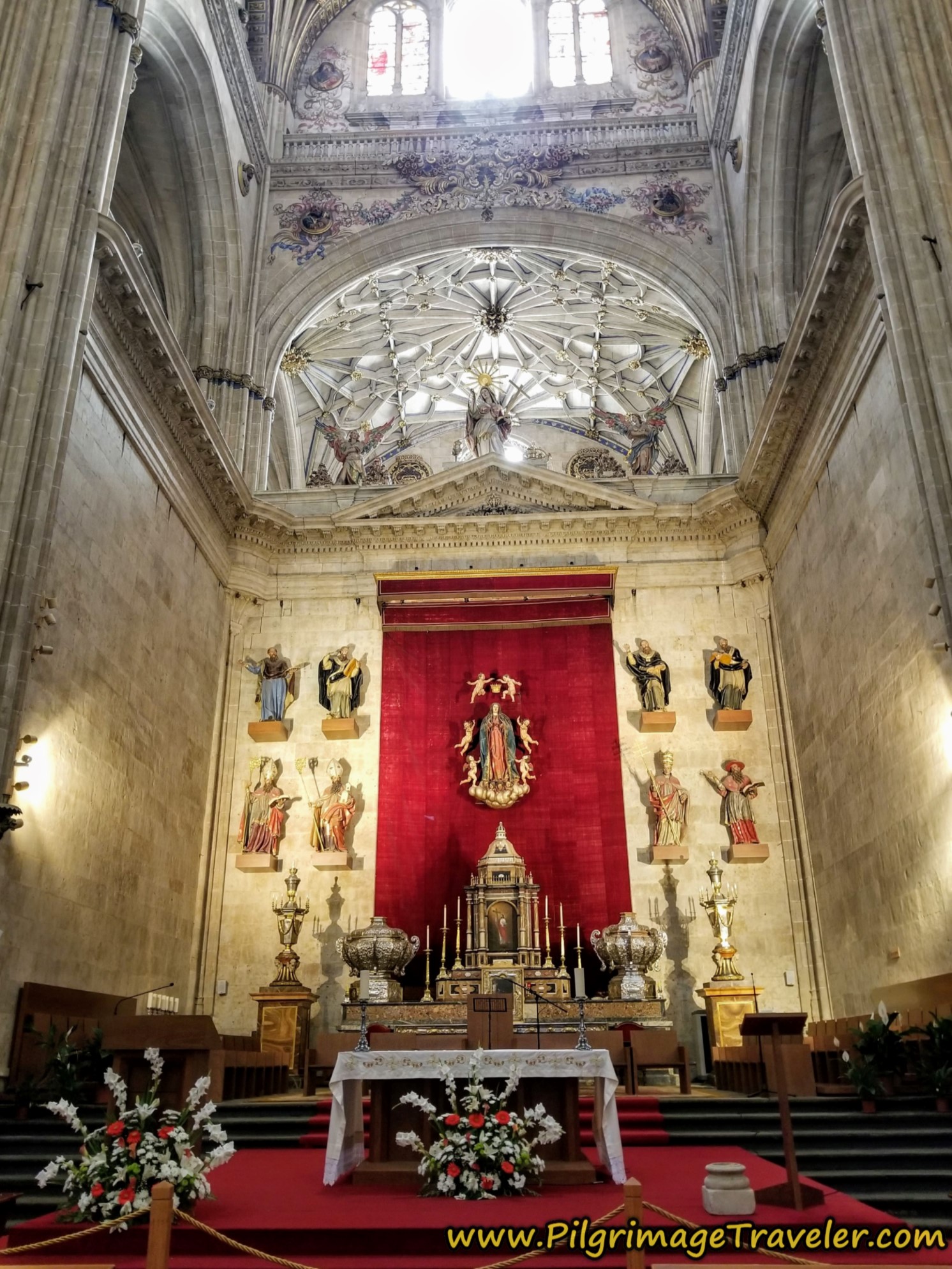
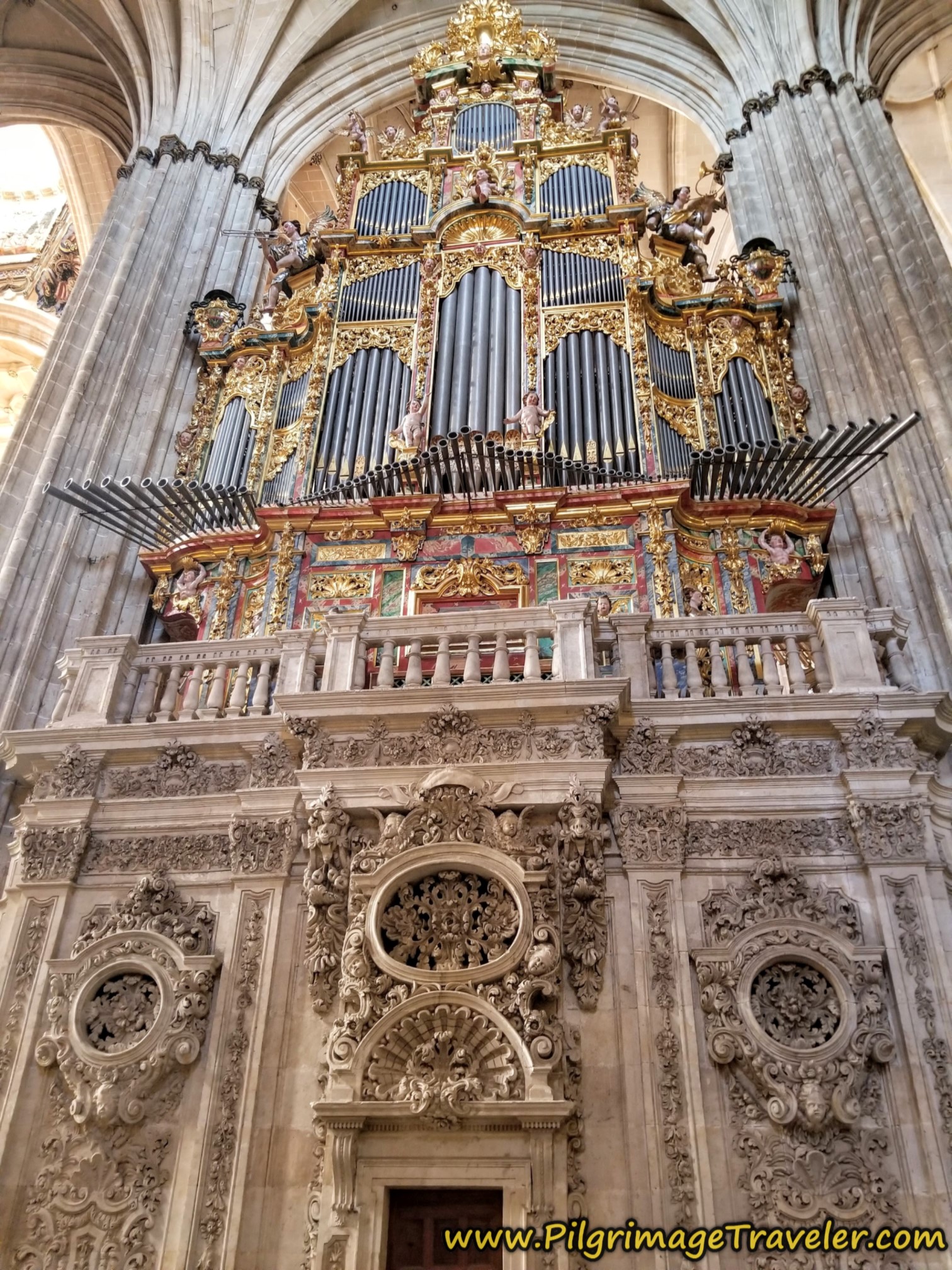
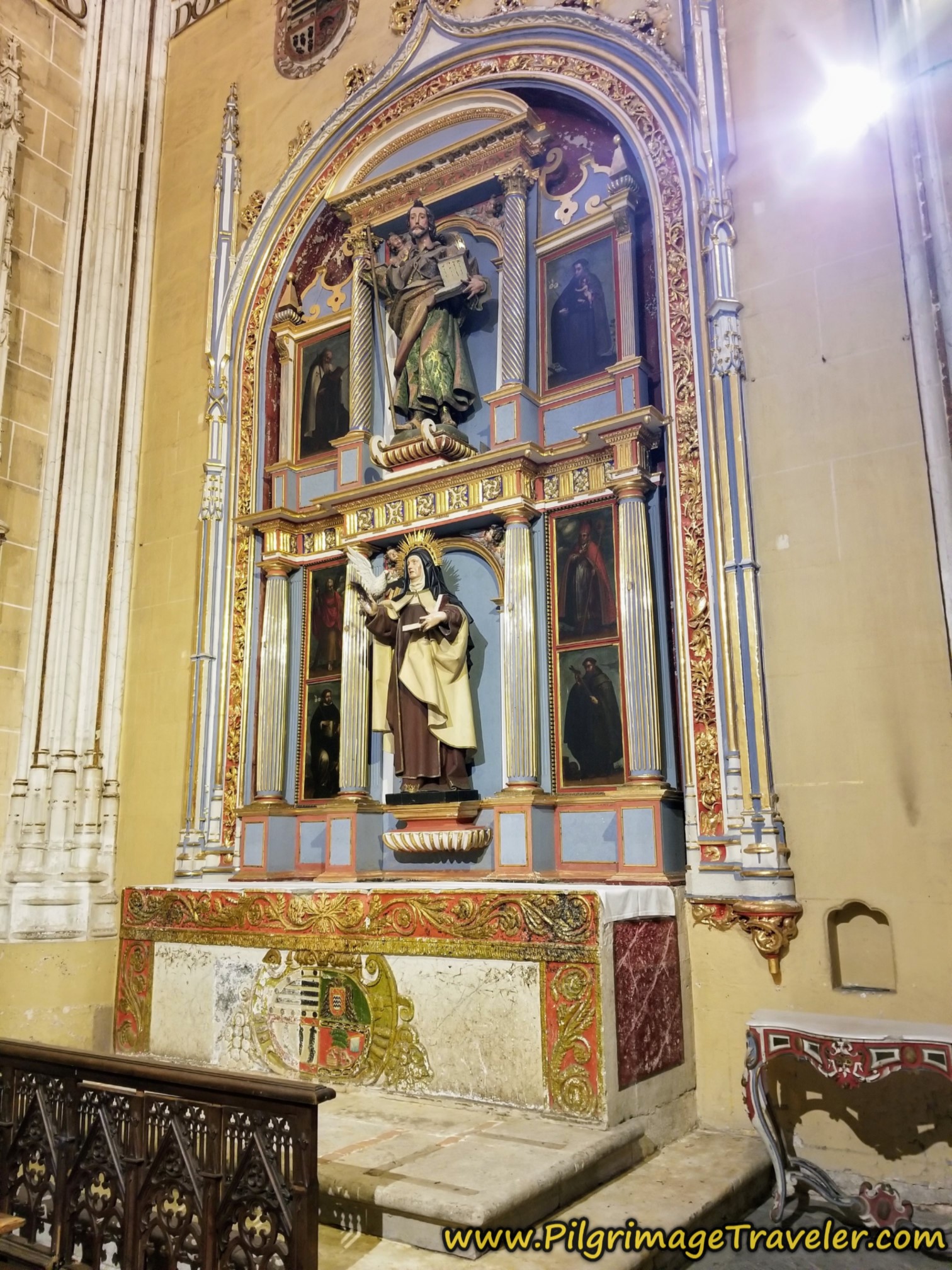
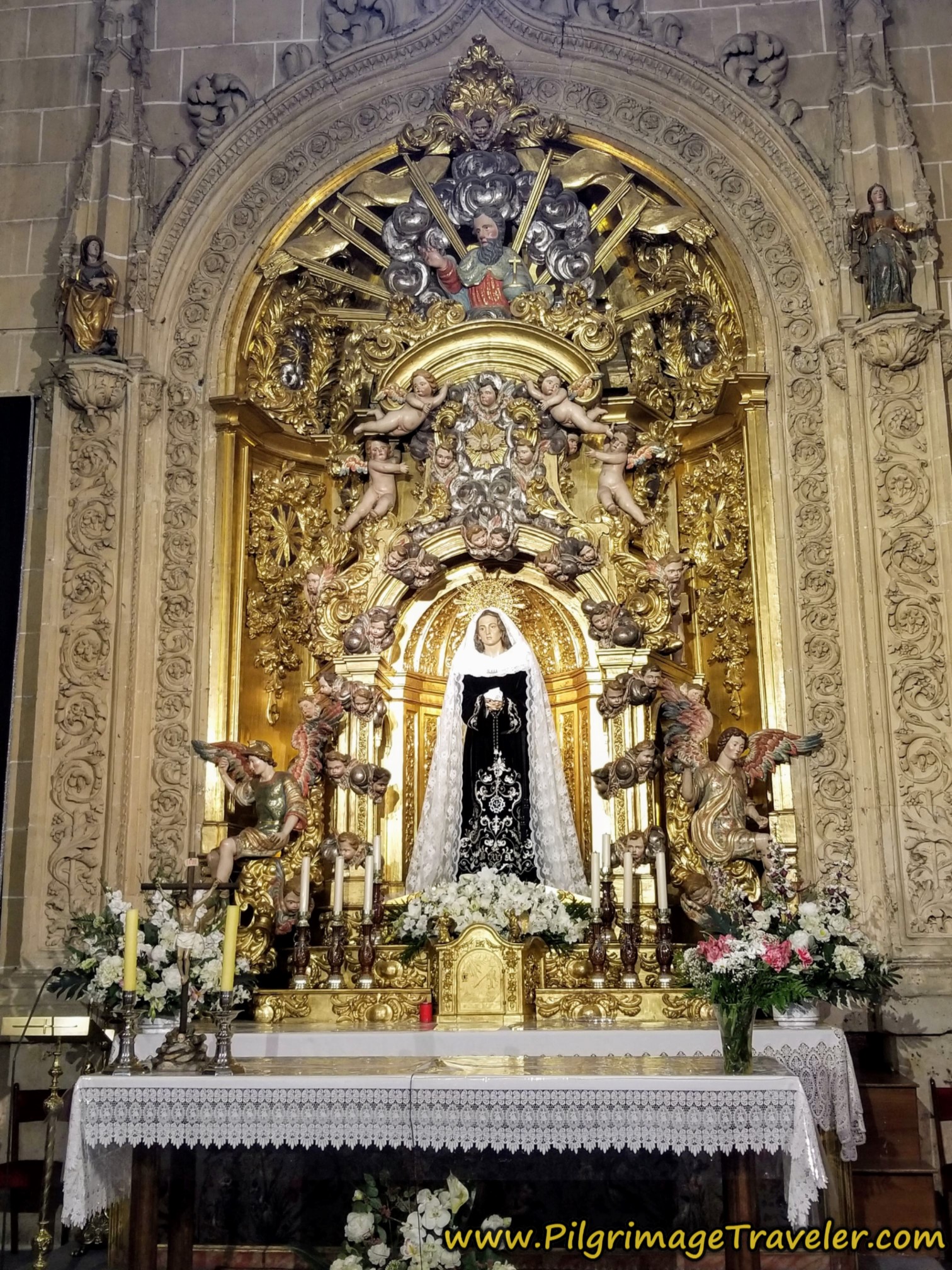
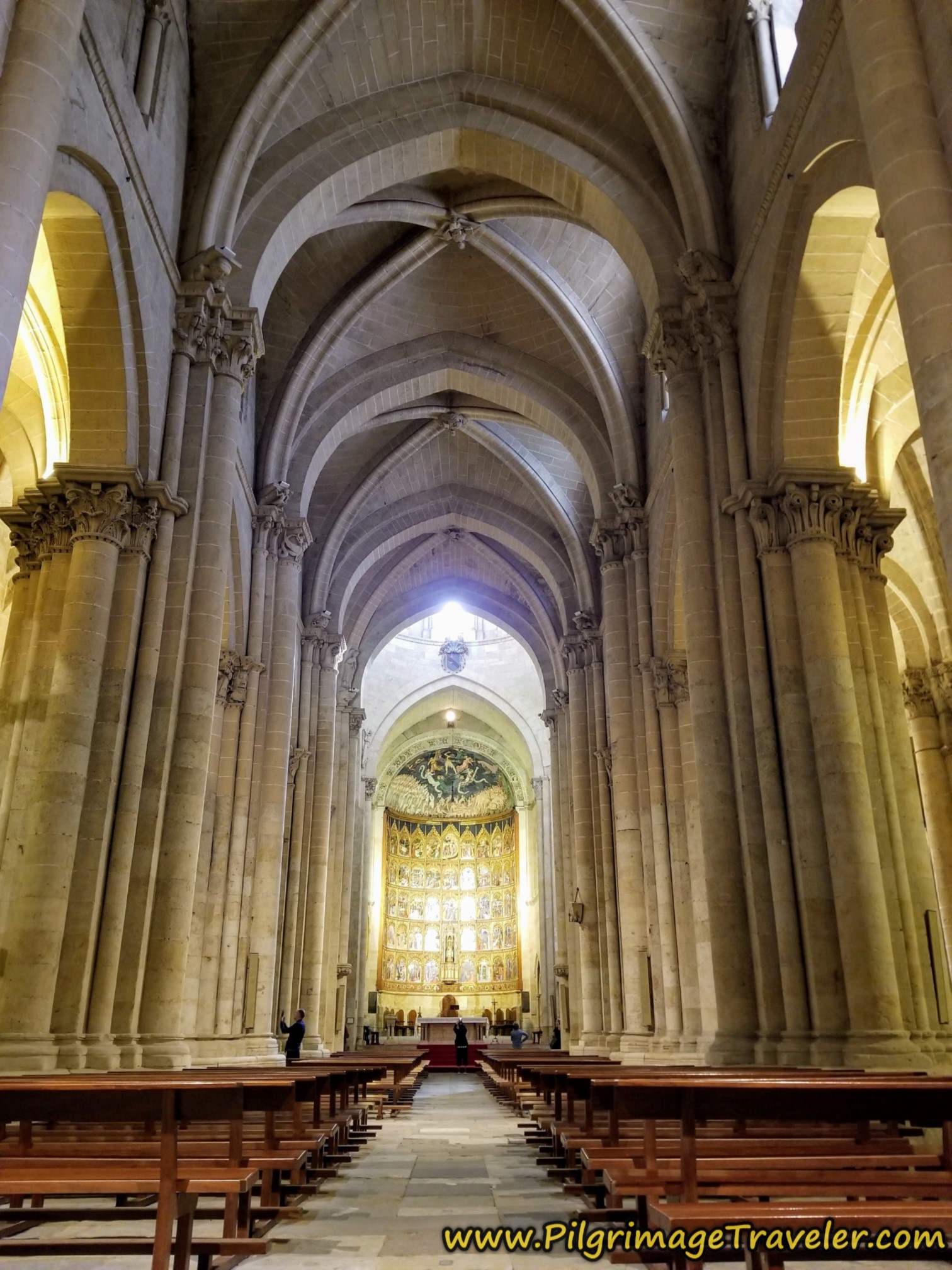
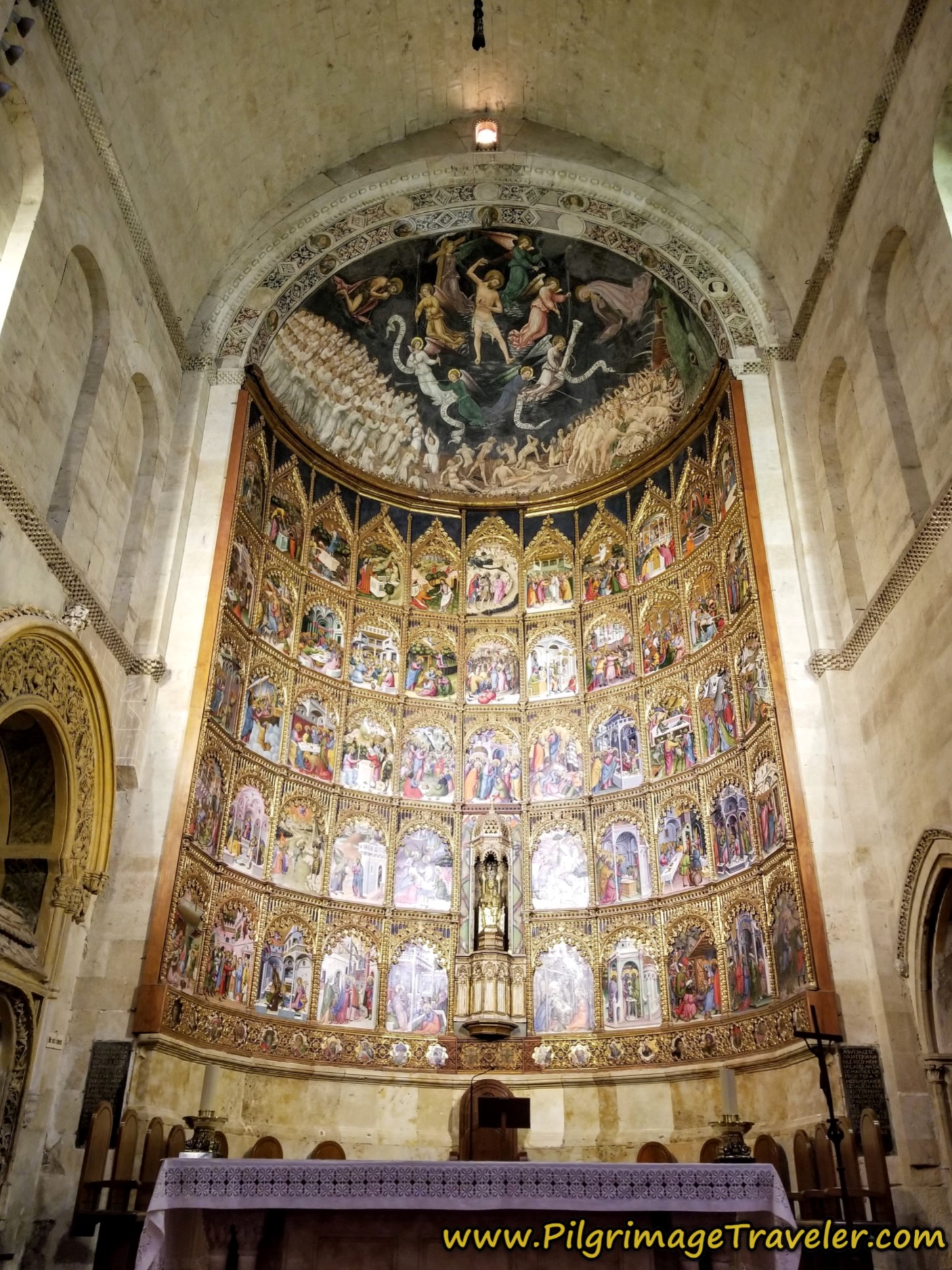


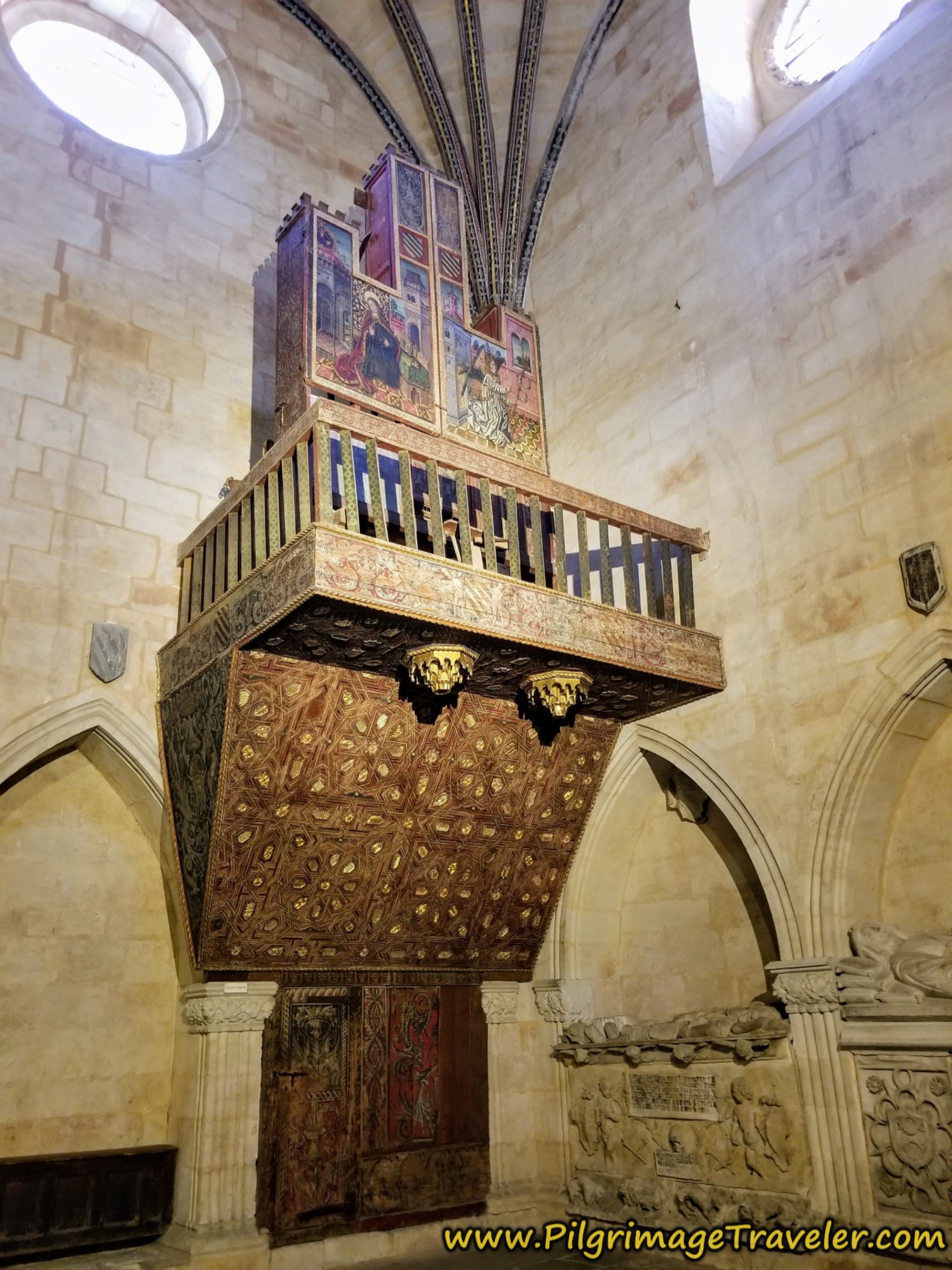
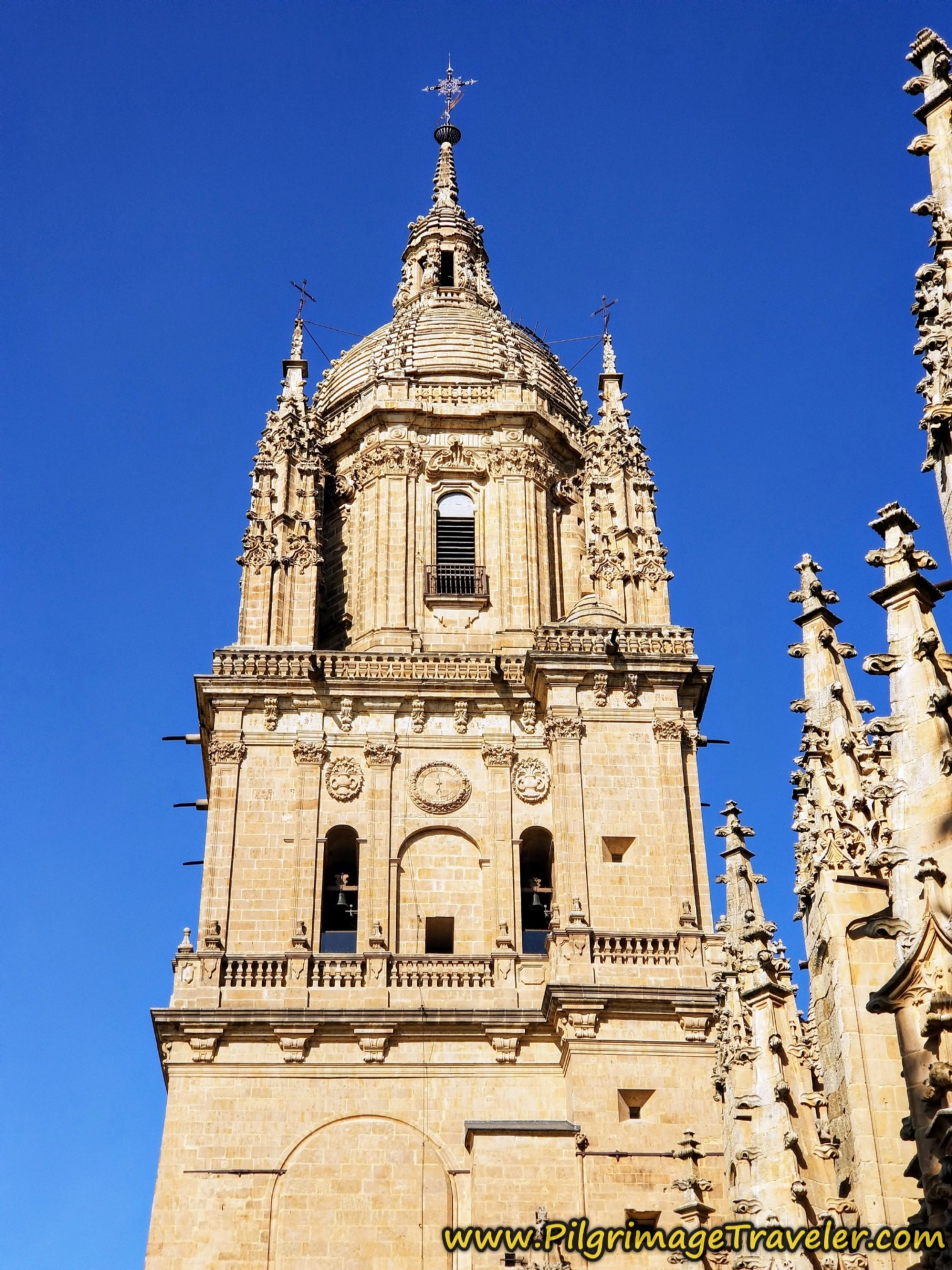
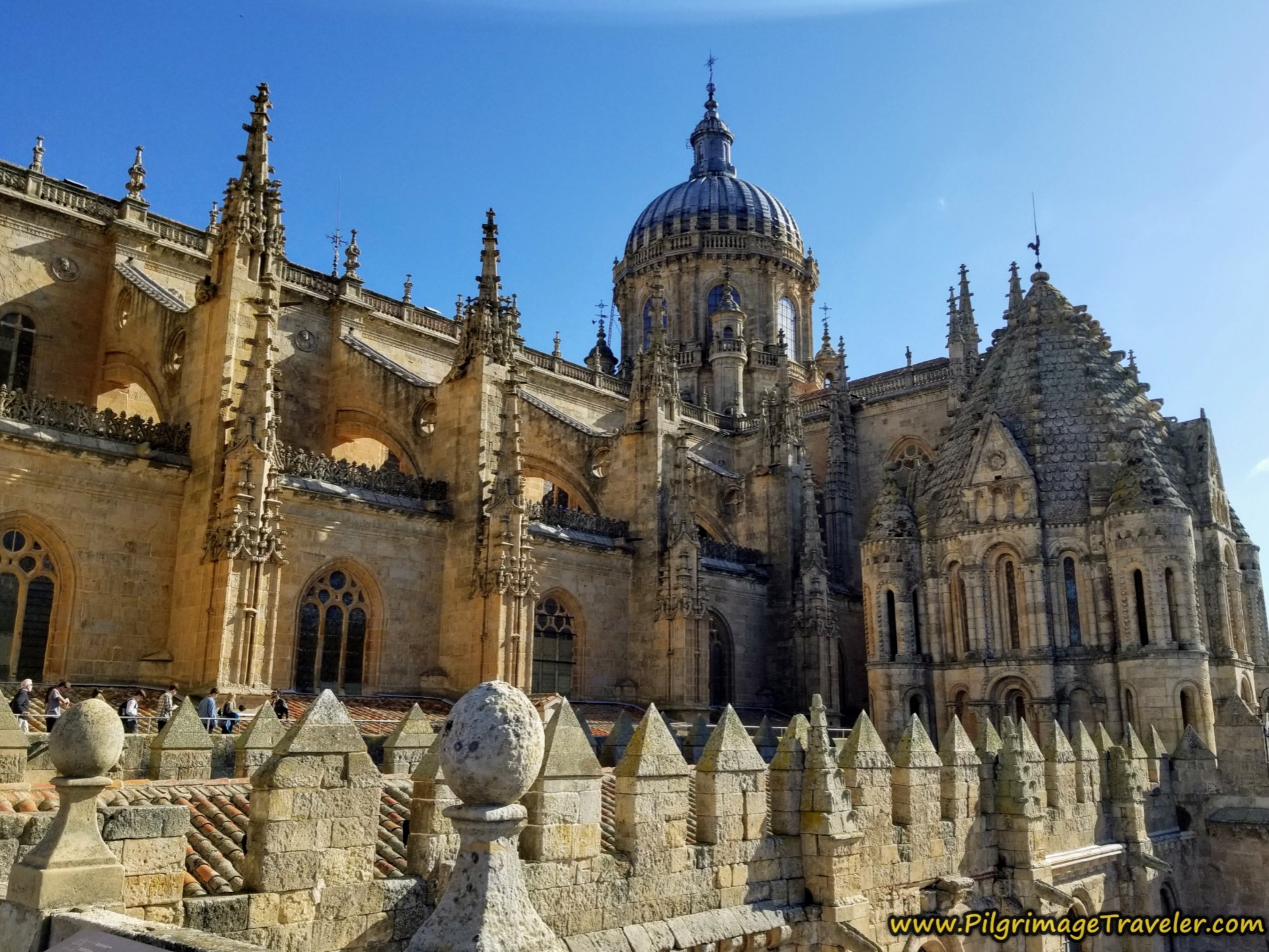
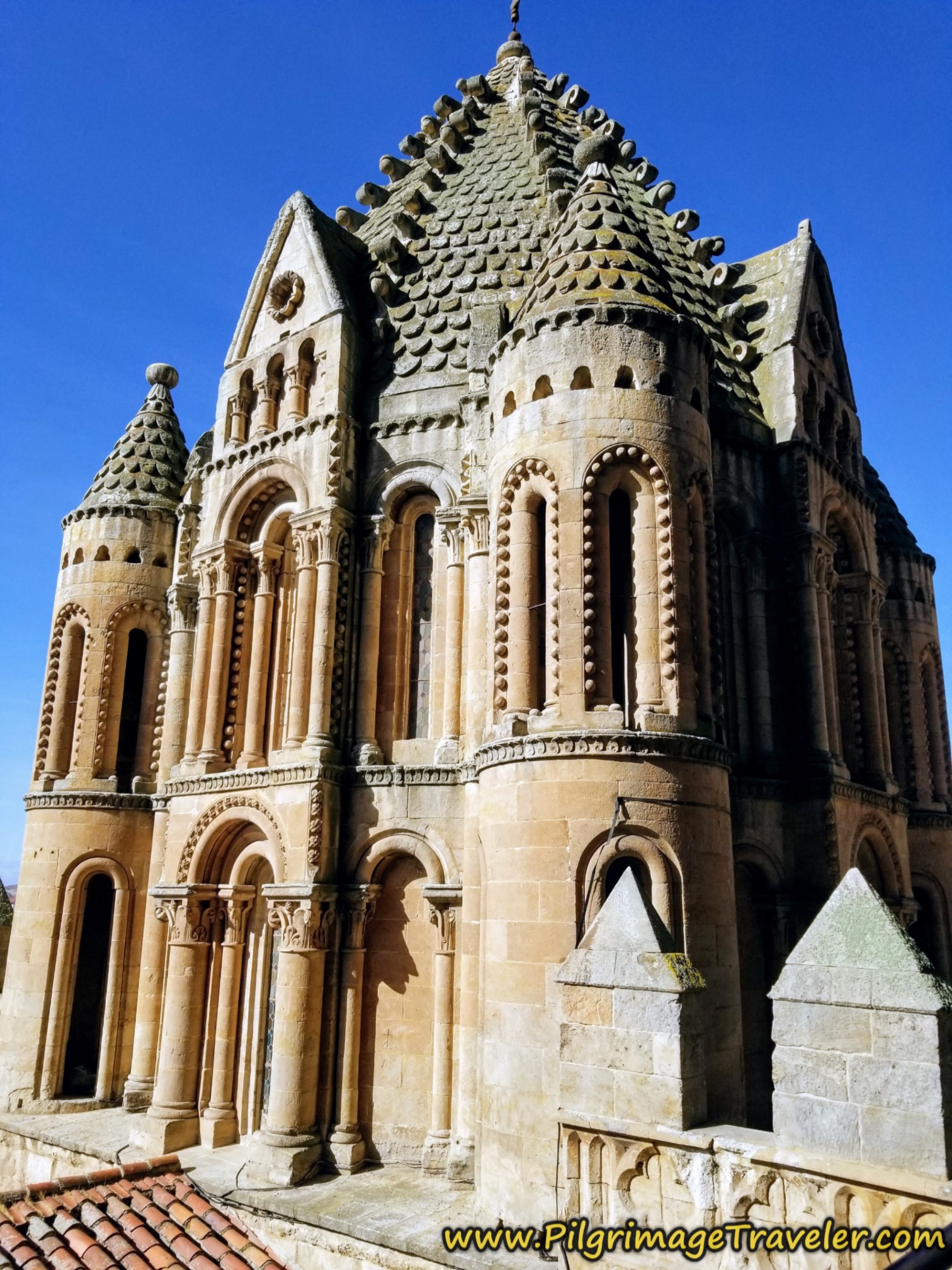
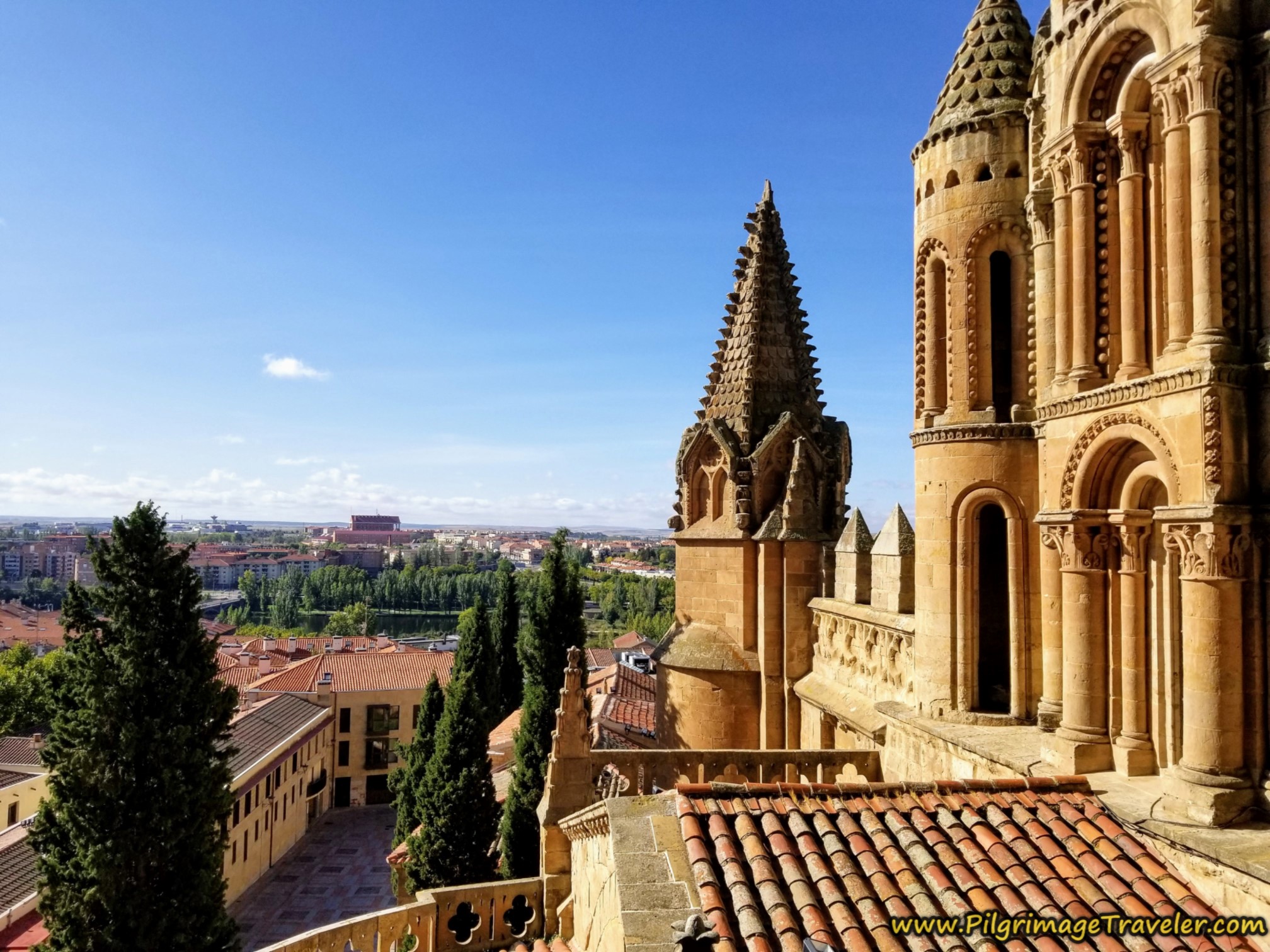

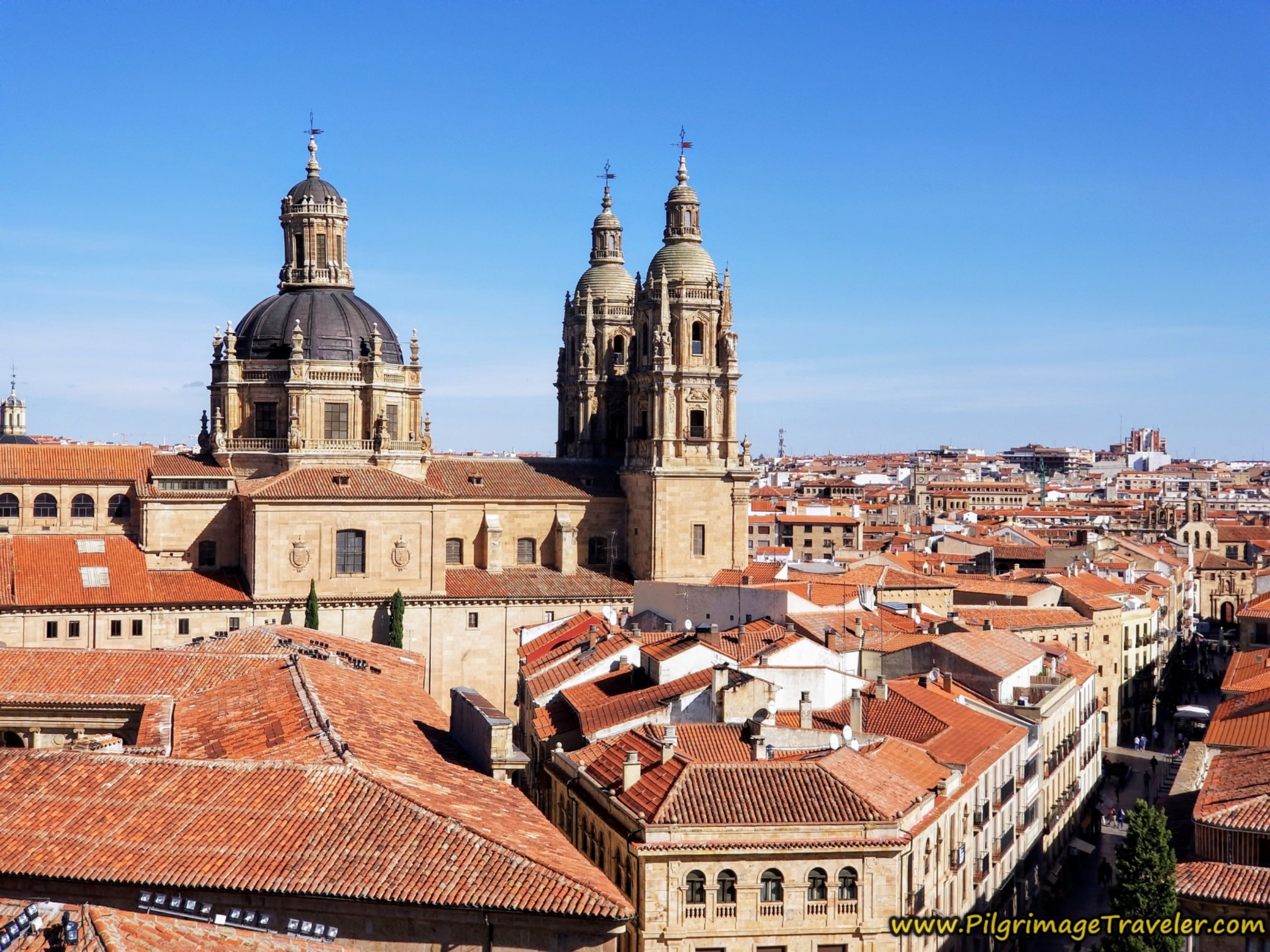

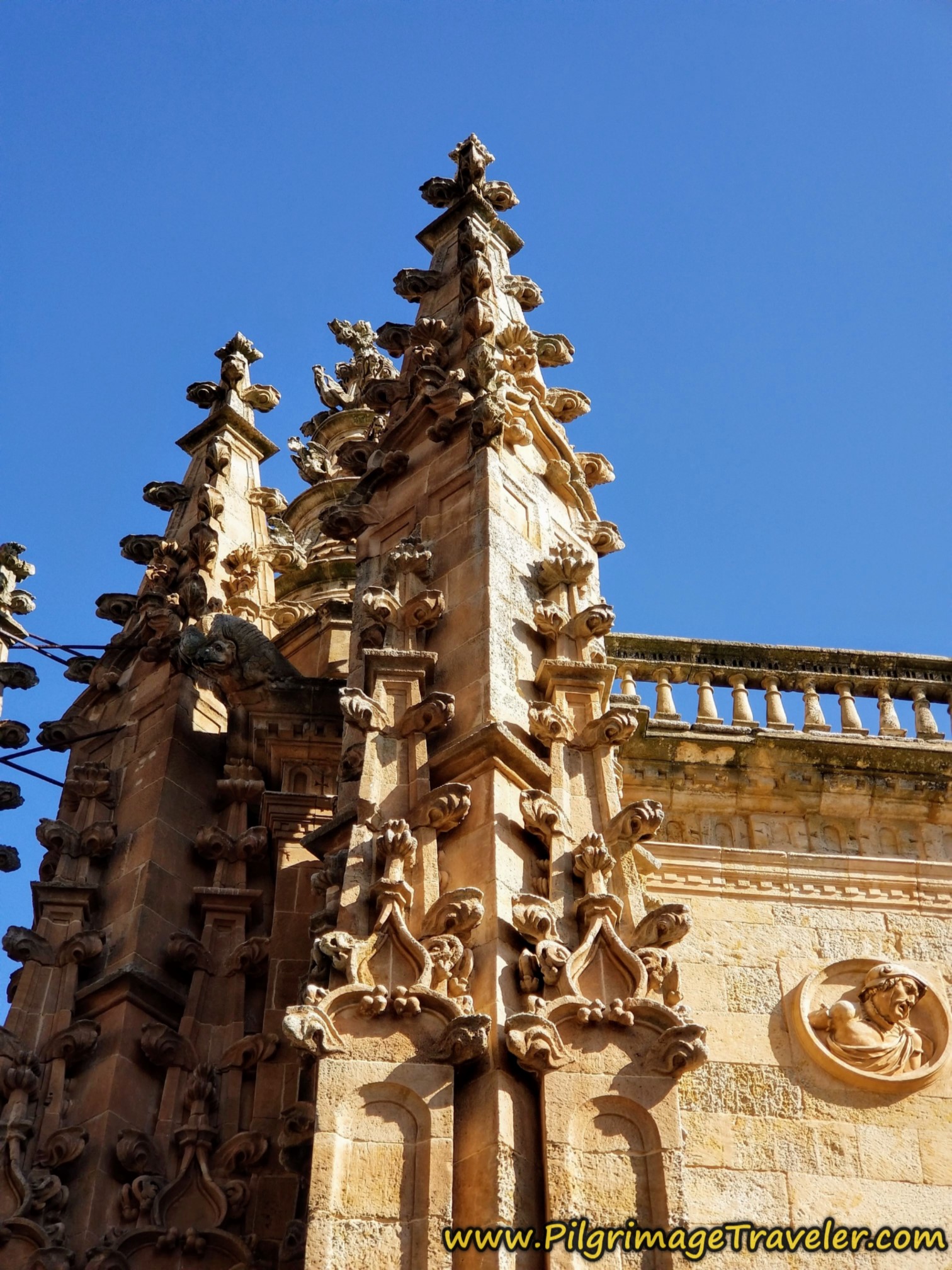

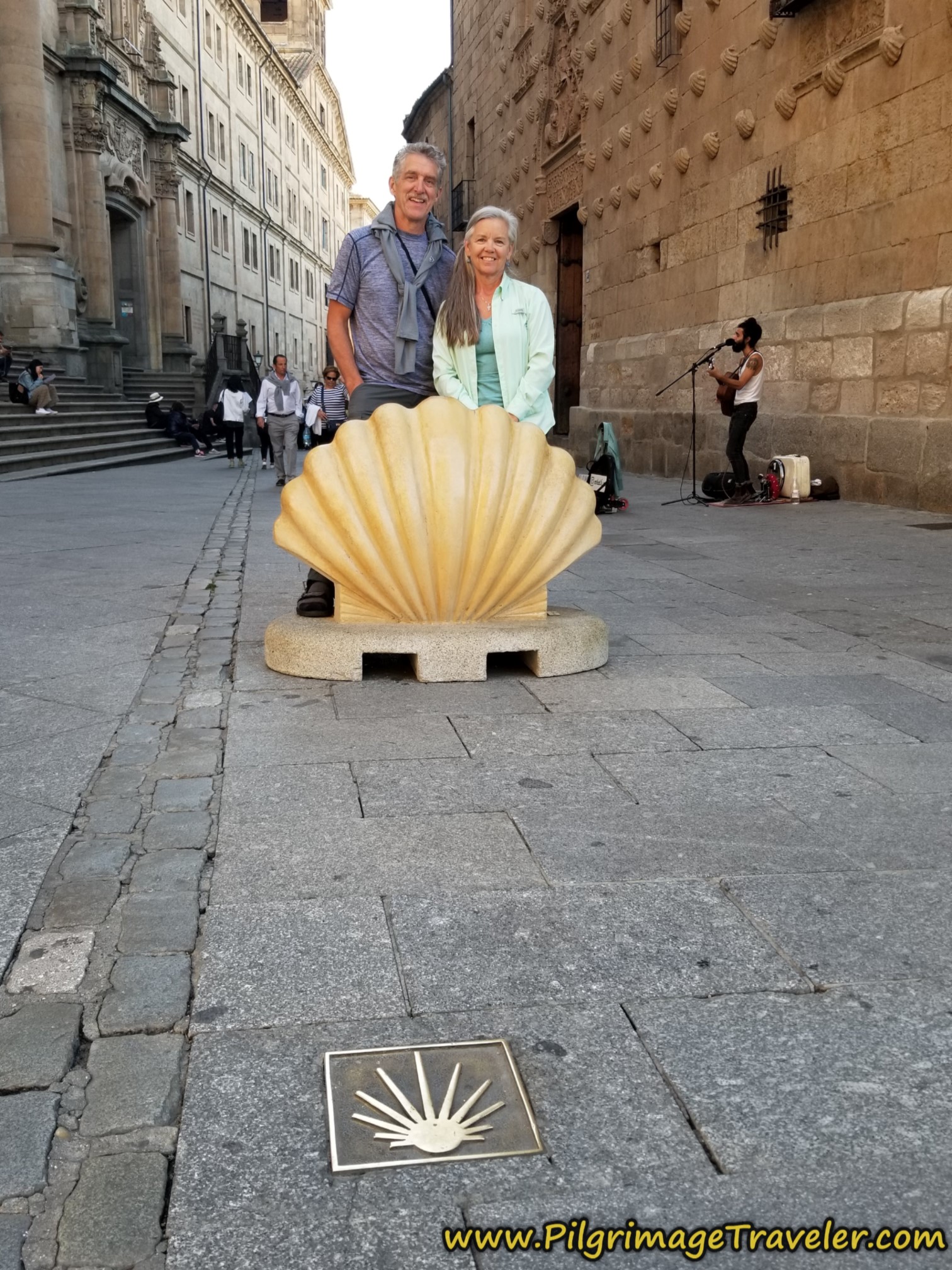
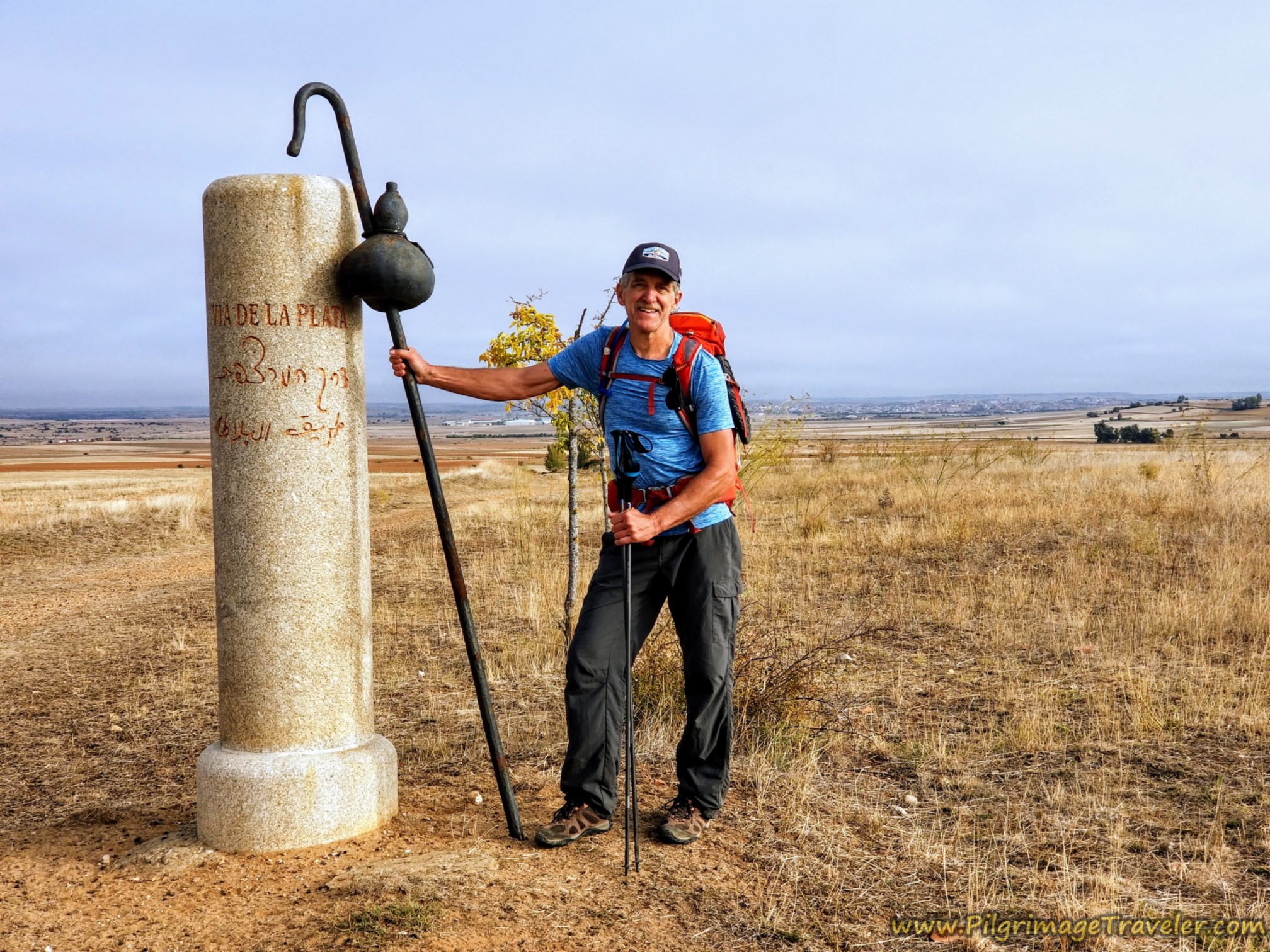
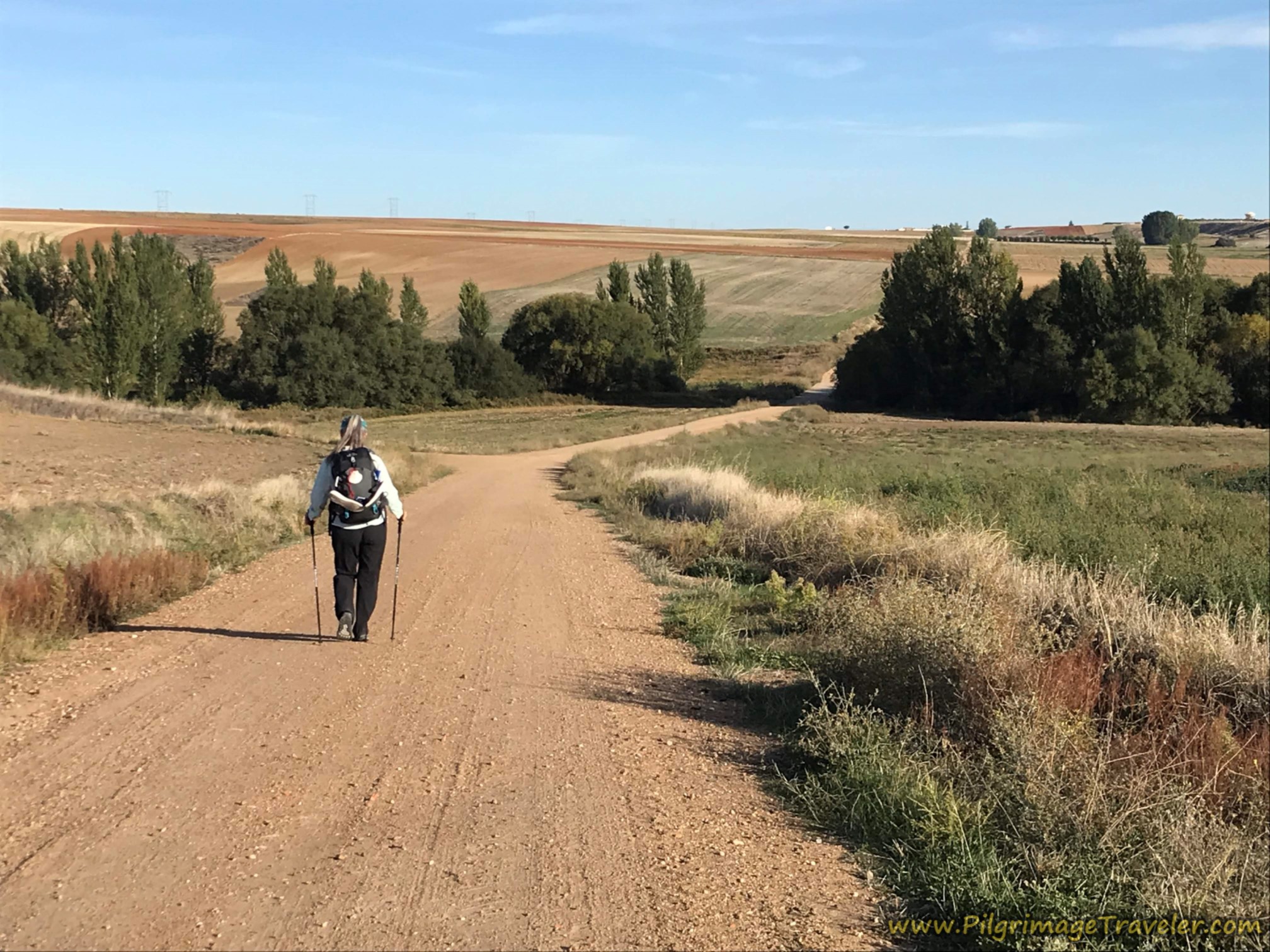
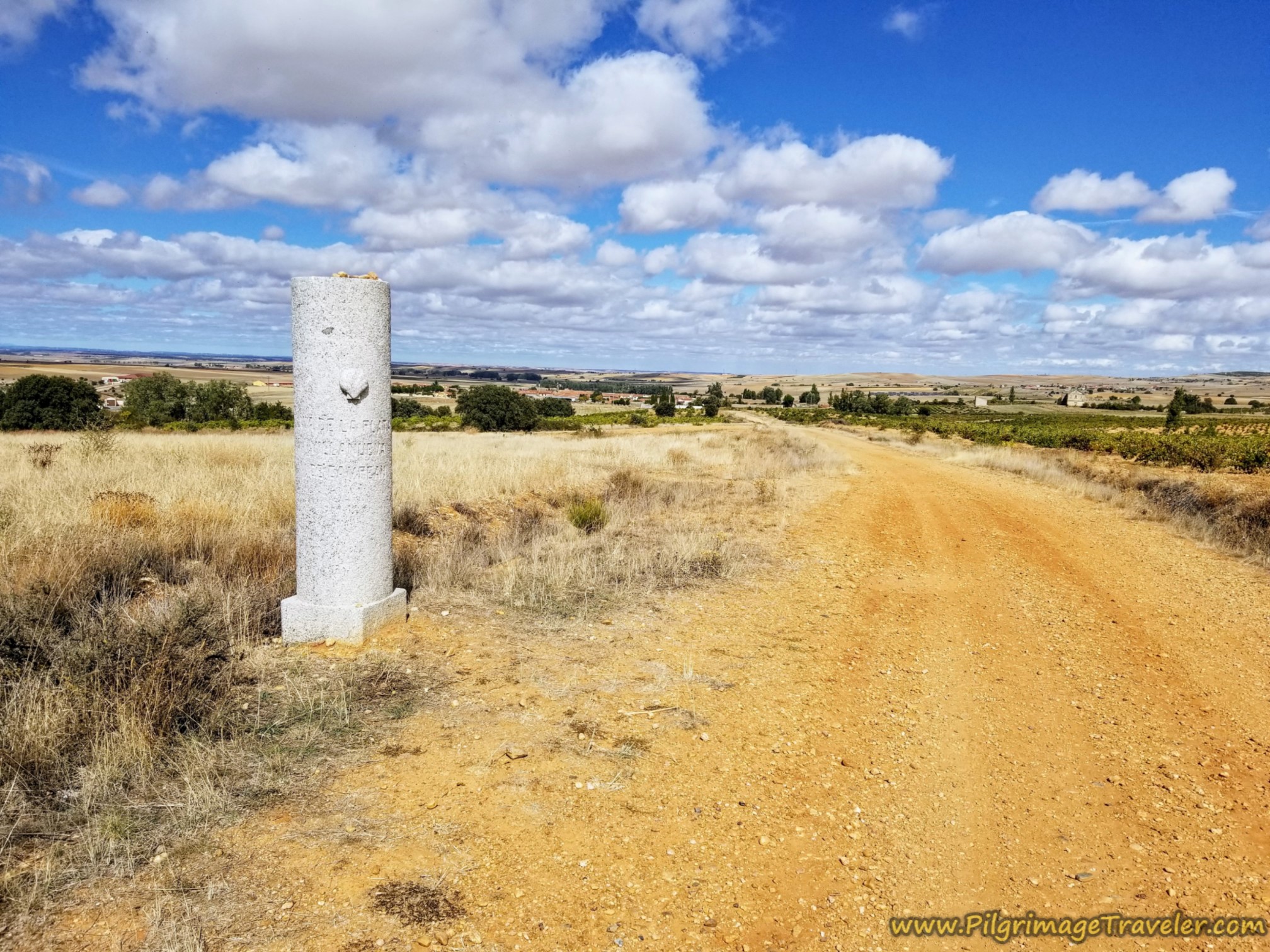
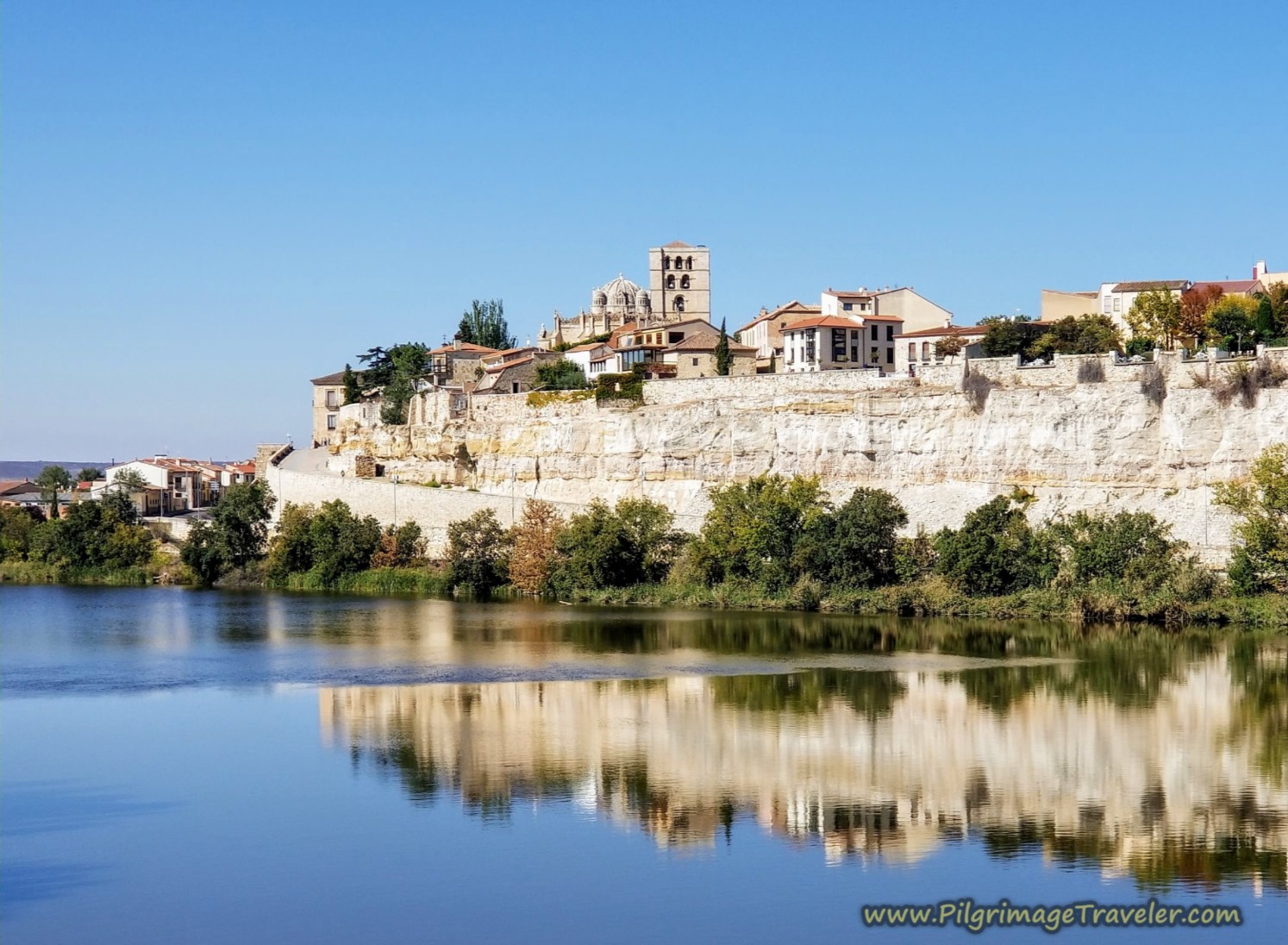
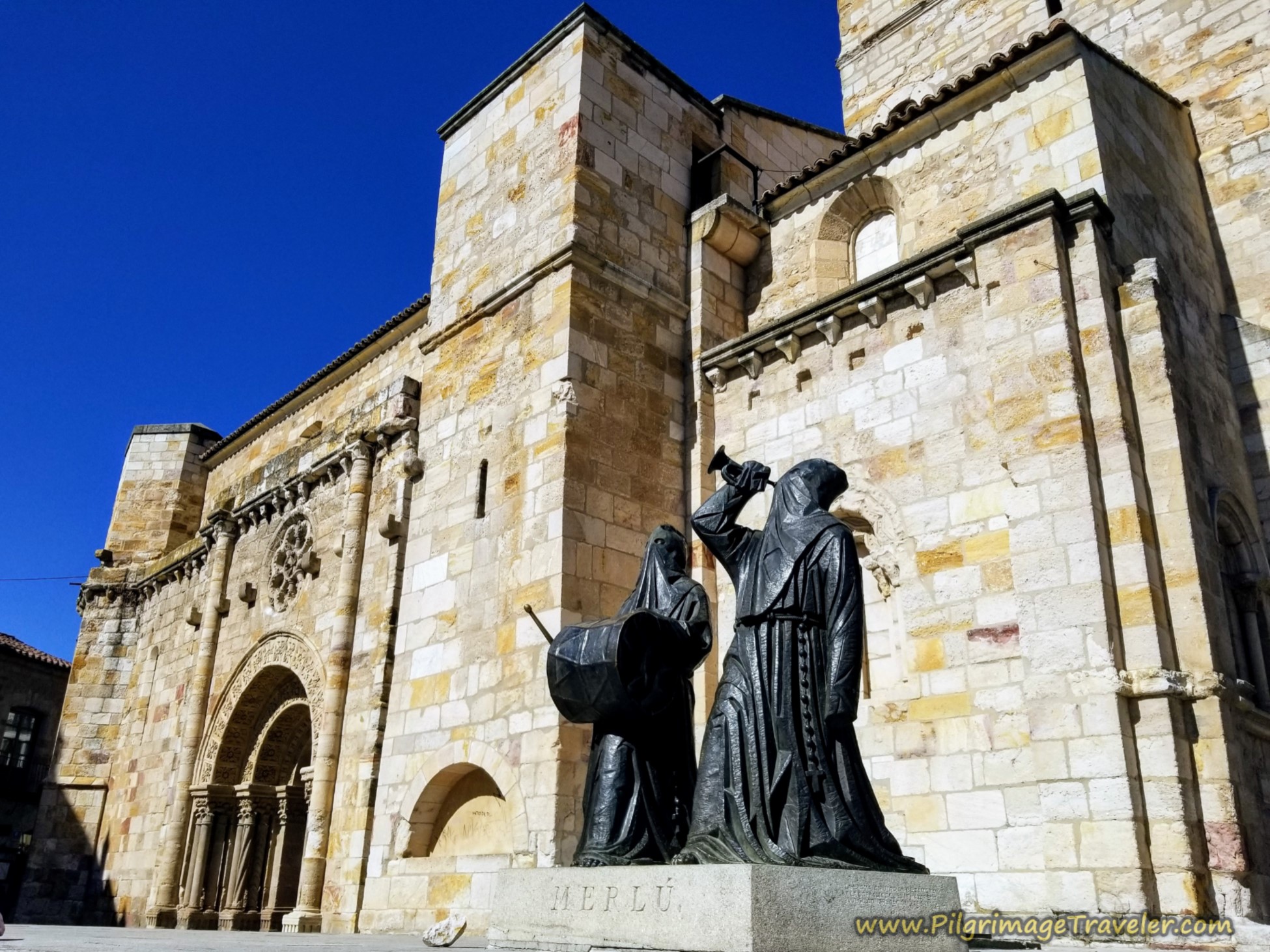
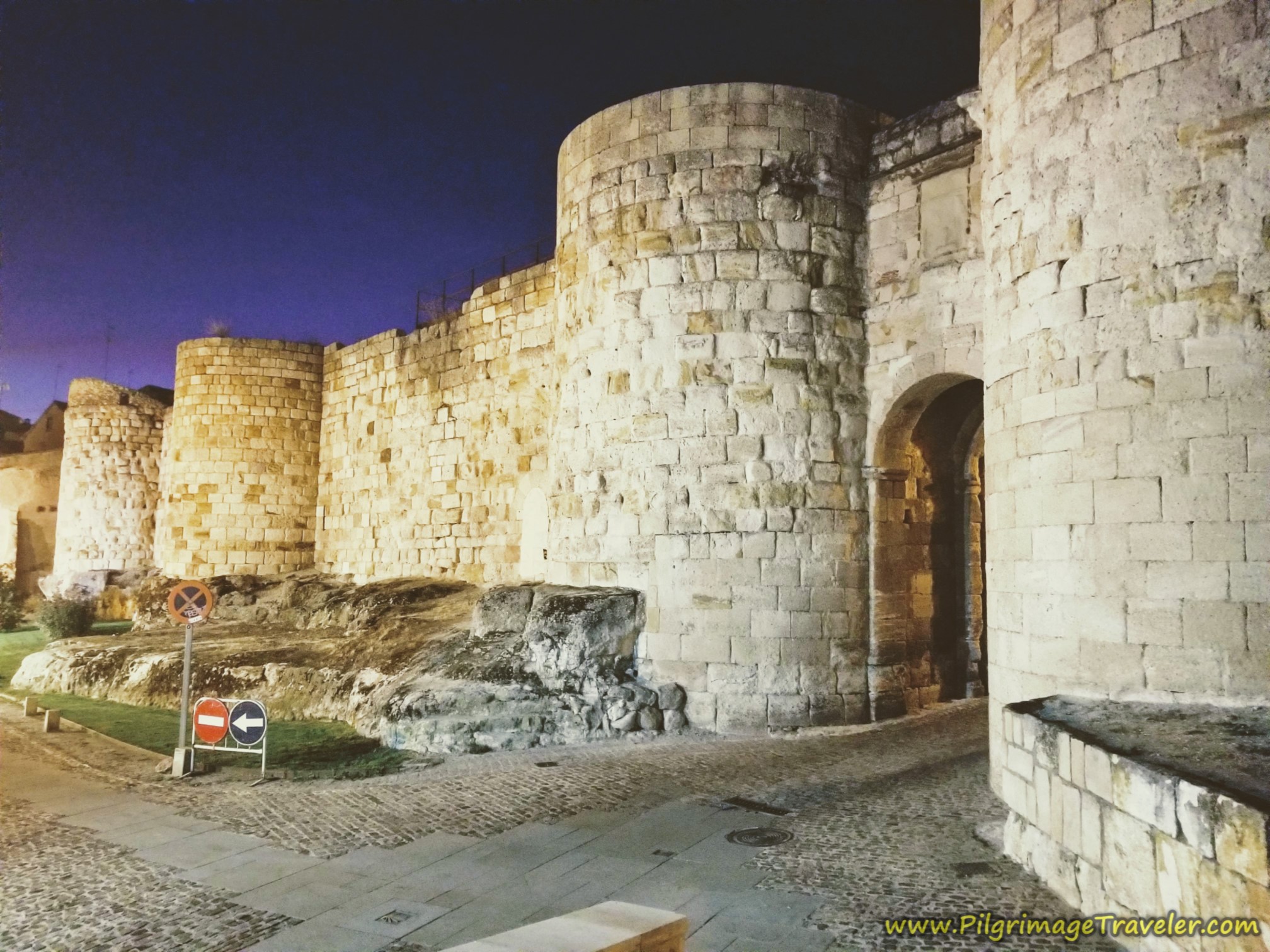
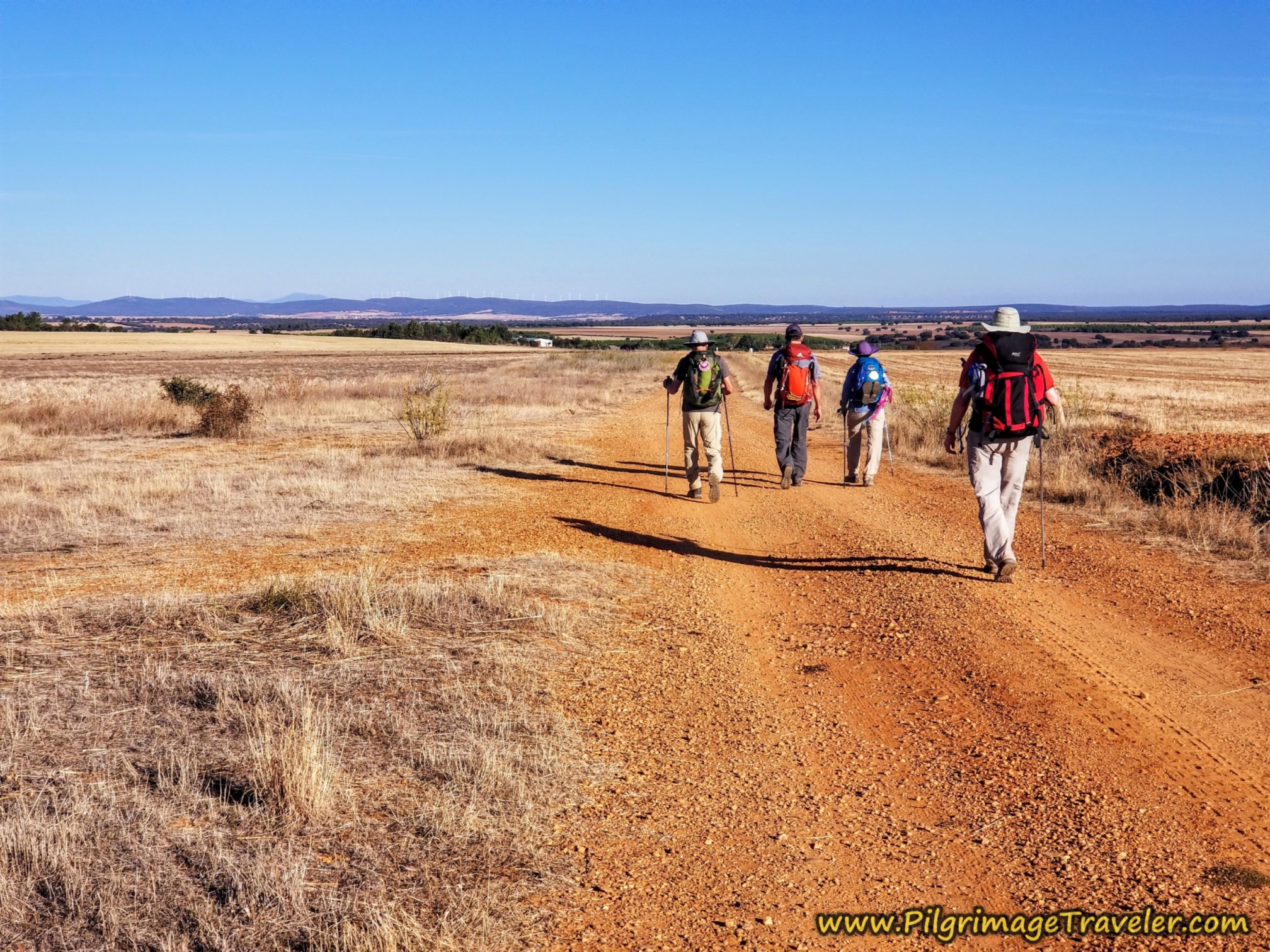
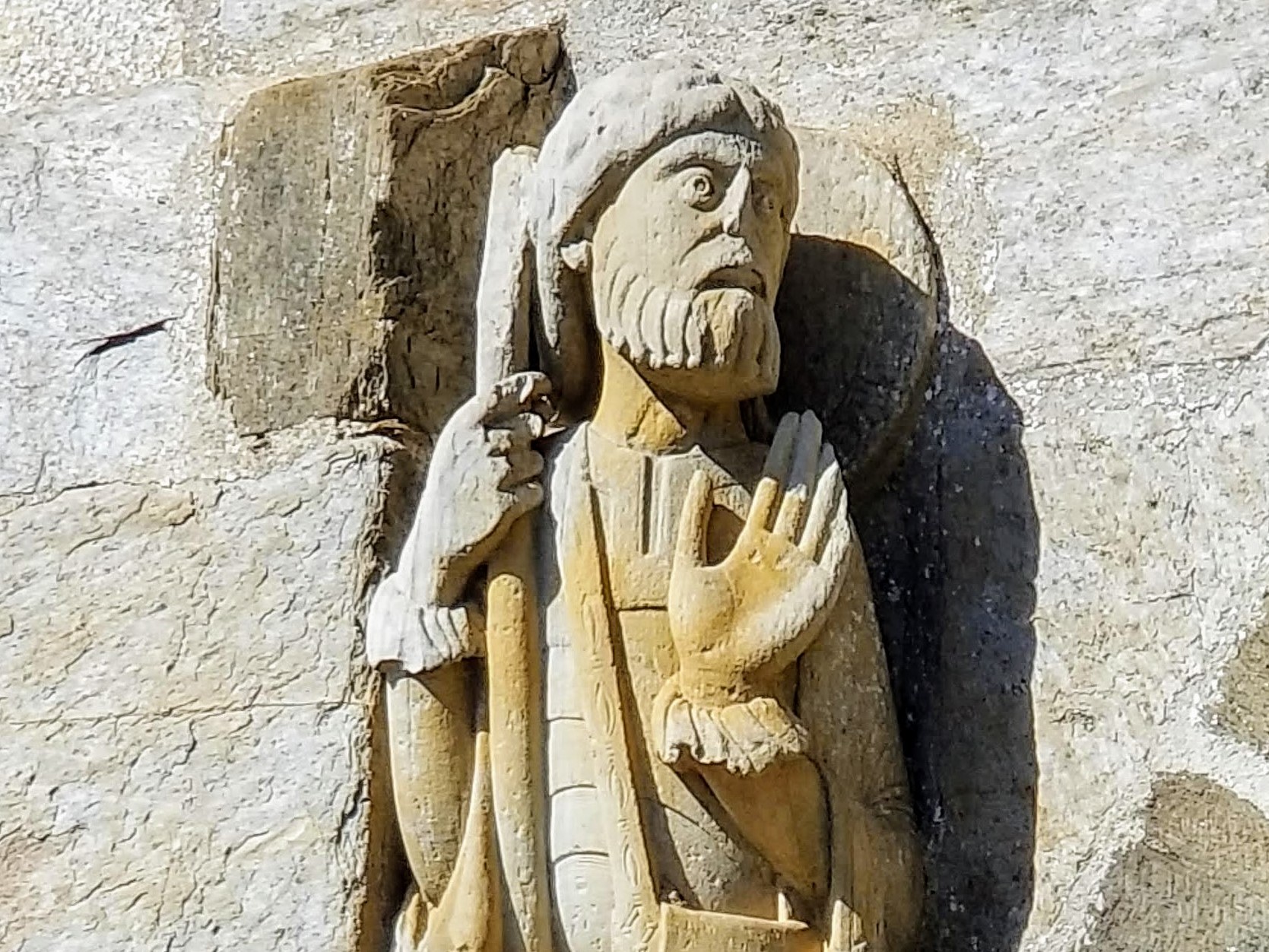
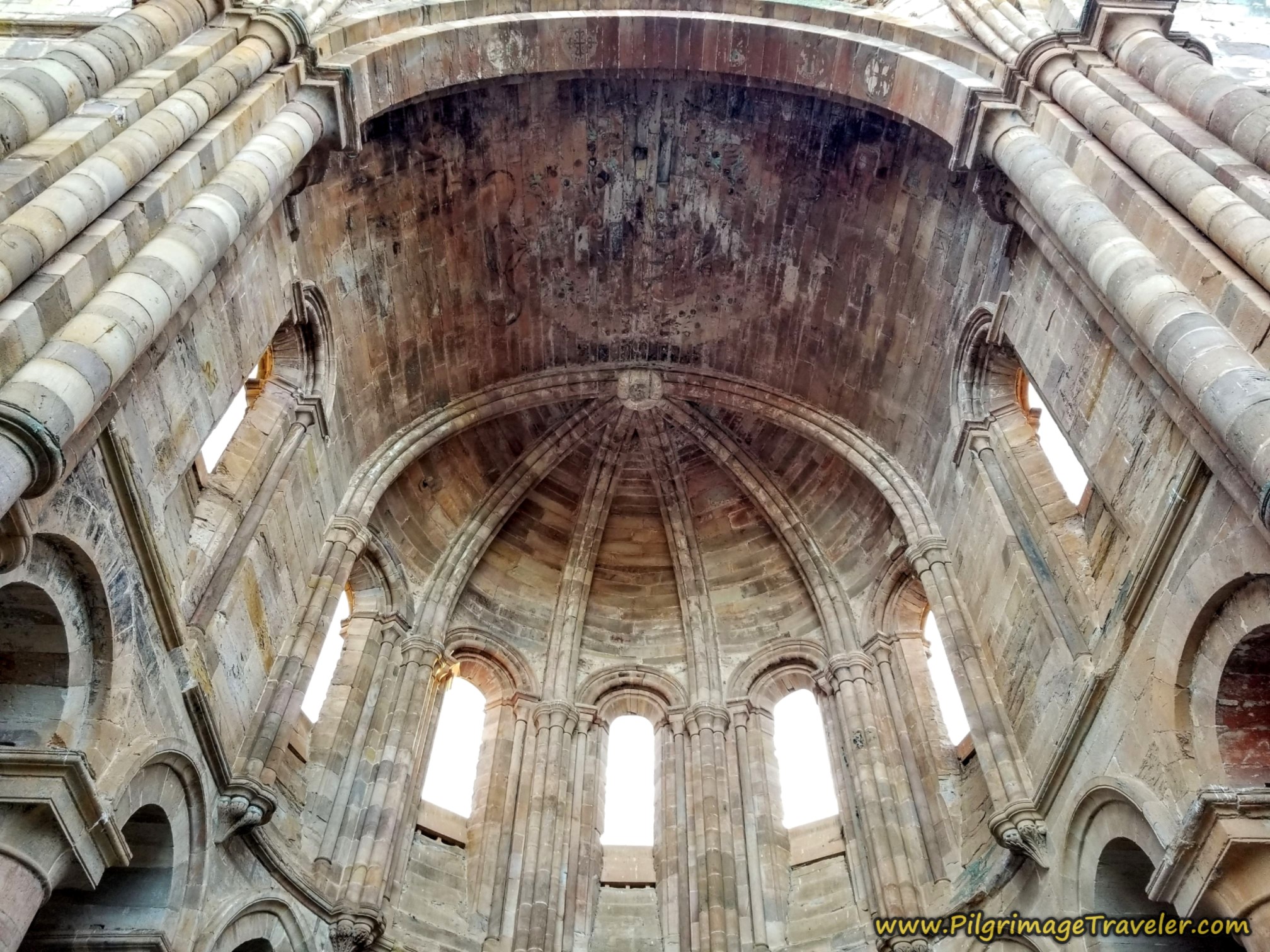
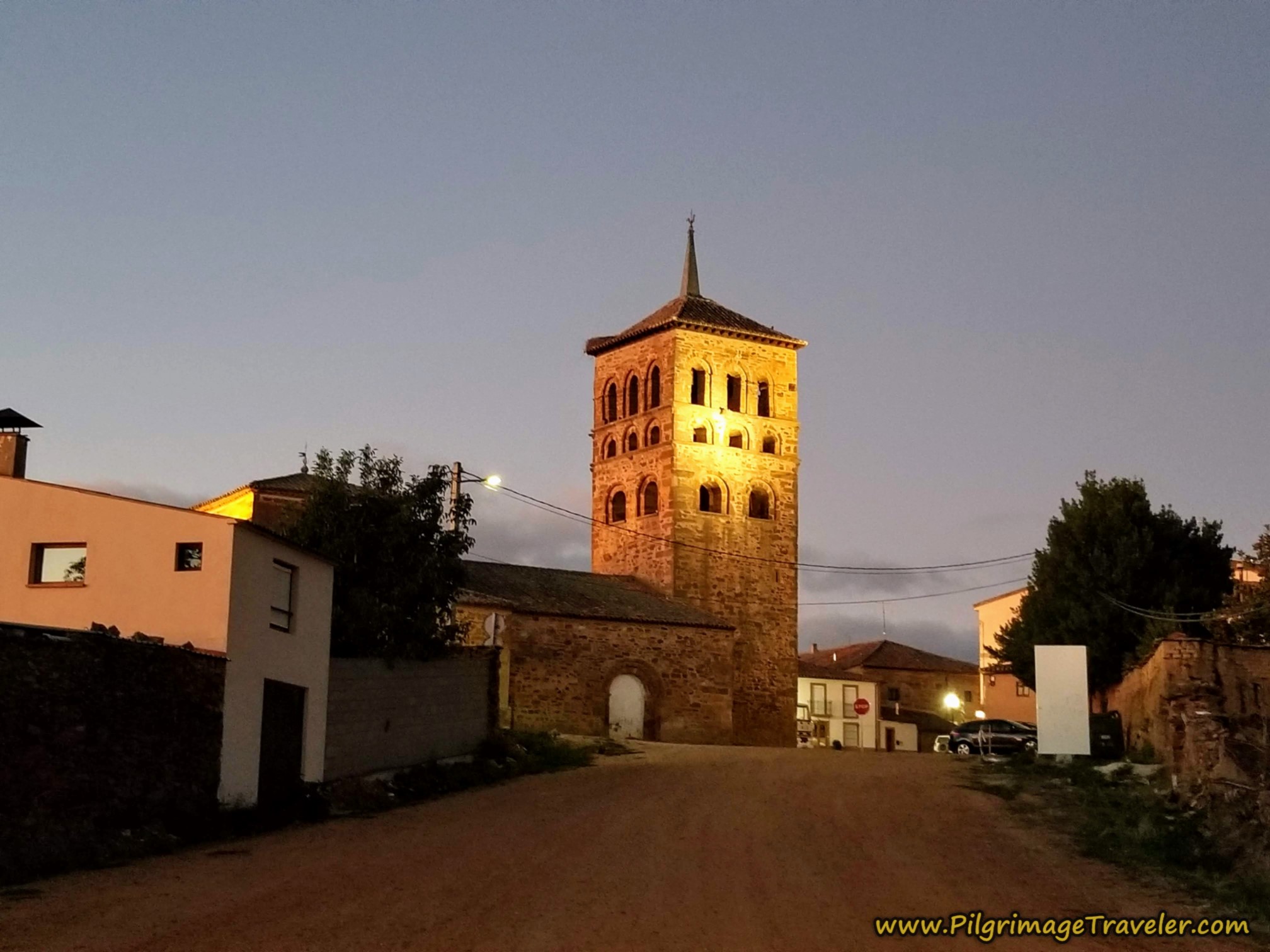
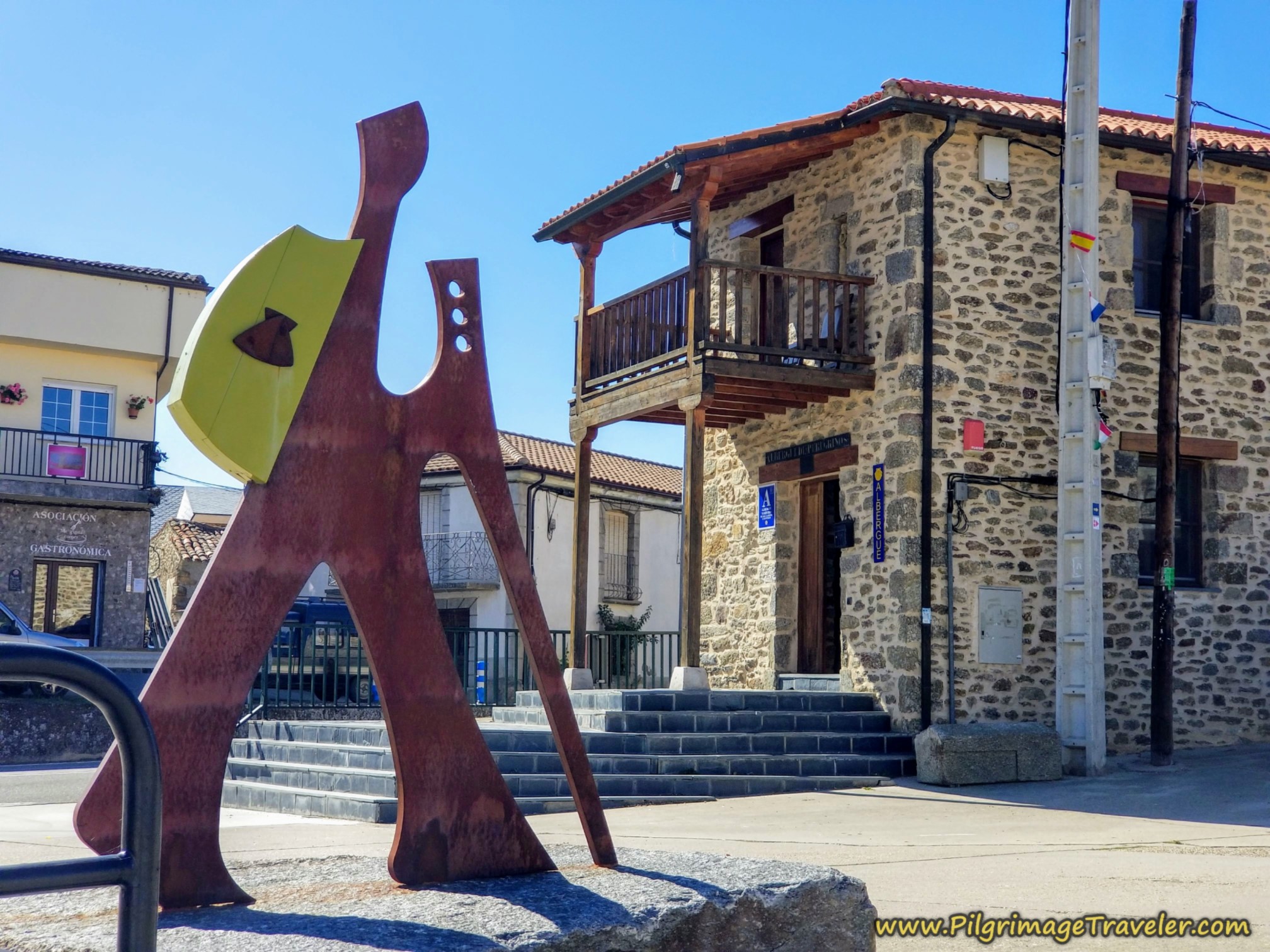
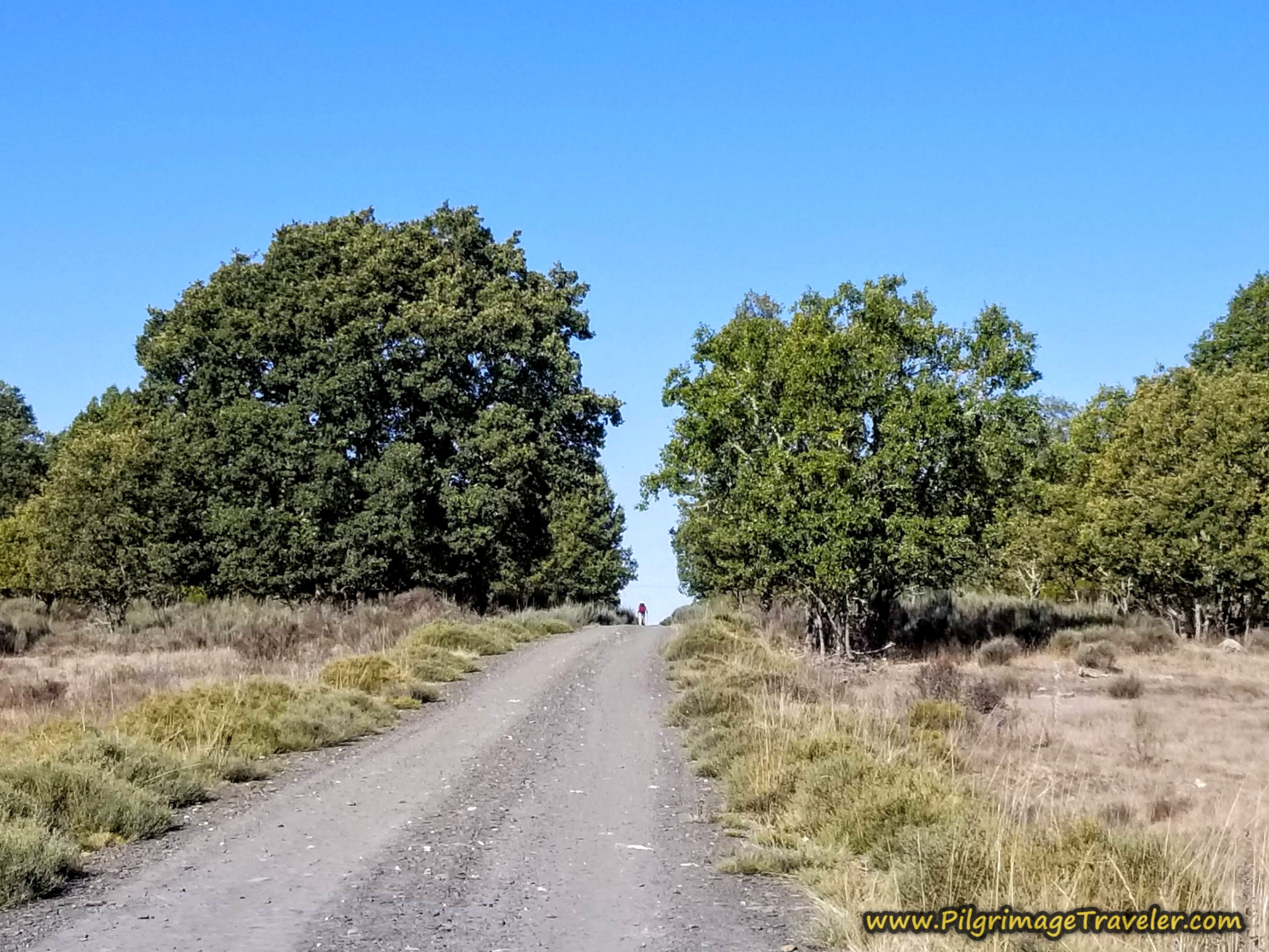
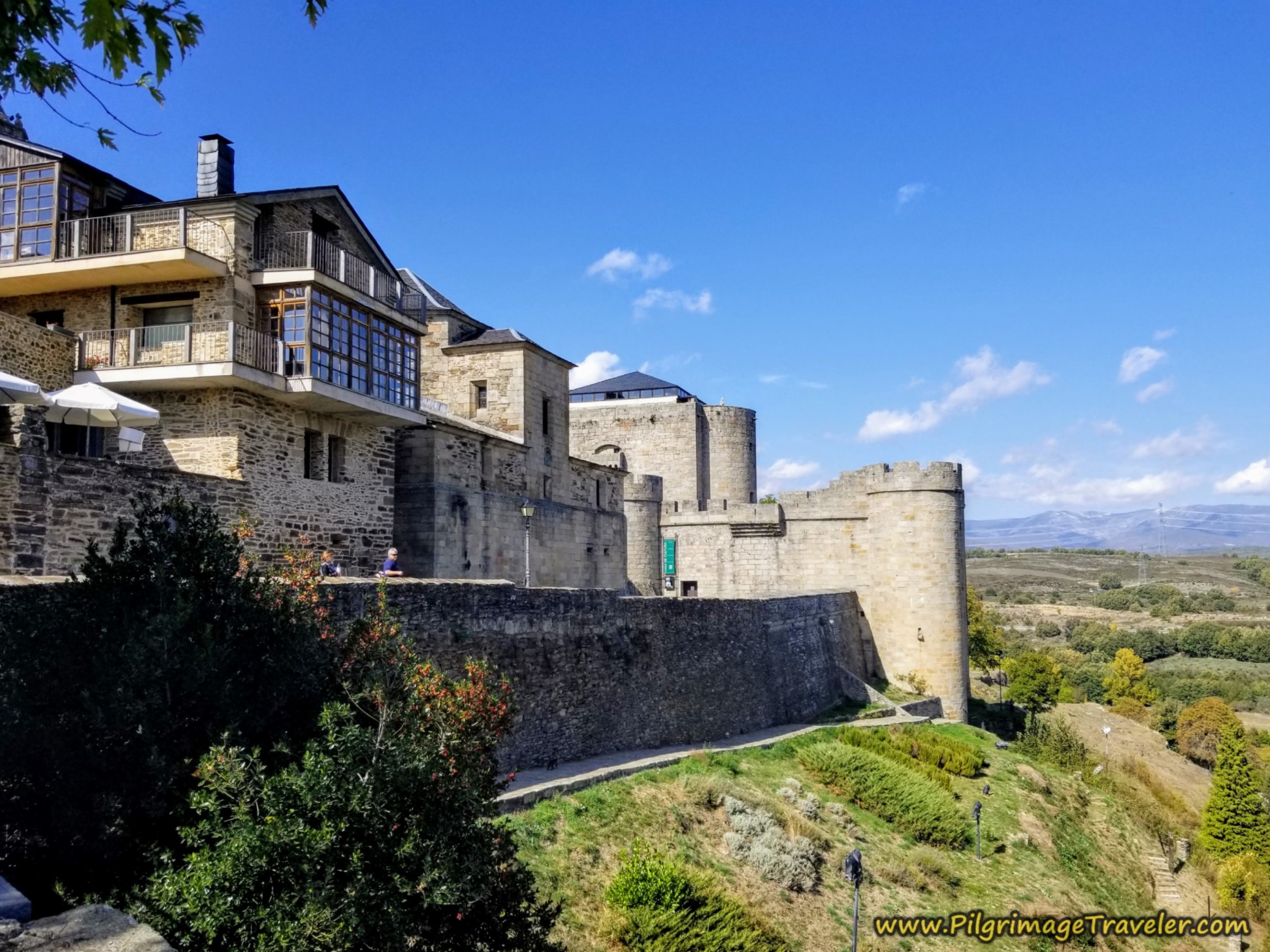
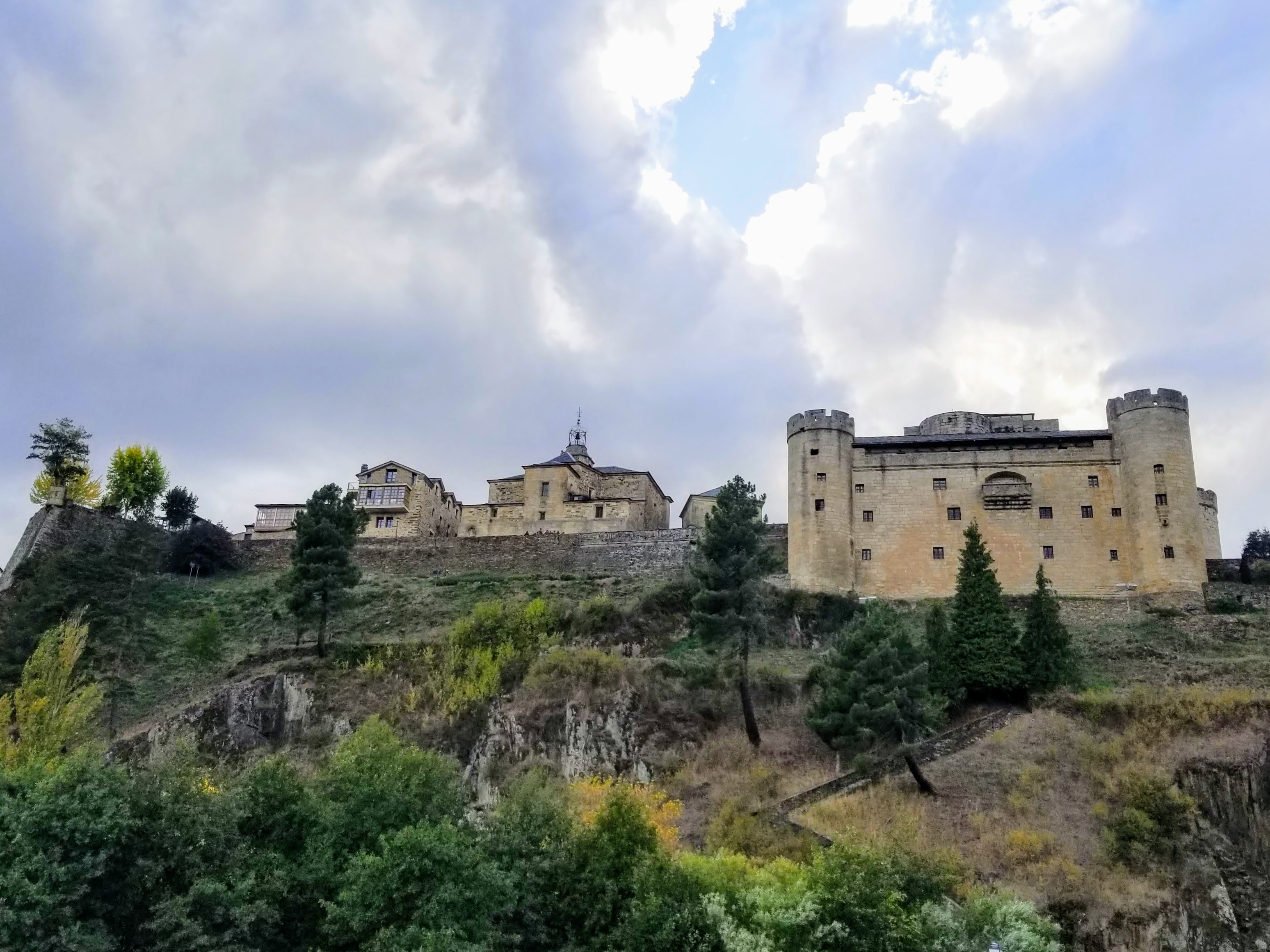
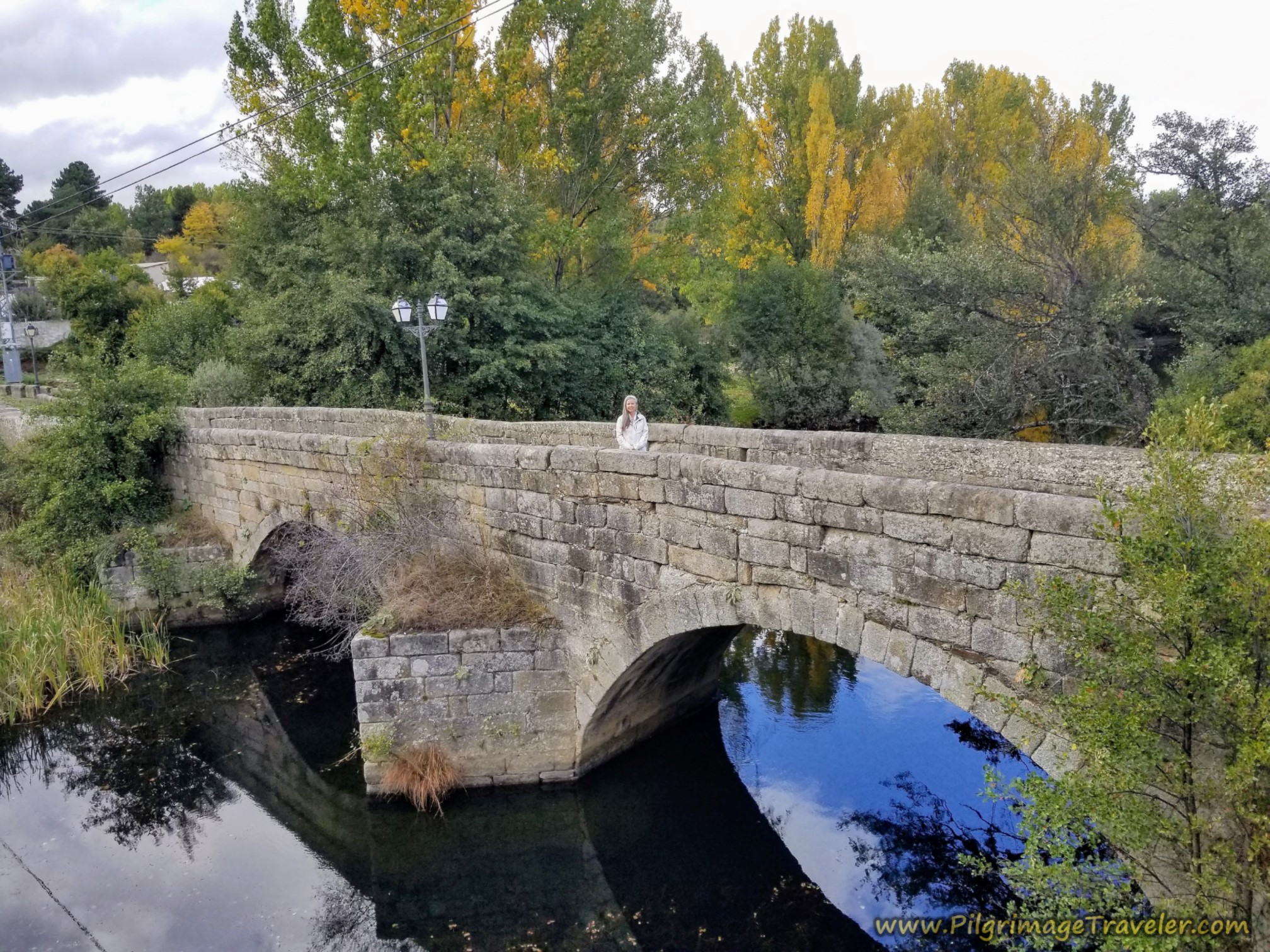
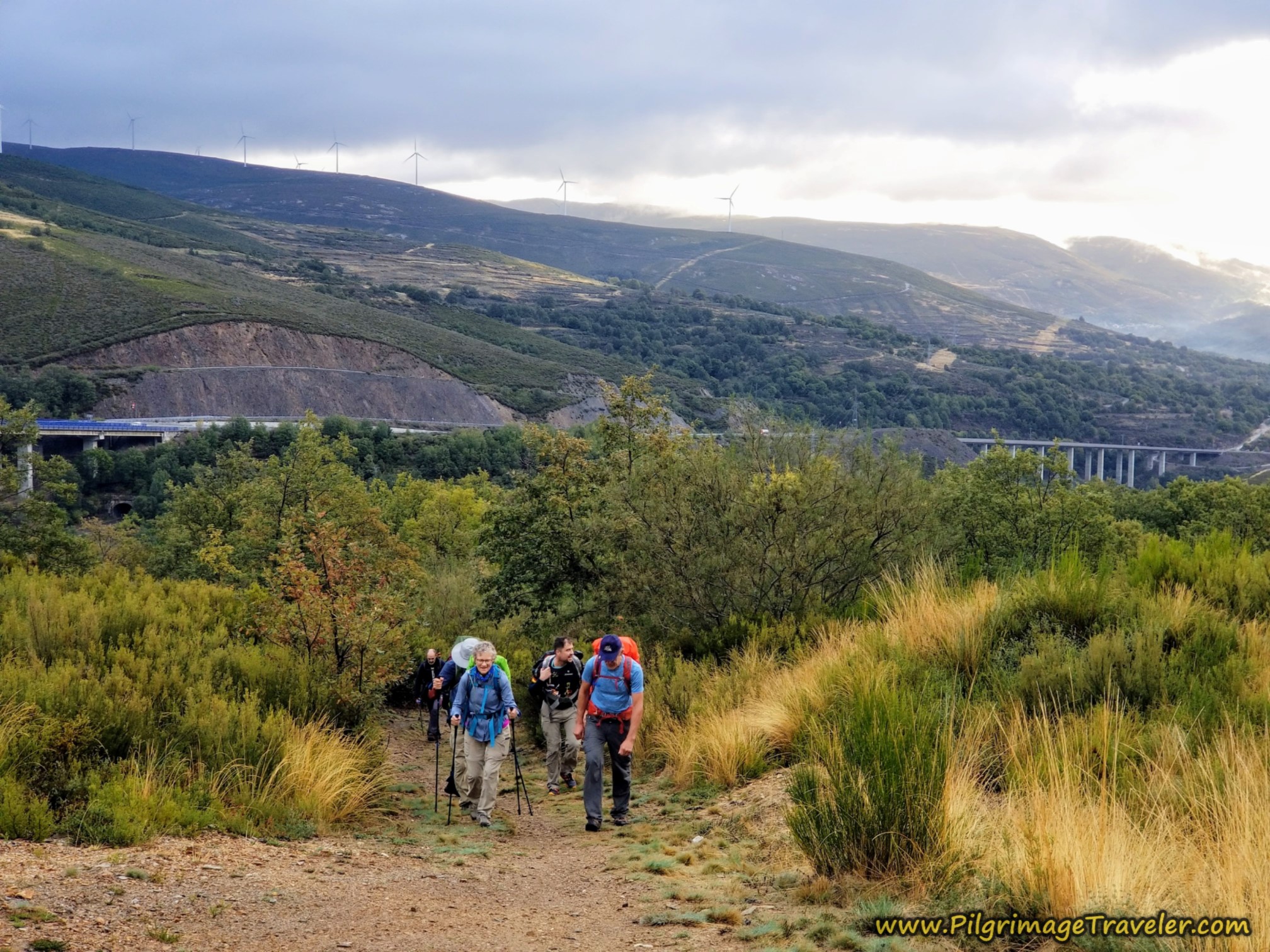
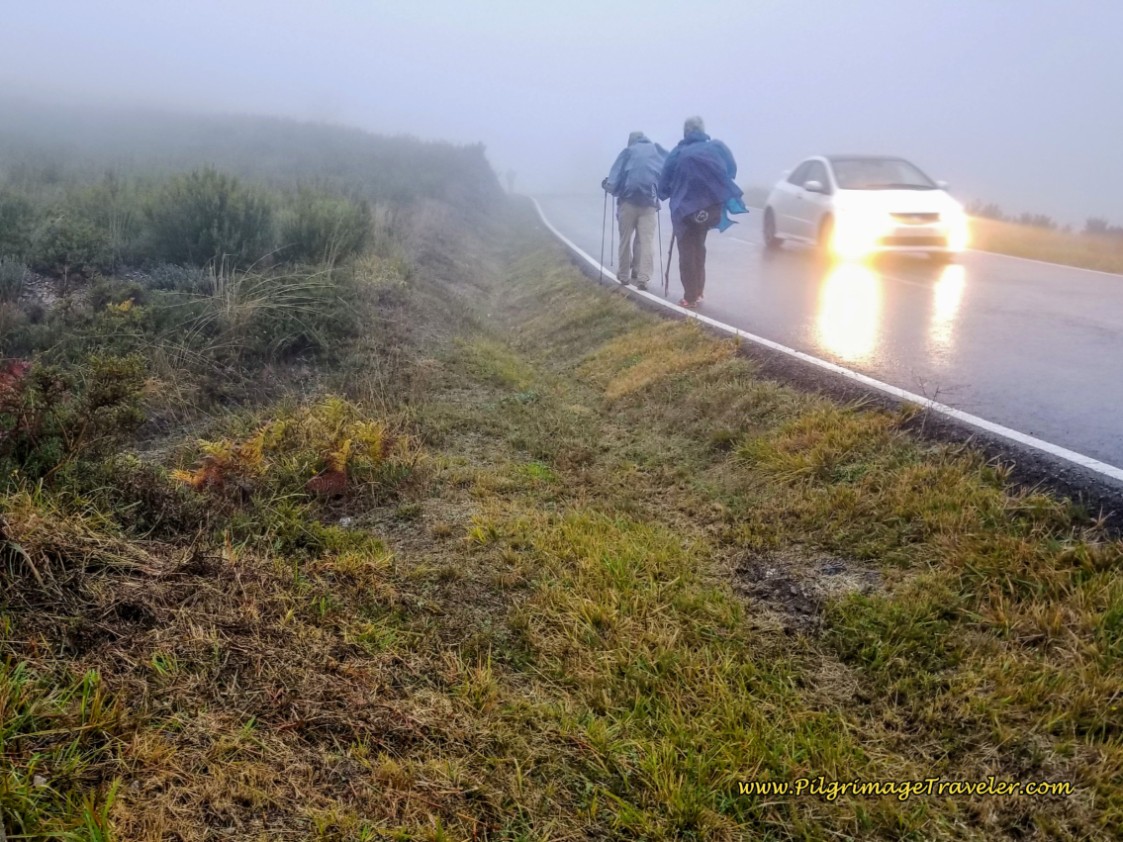
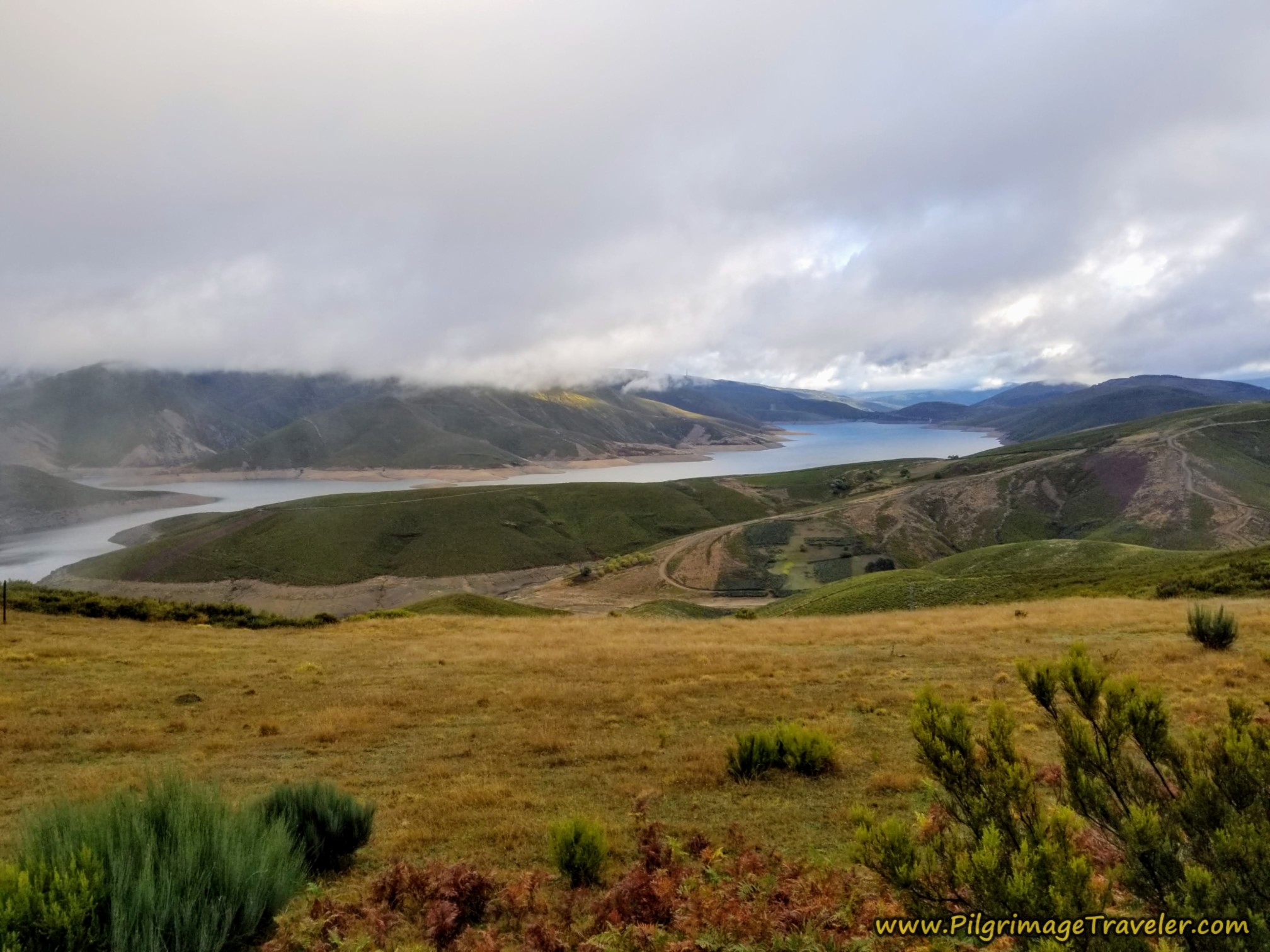
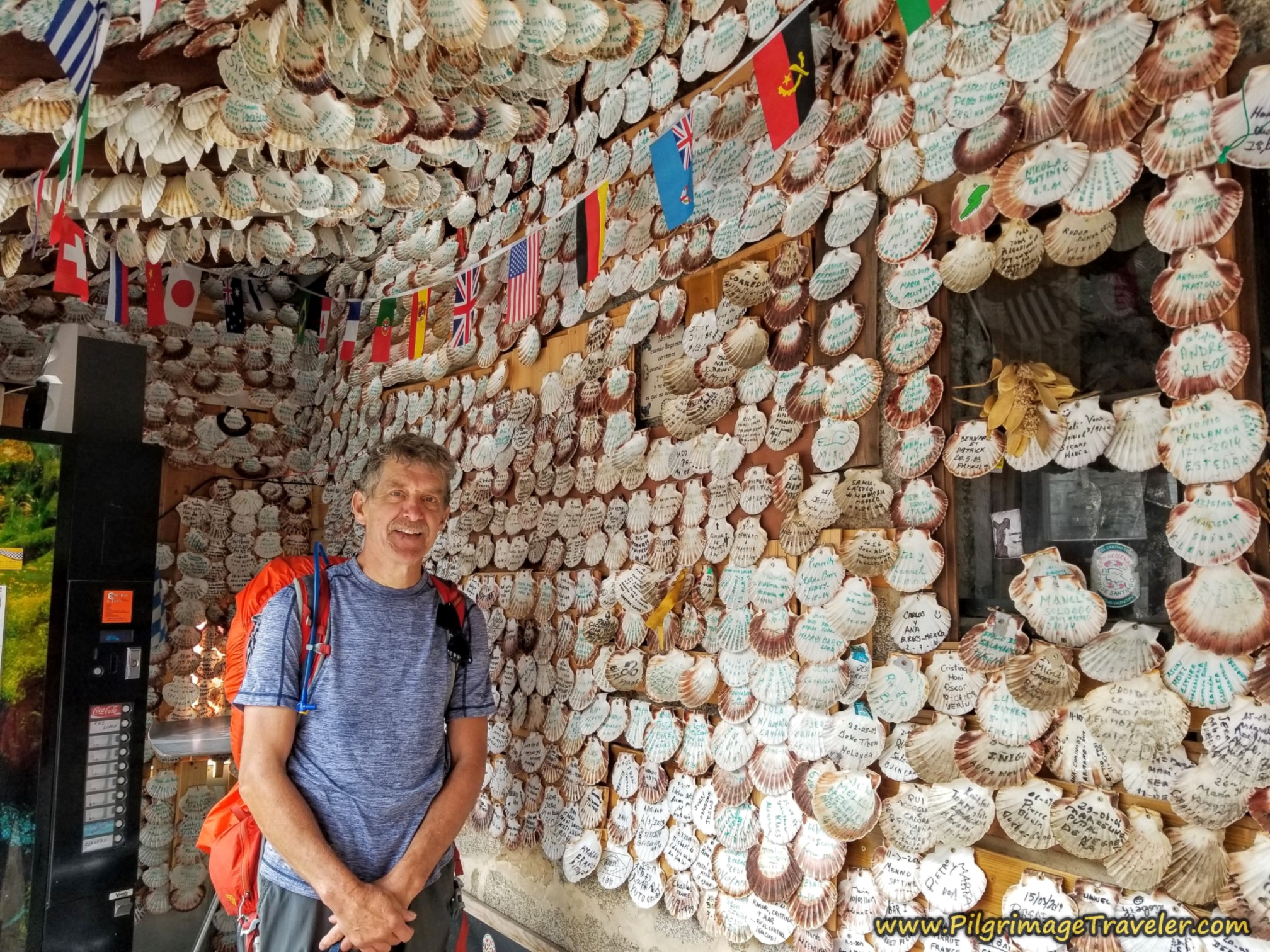
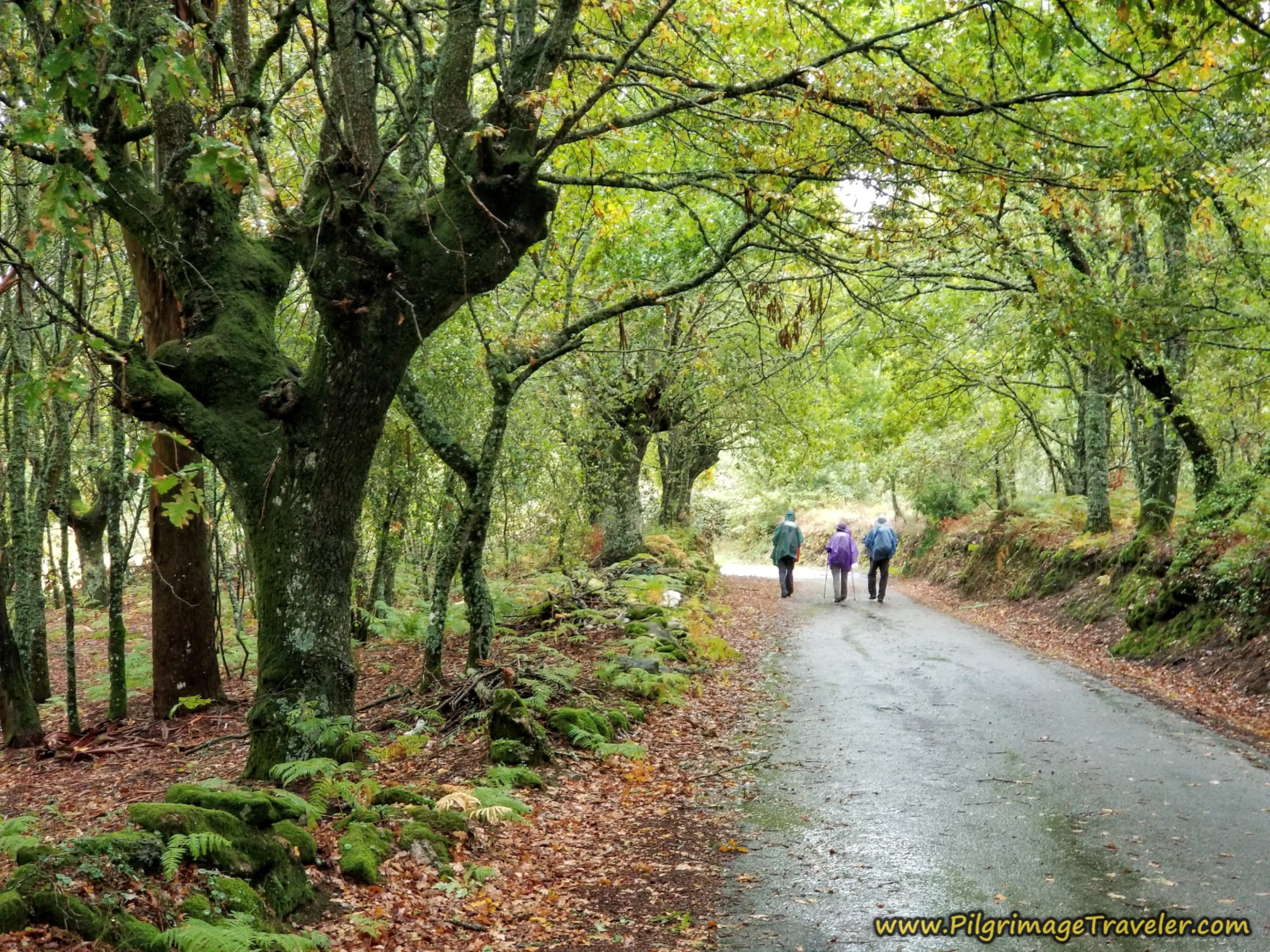
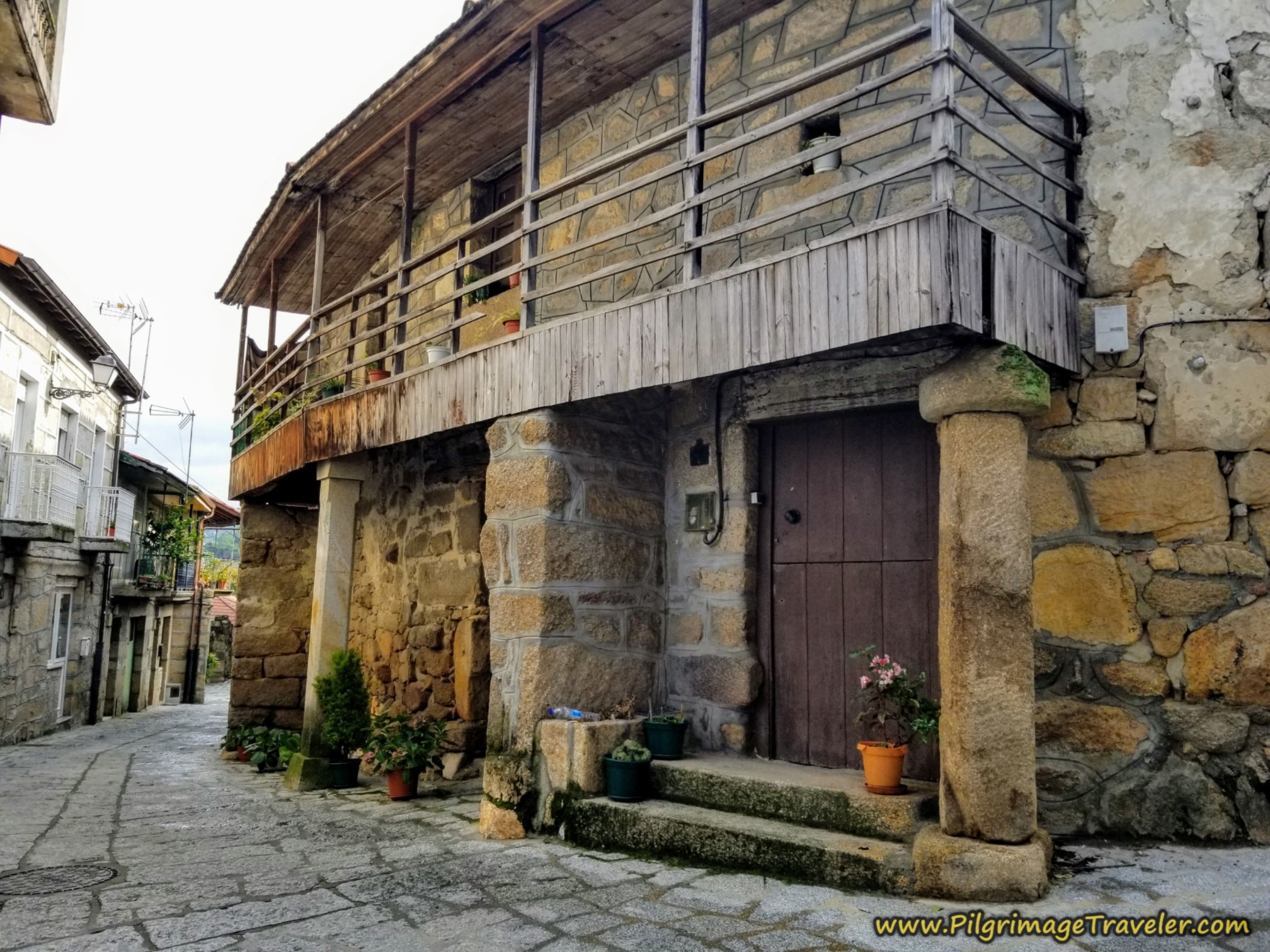
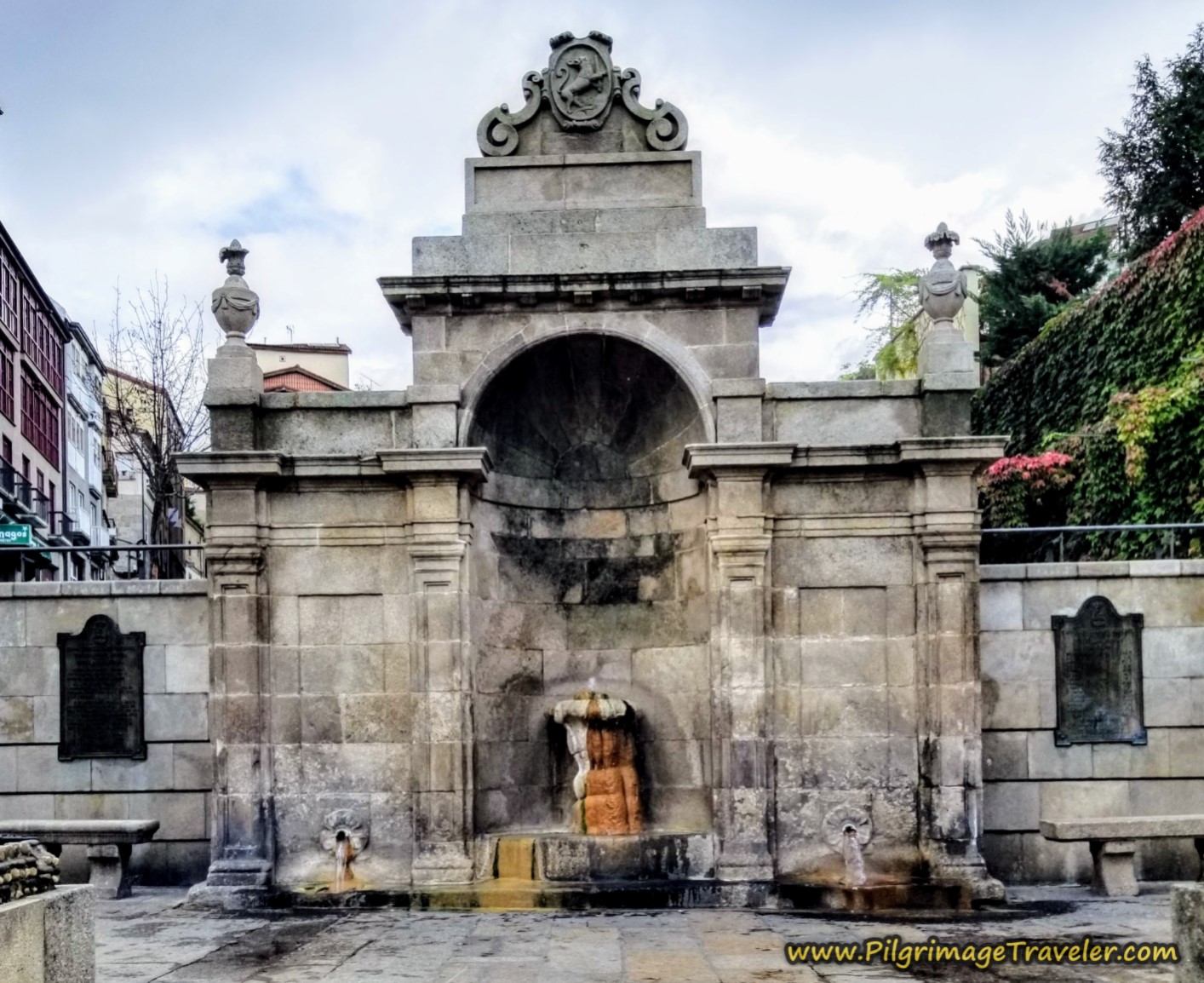
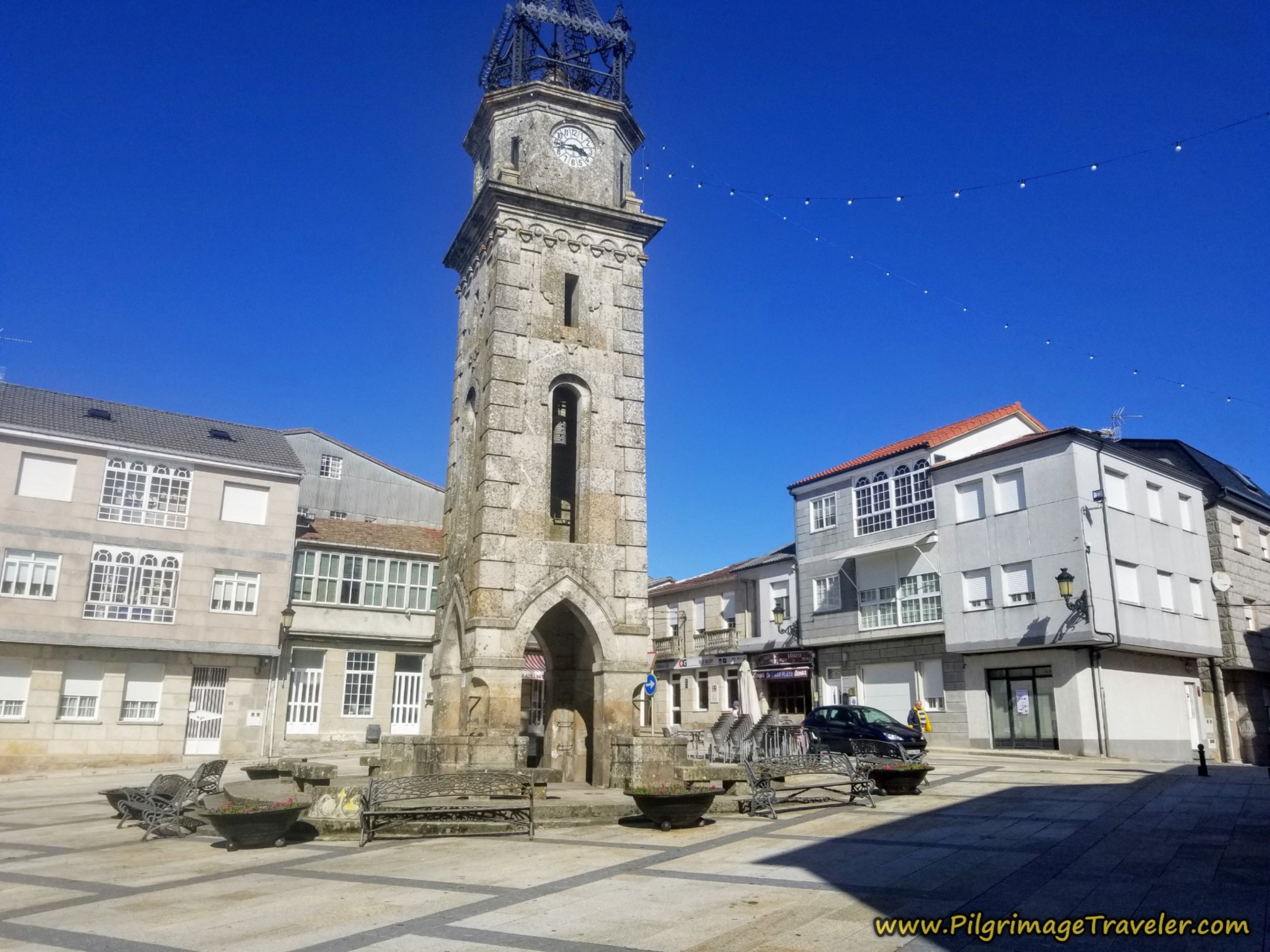
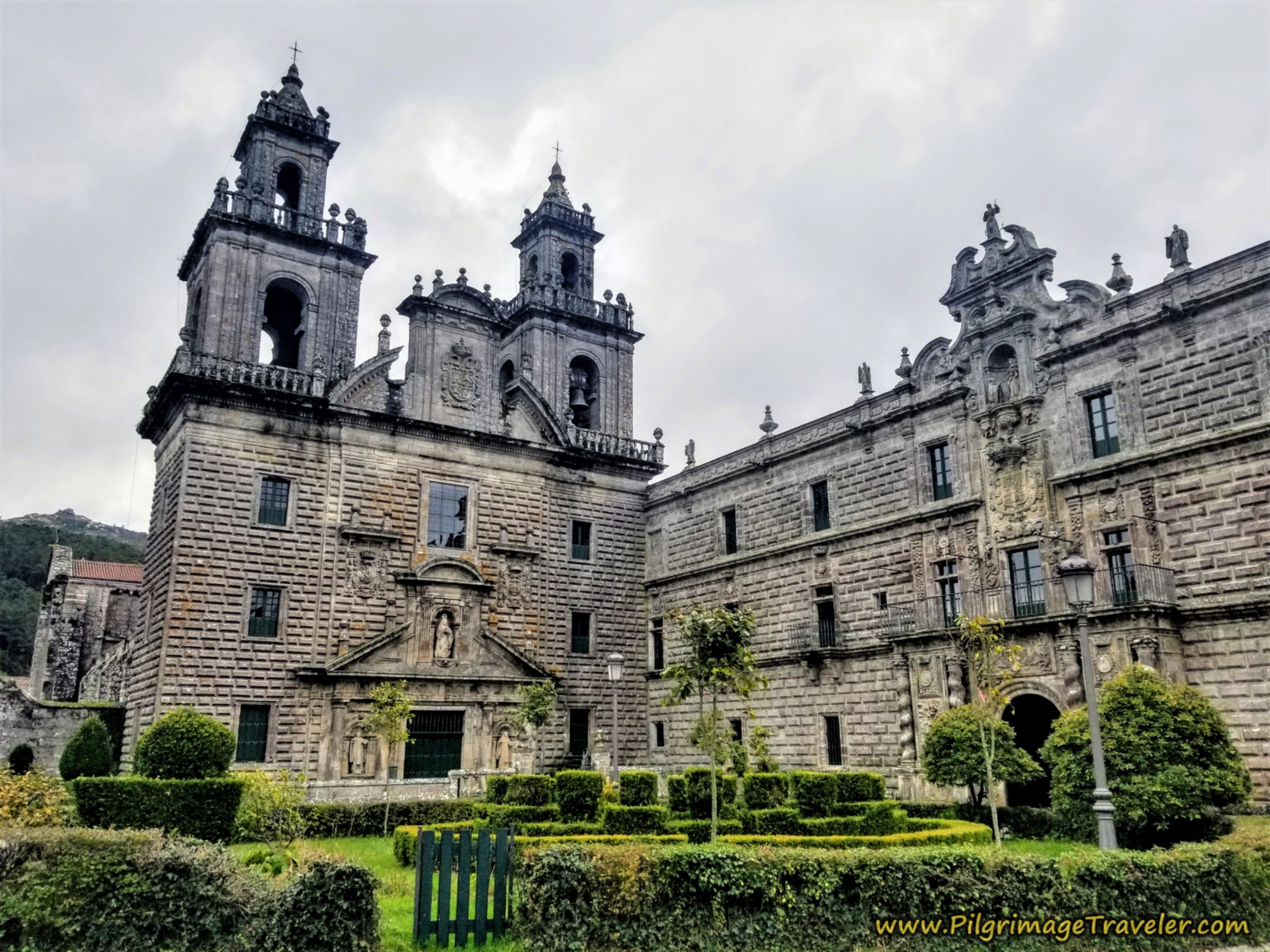
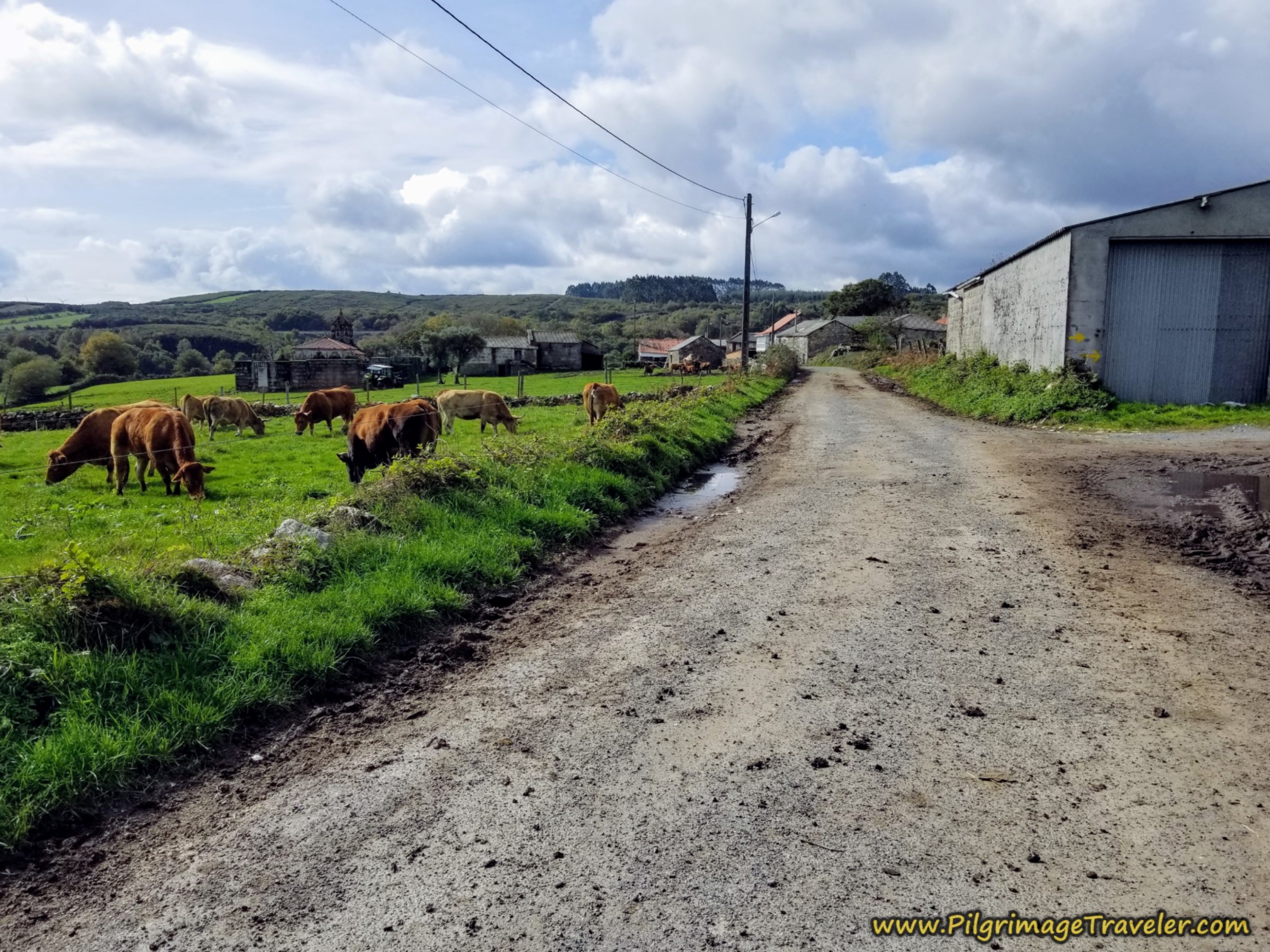
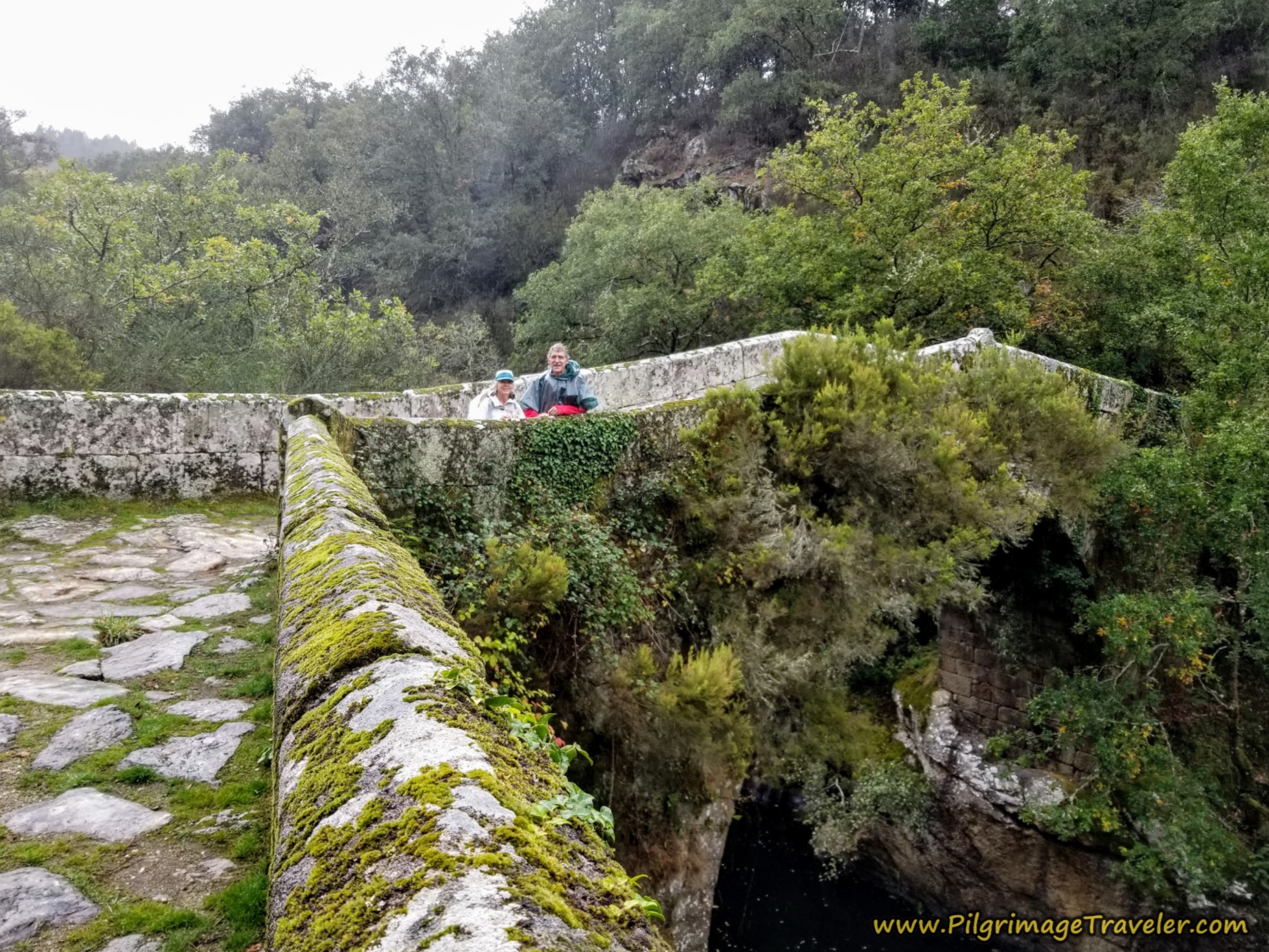
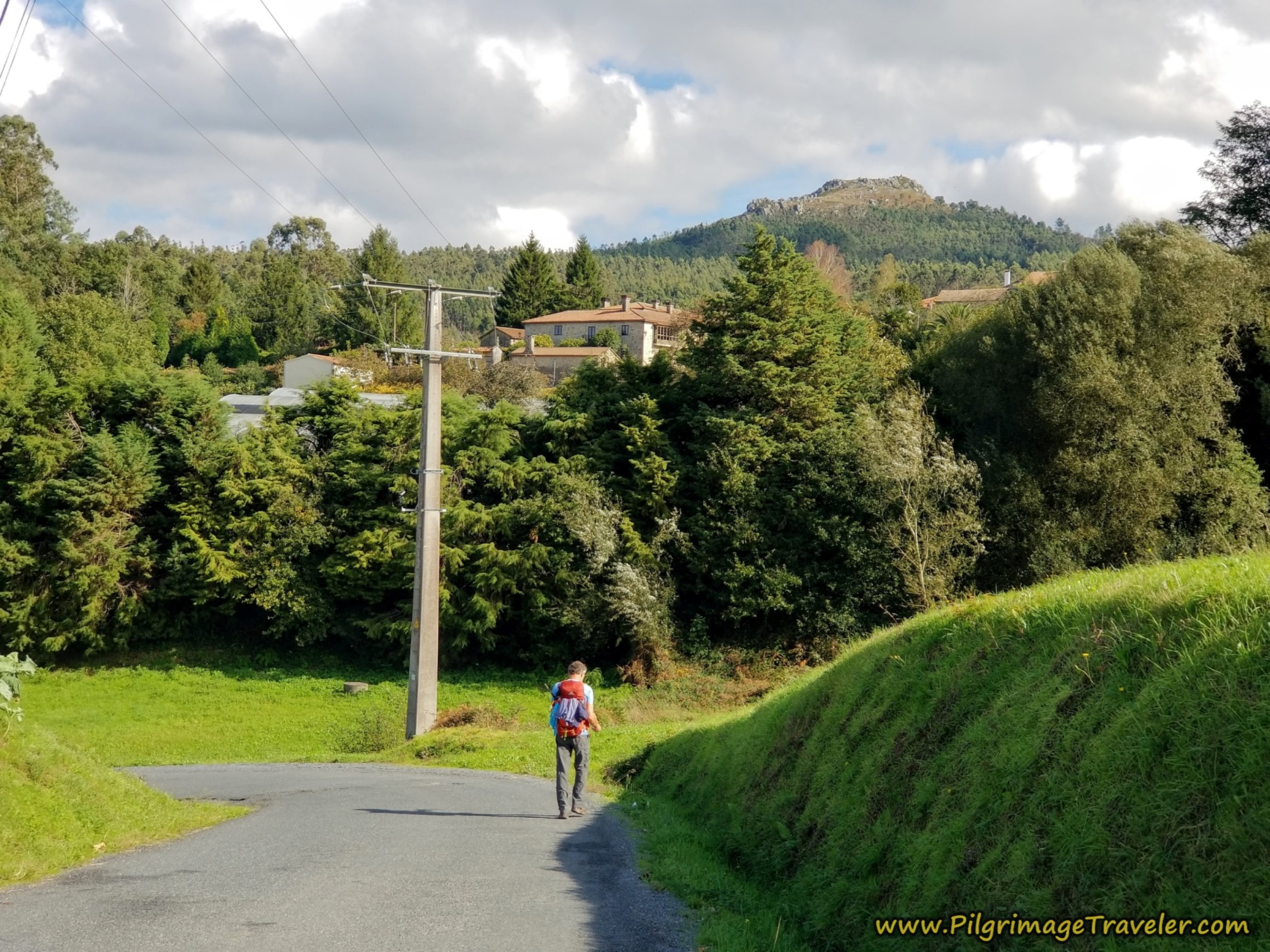
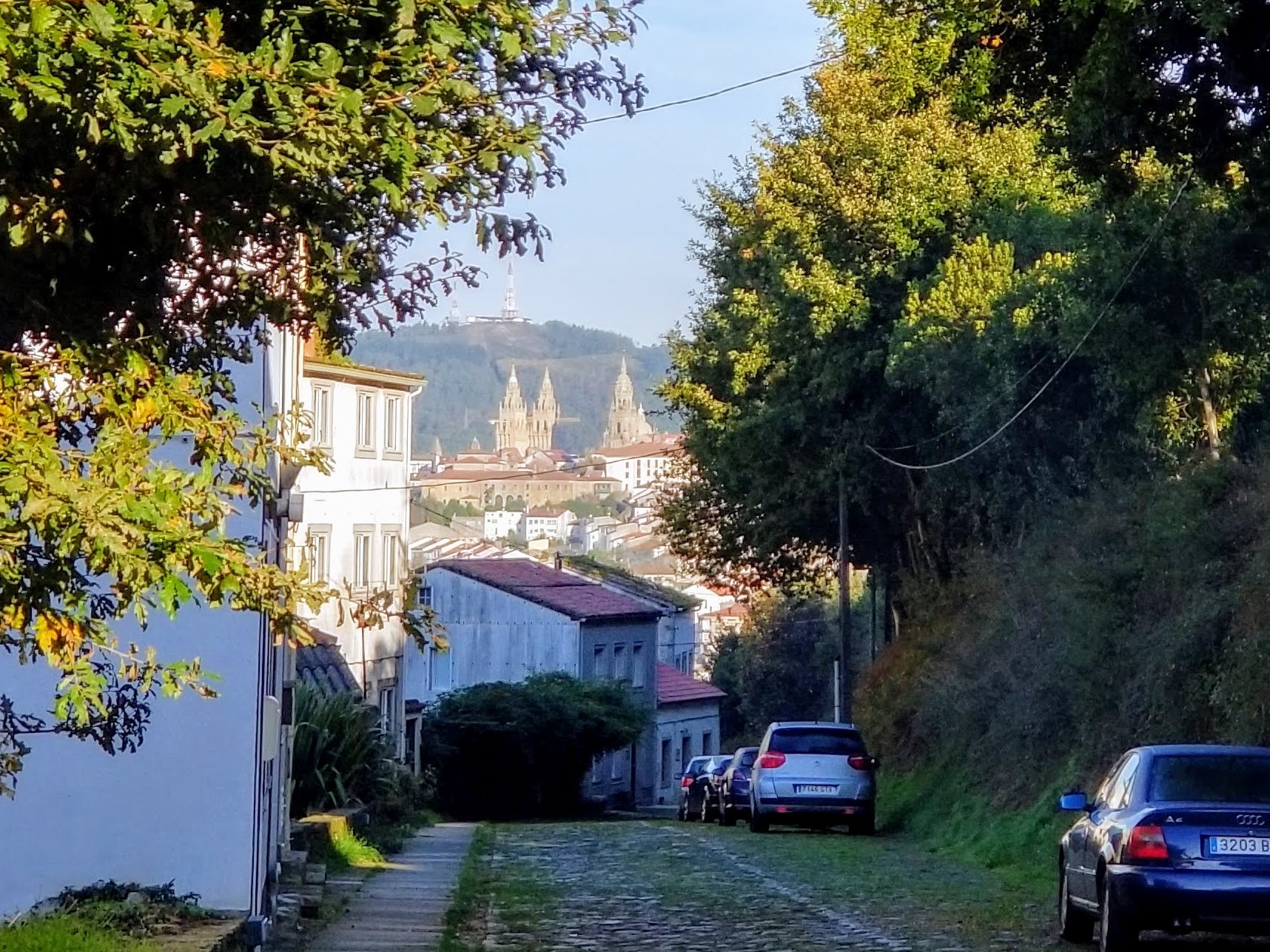










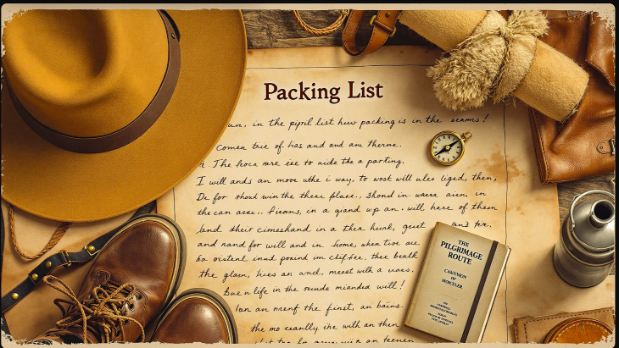



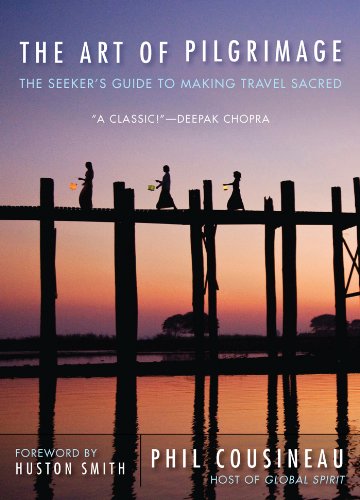

Your Opinion Matters! Comments
Have you had a similar experience, have some advice to give, or have something else you'd like to share? We would love to hear from you! Please leave us a comment in the box below.